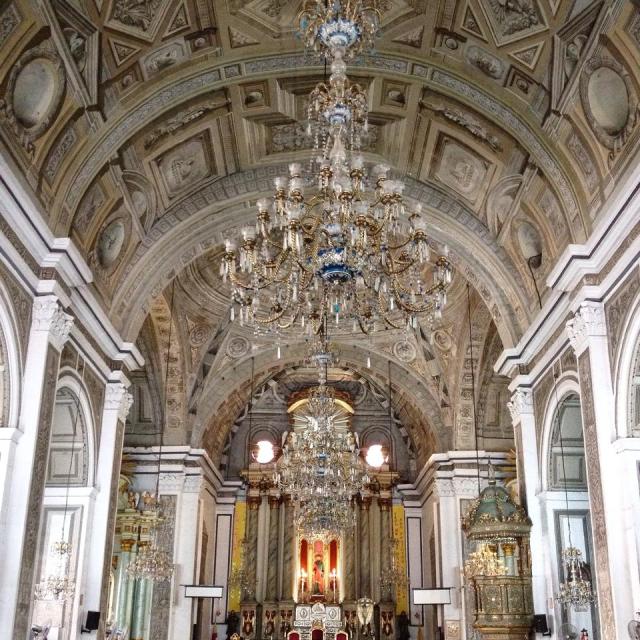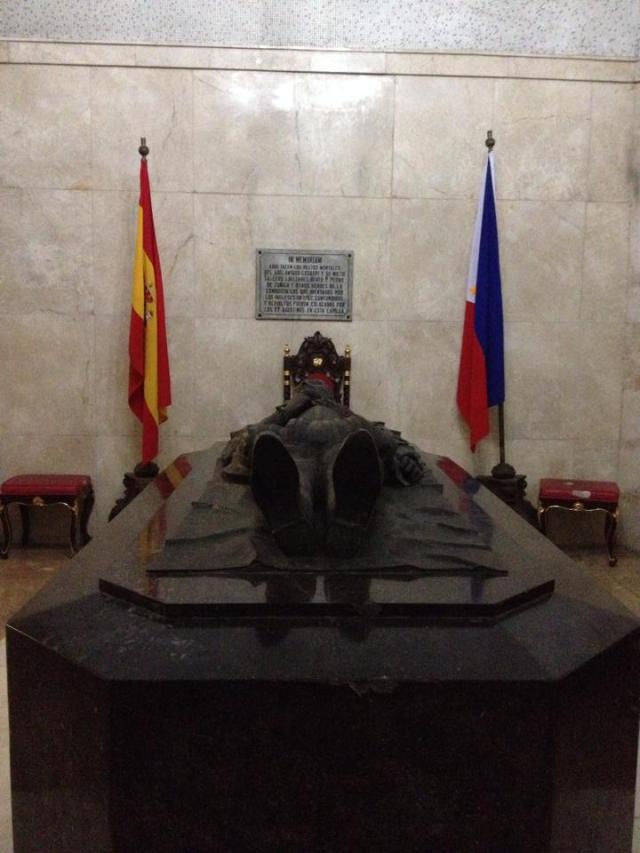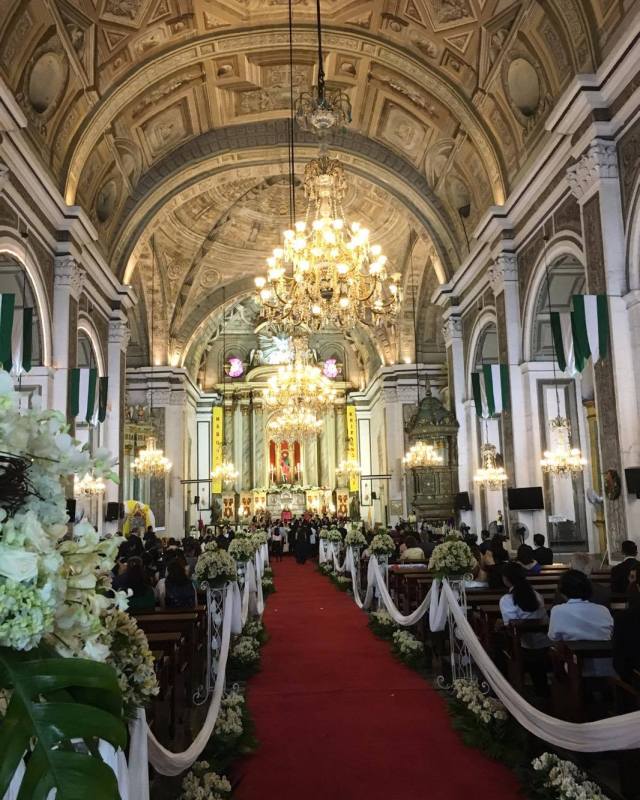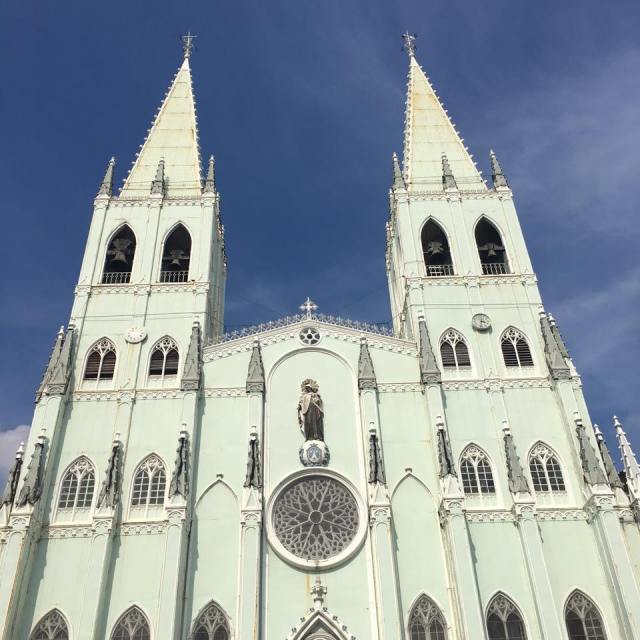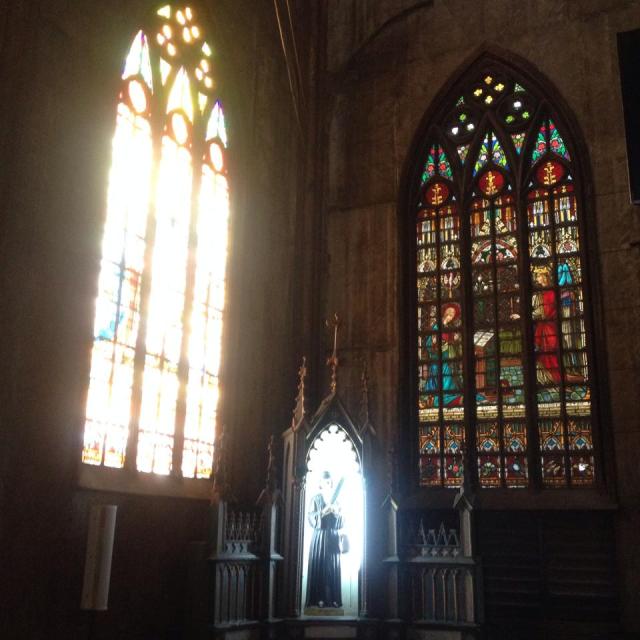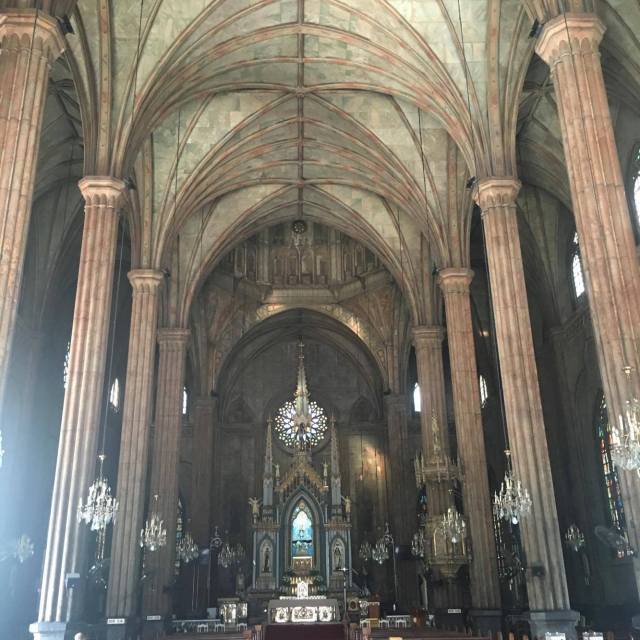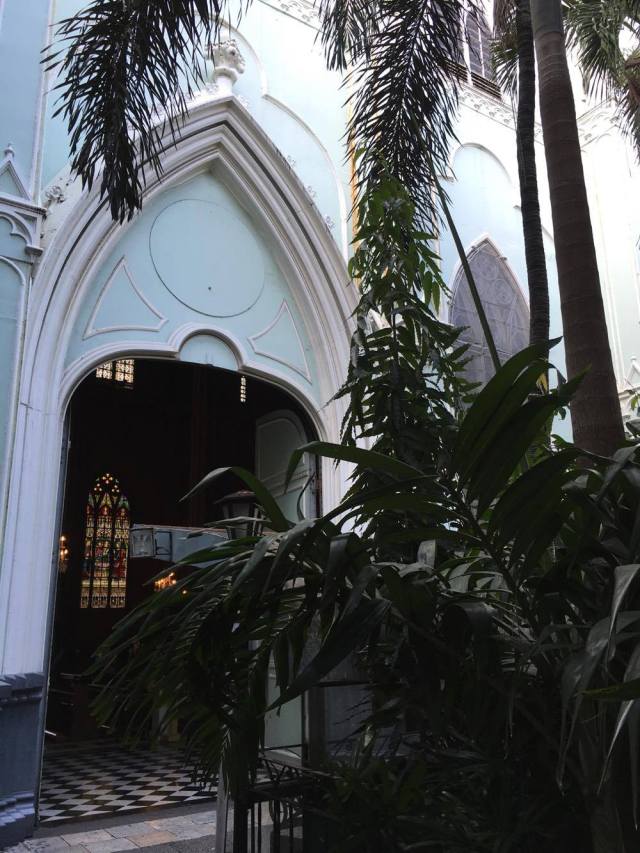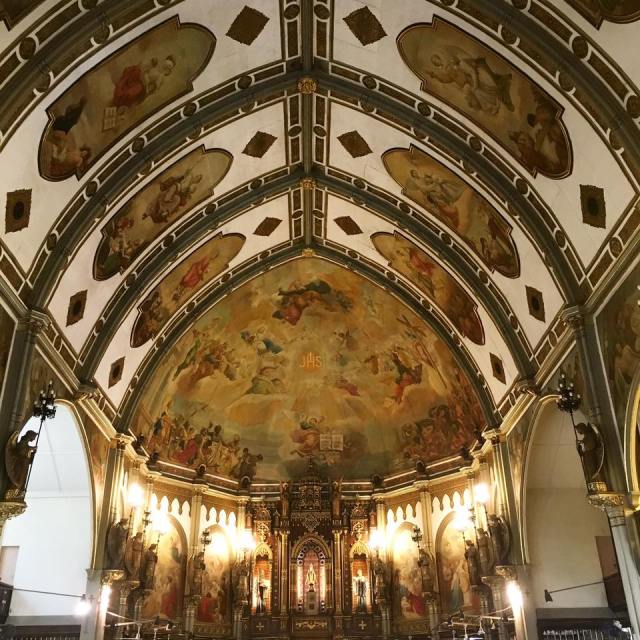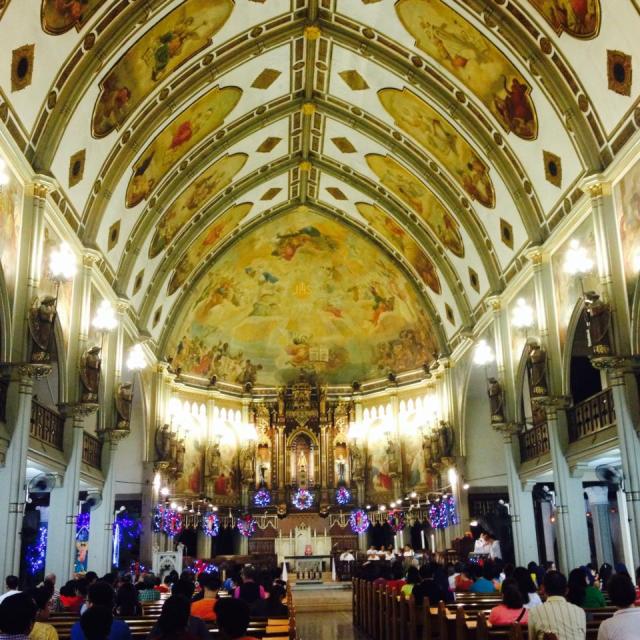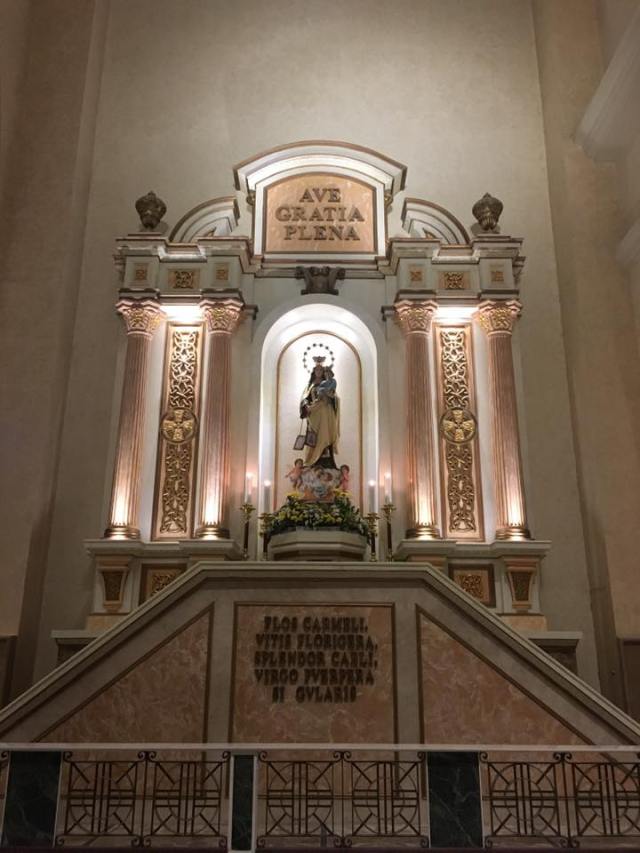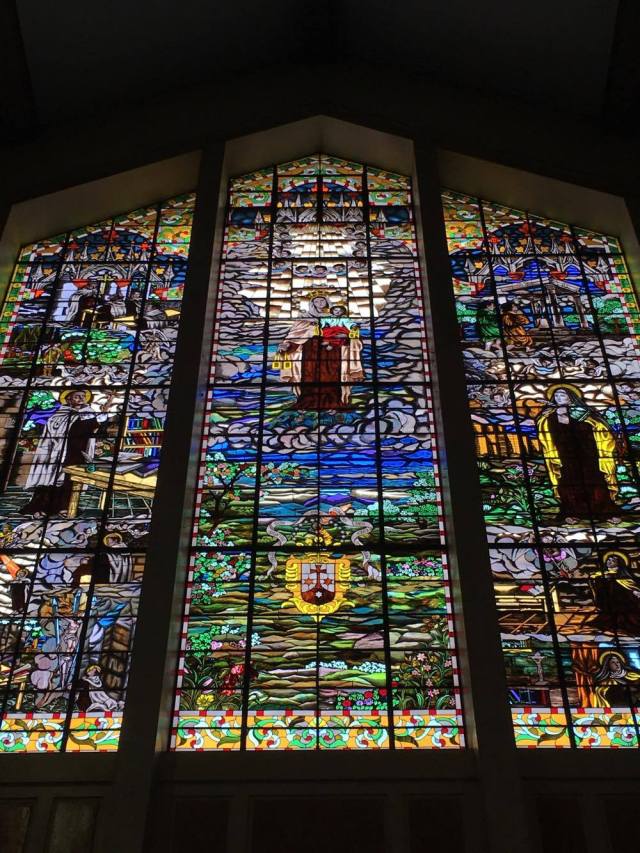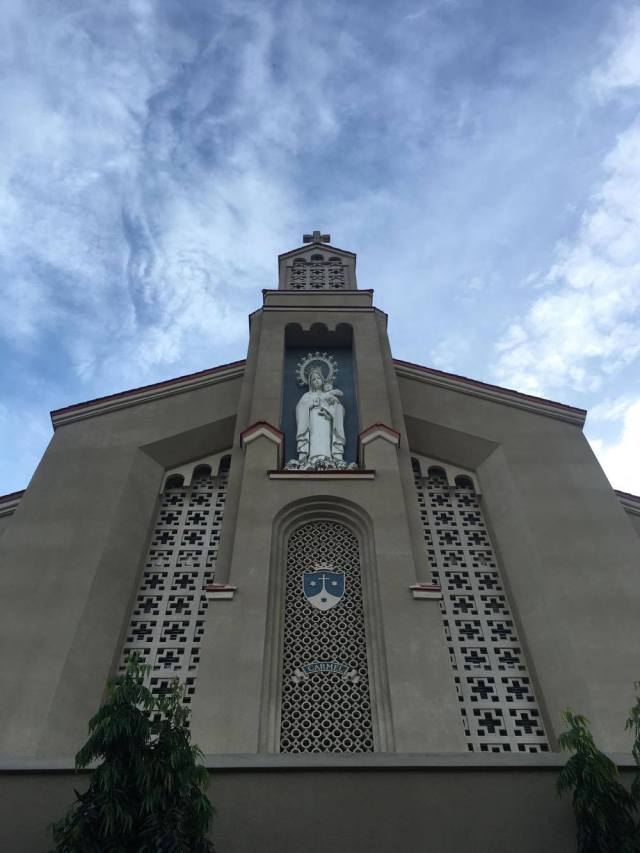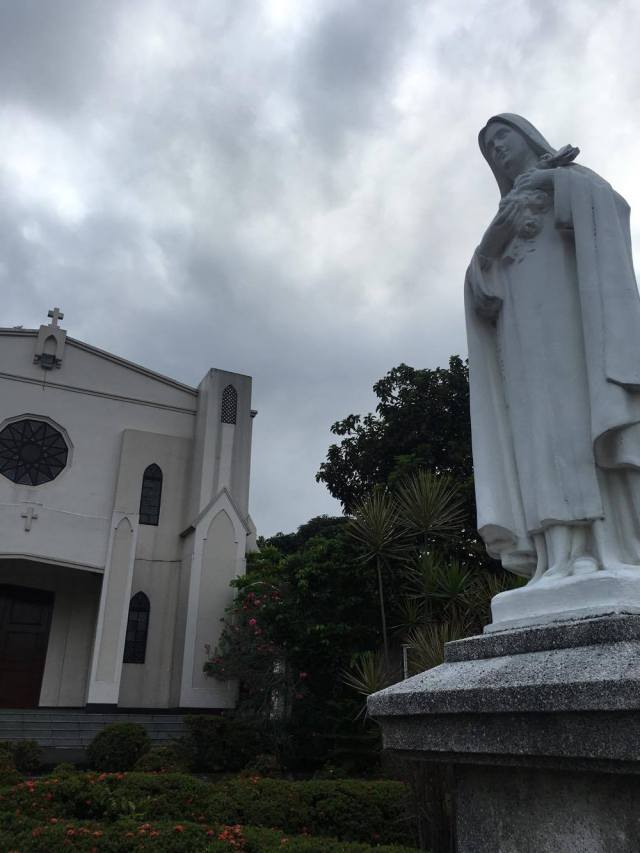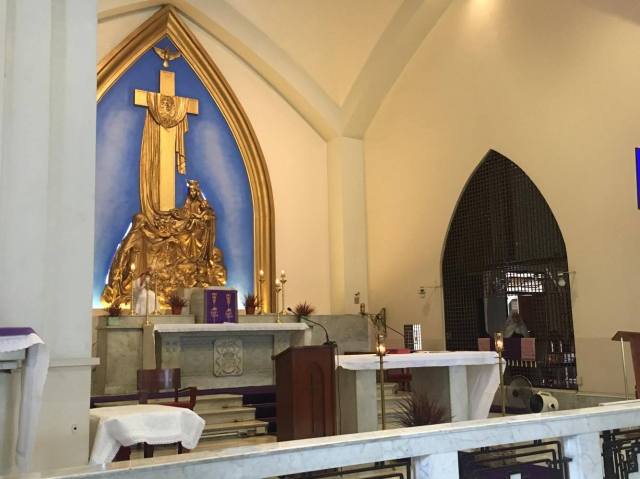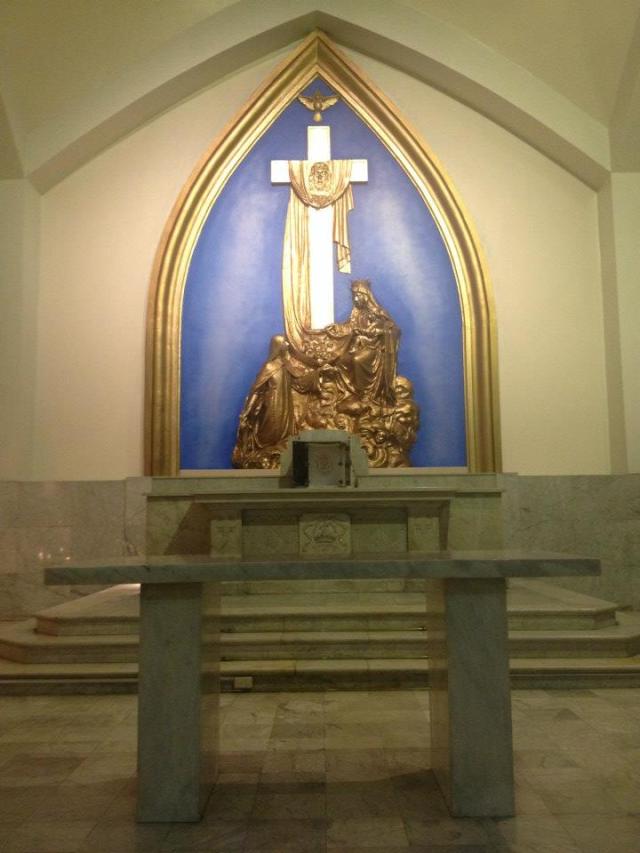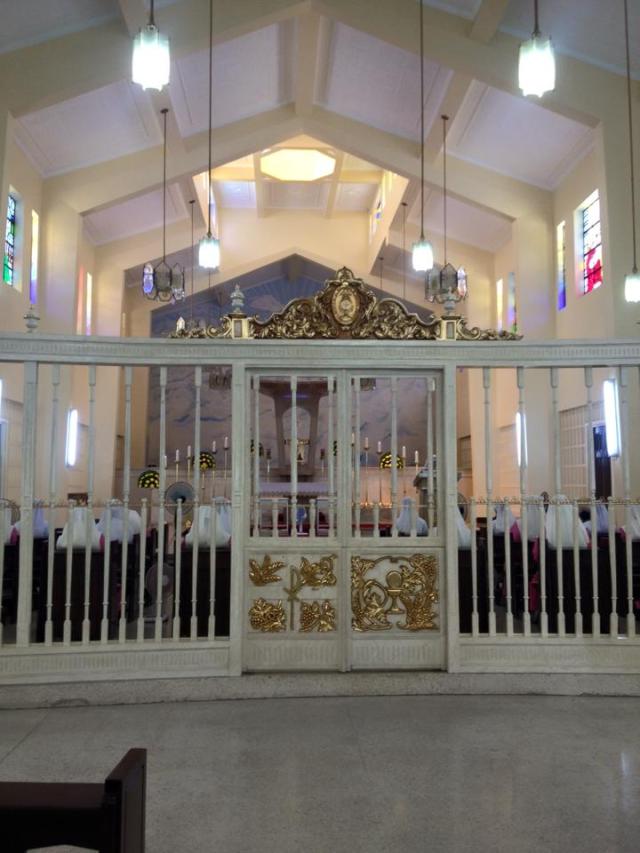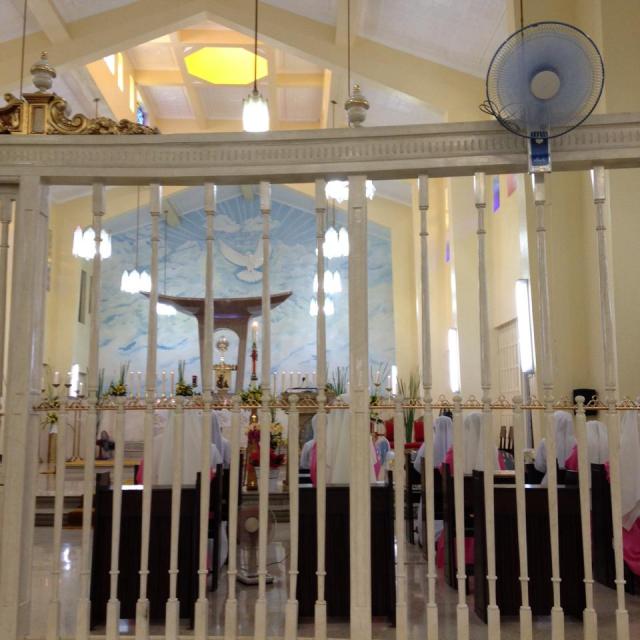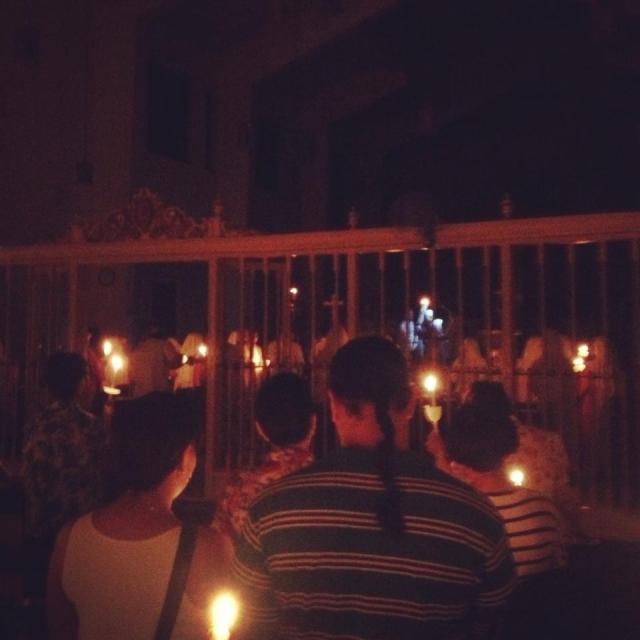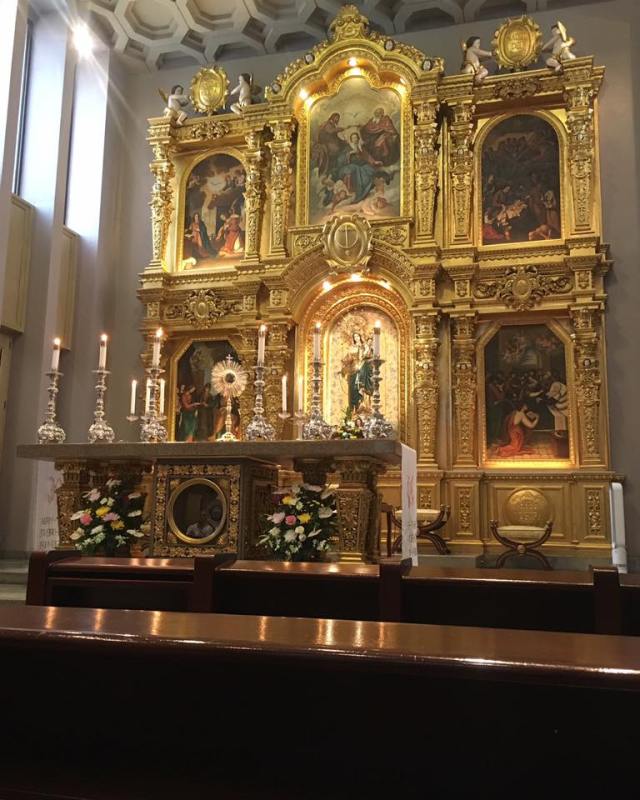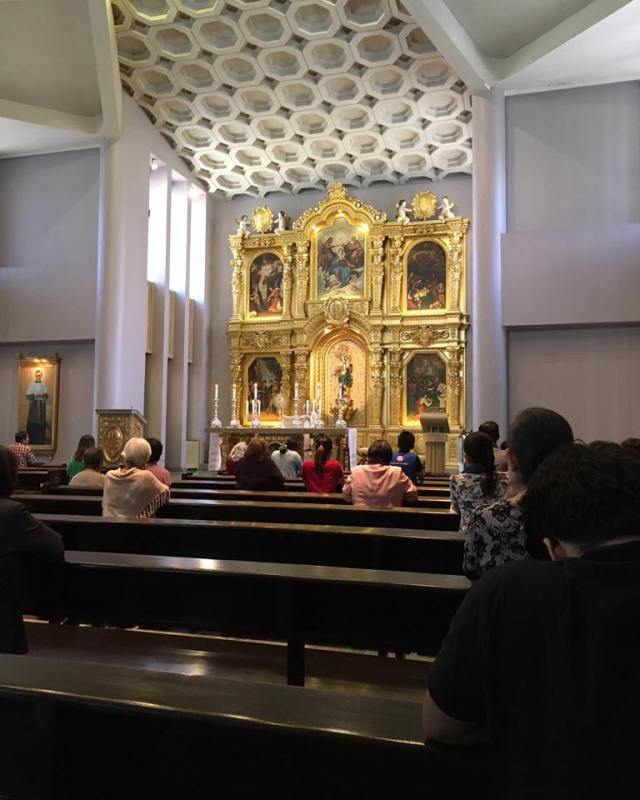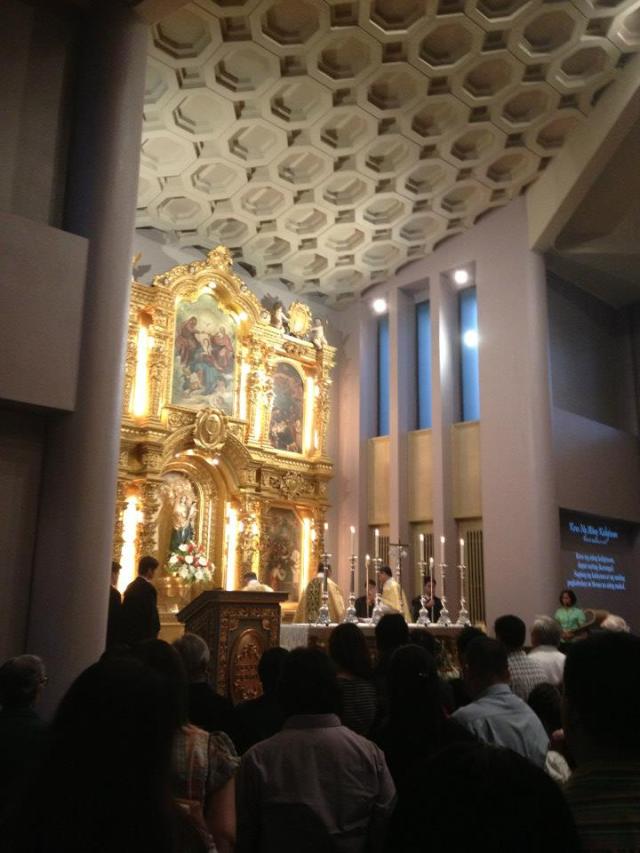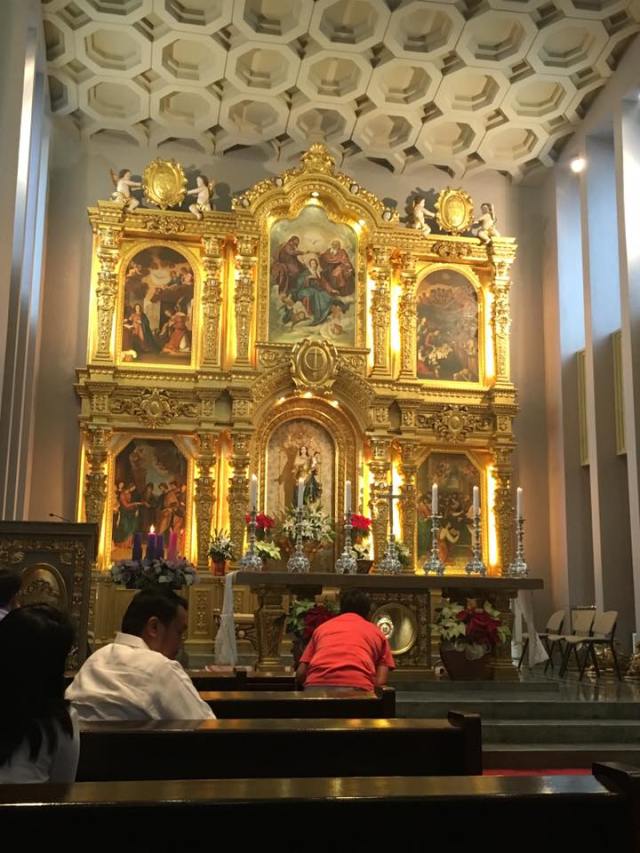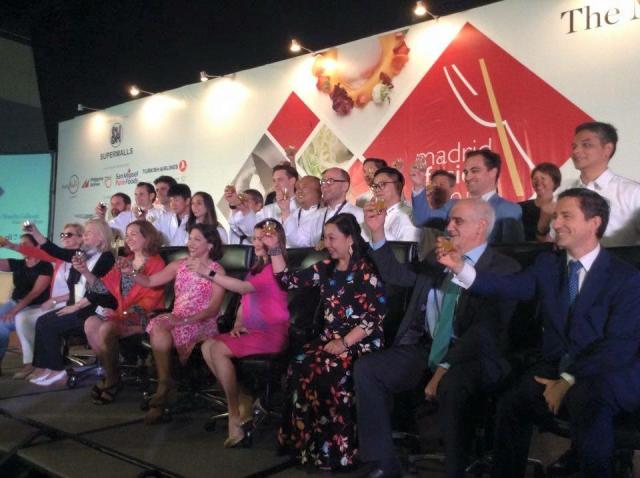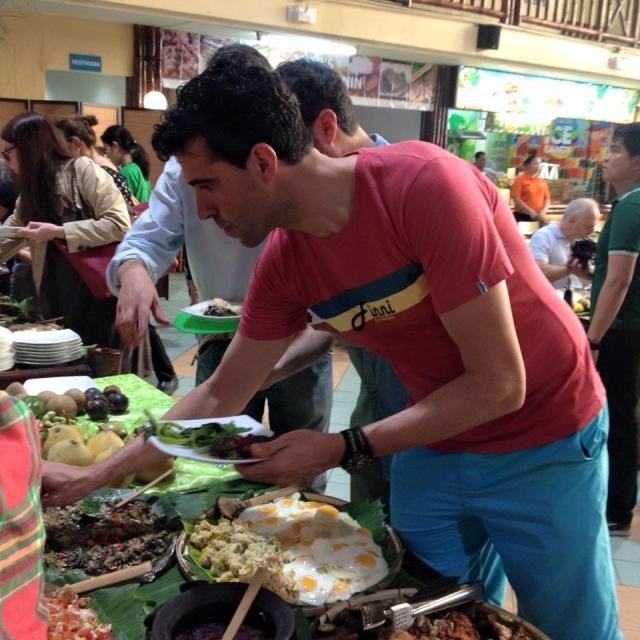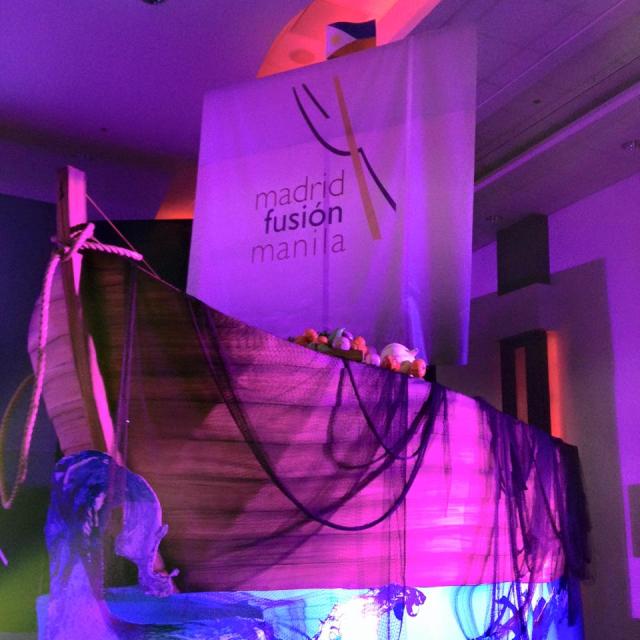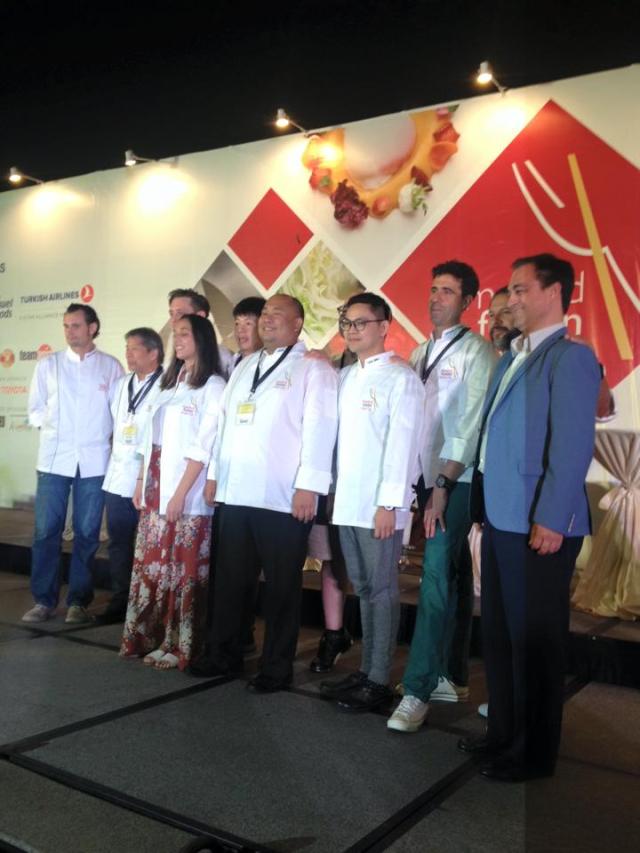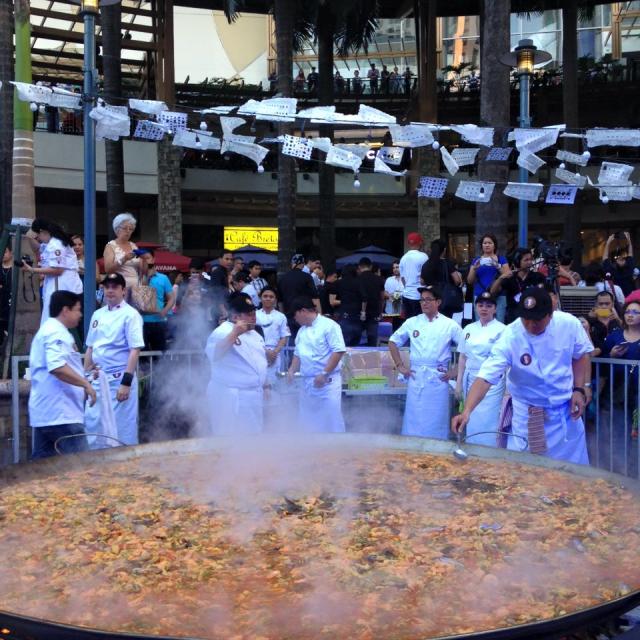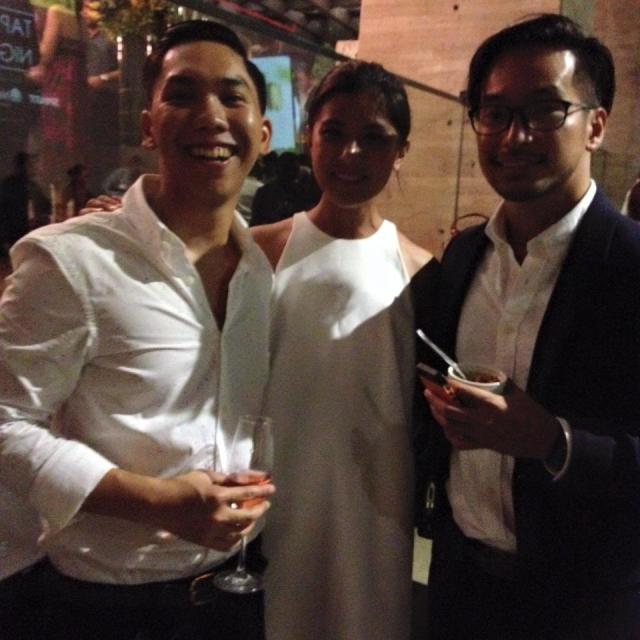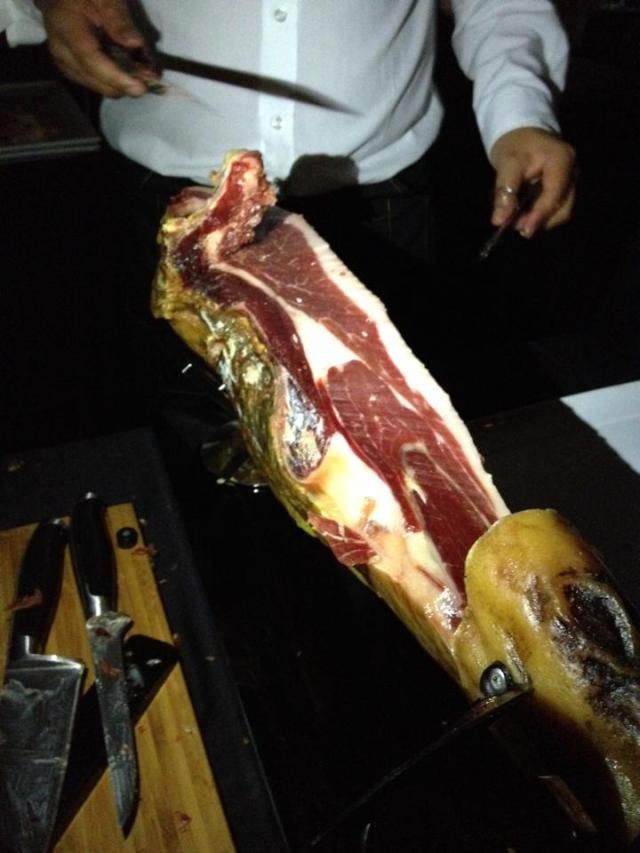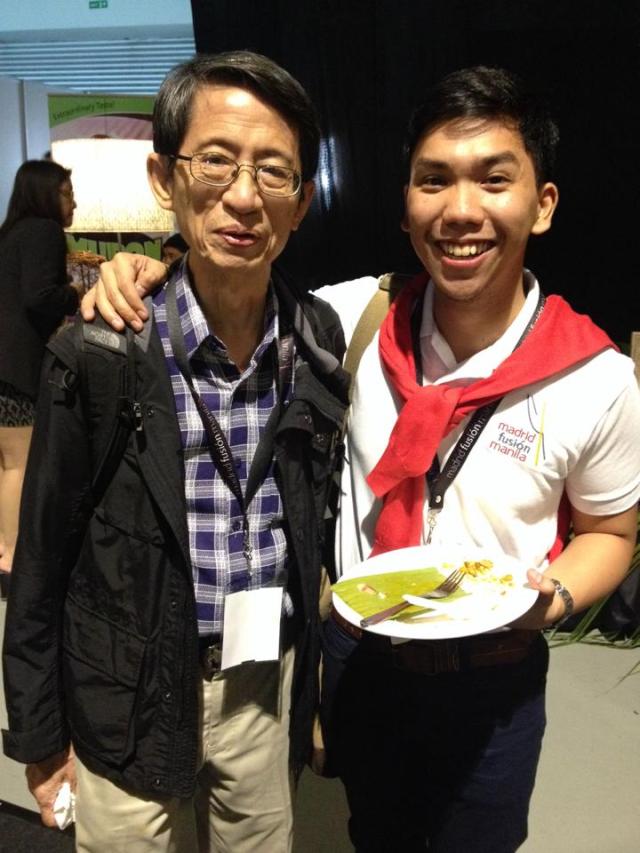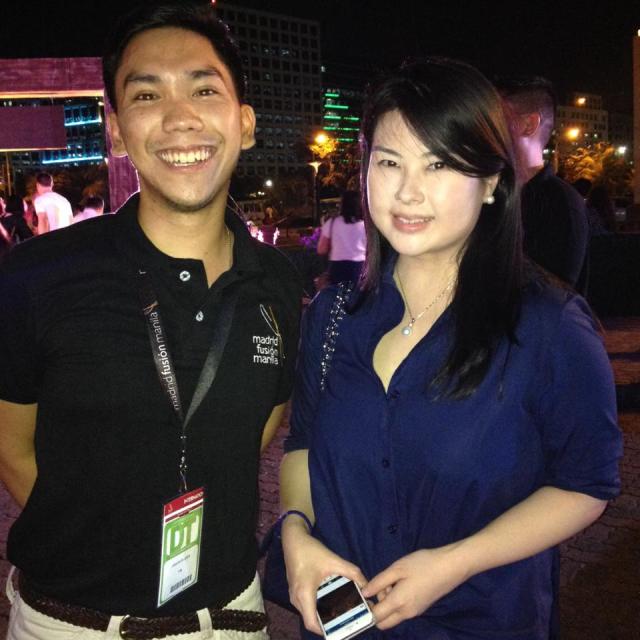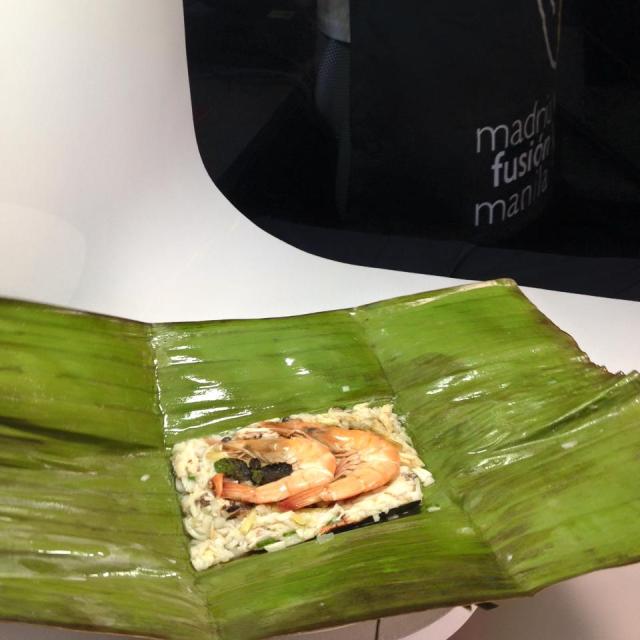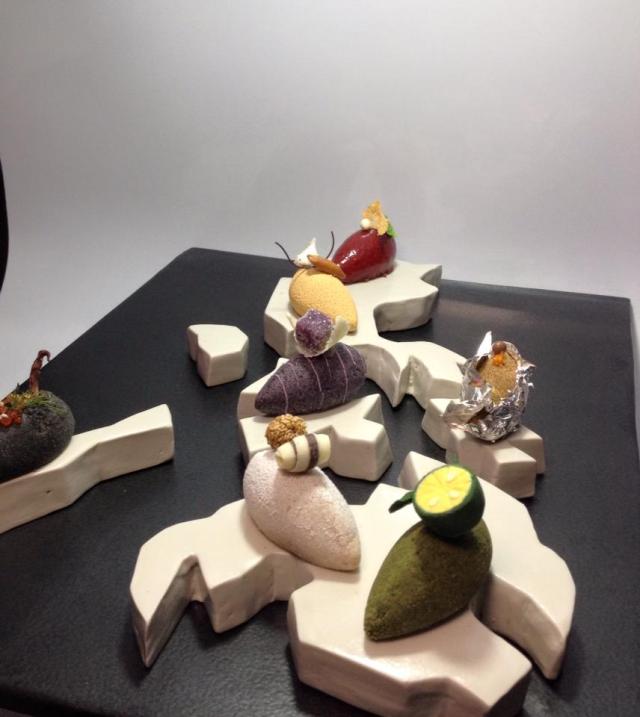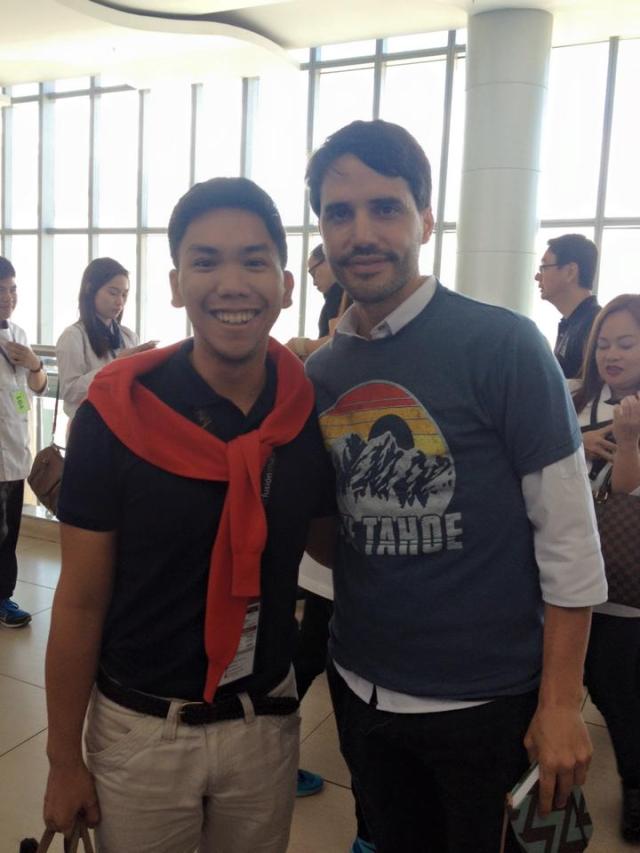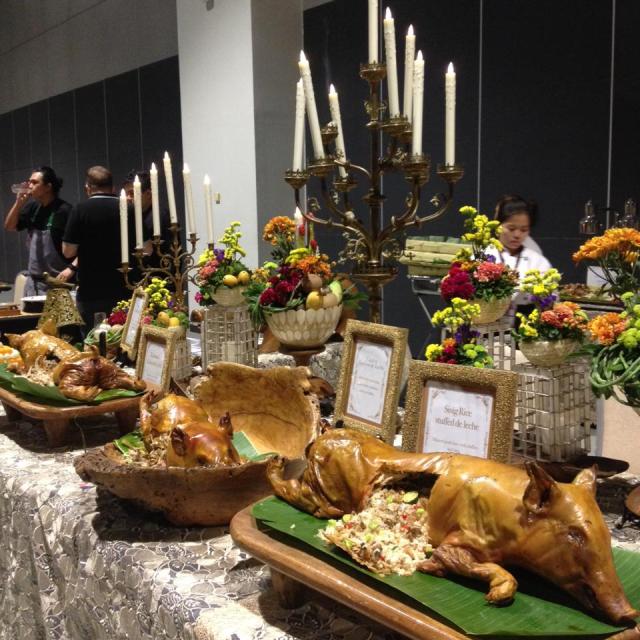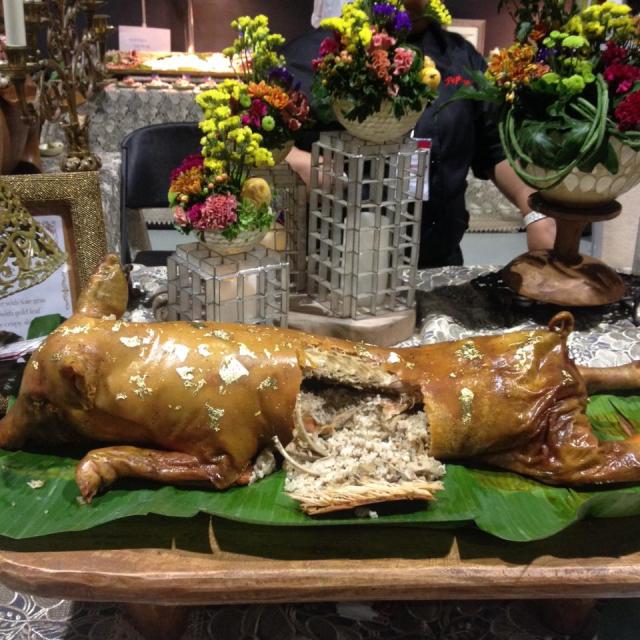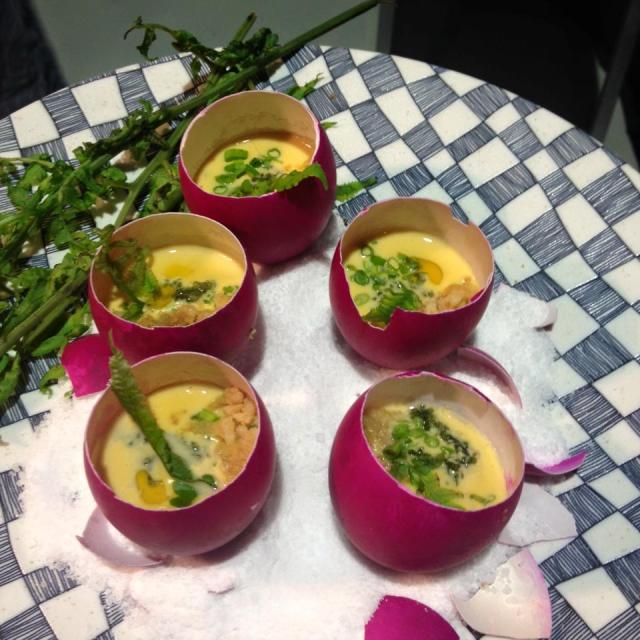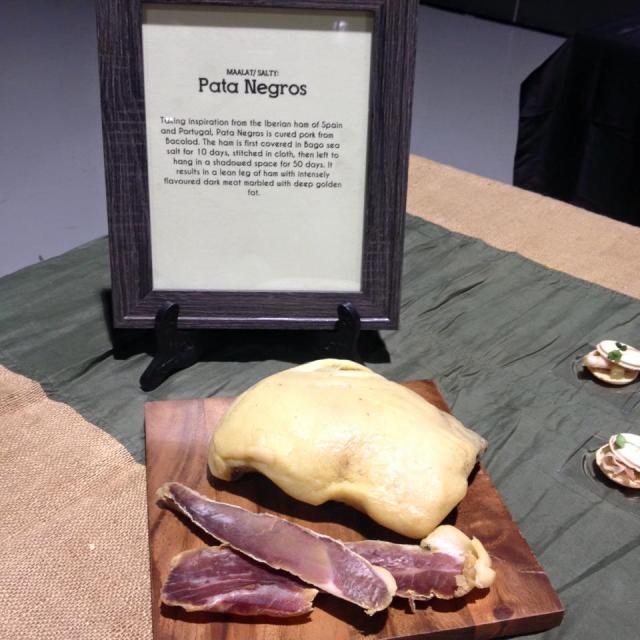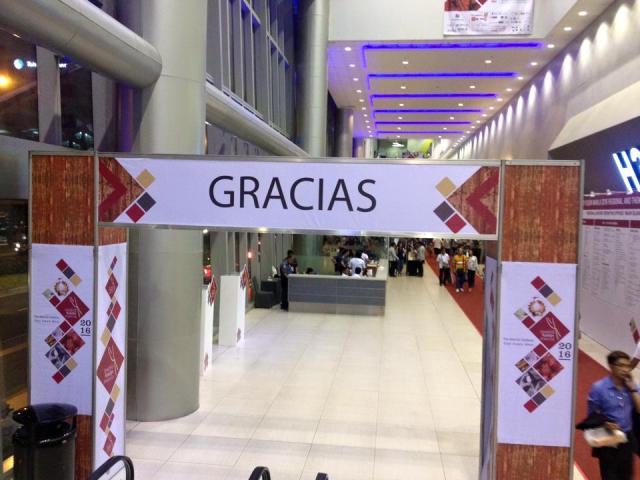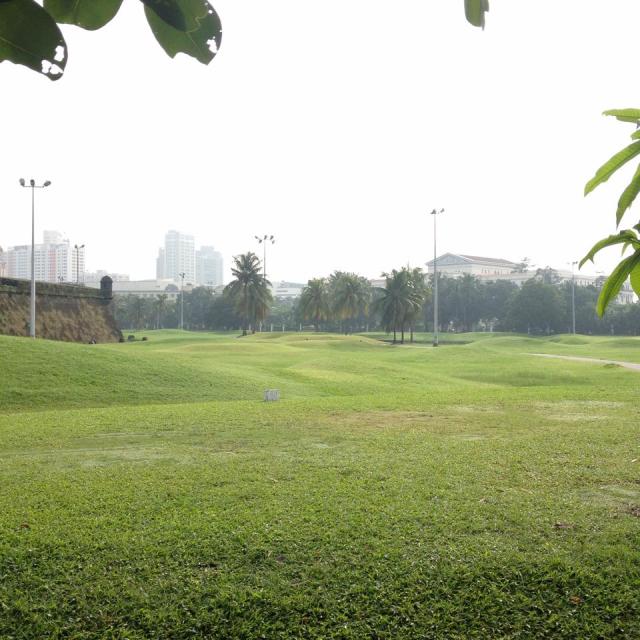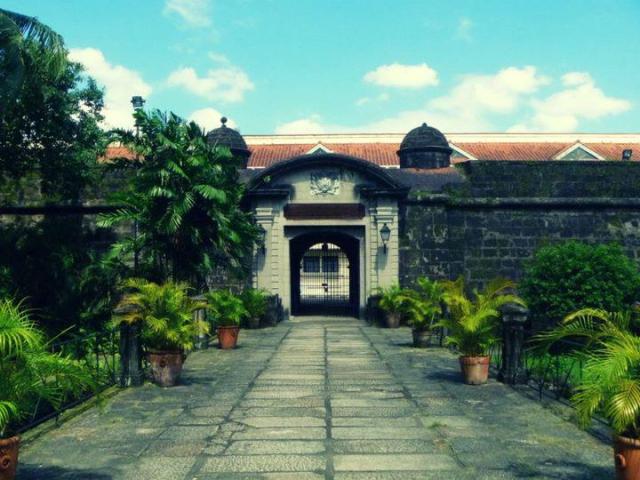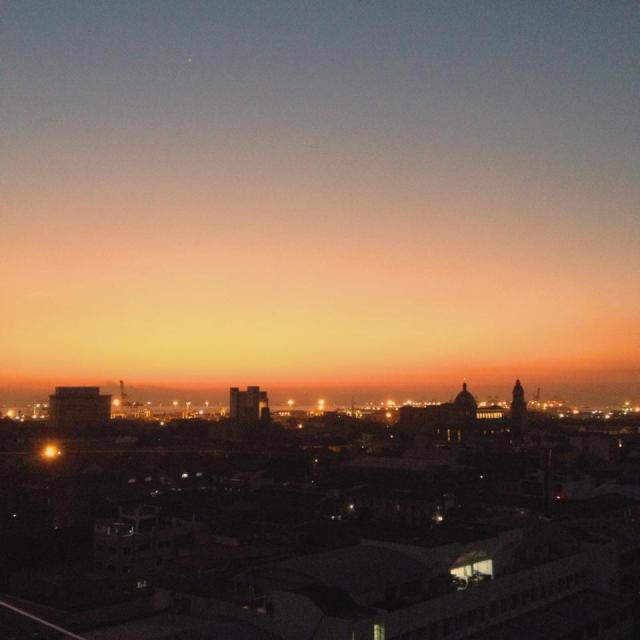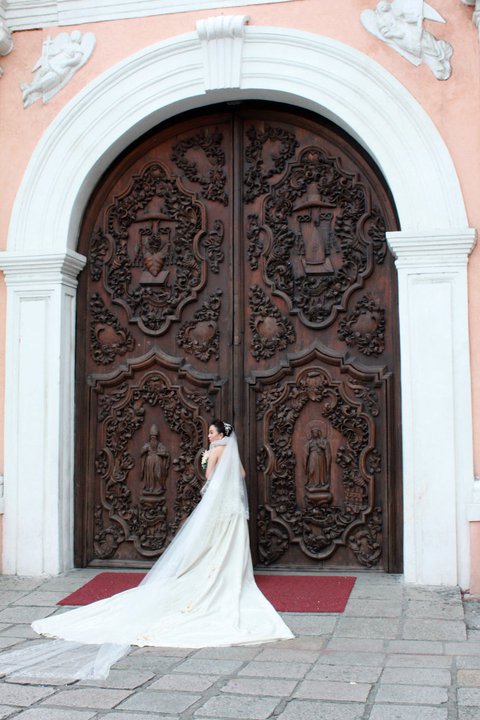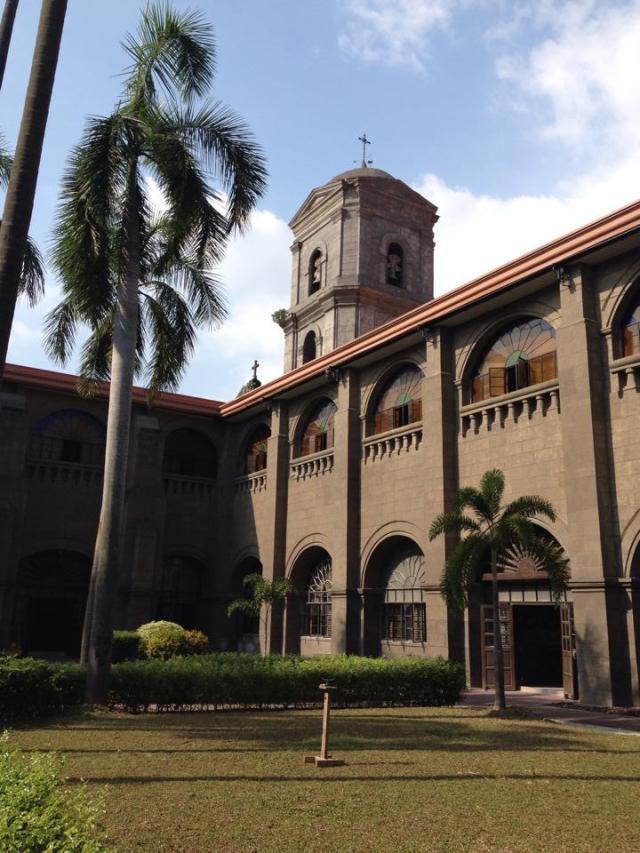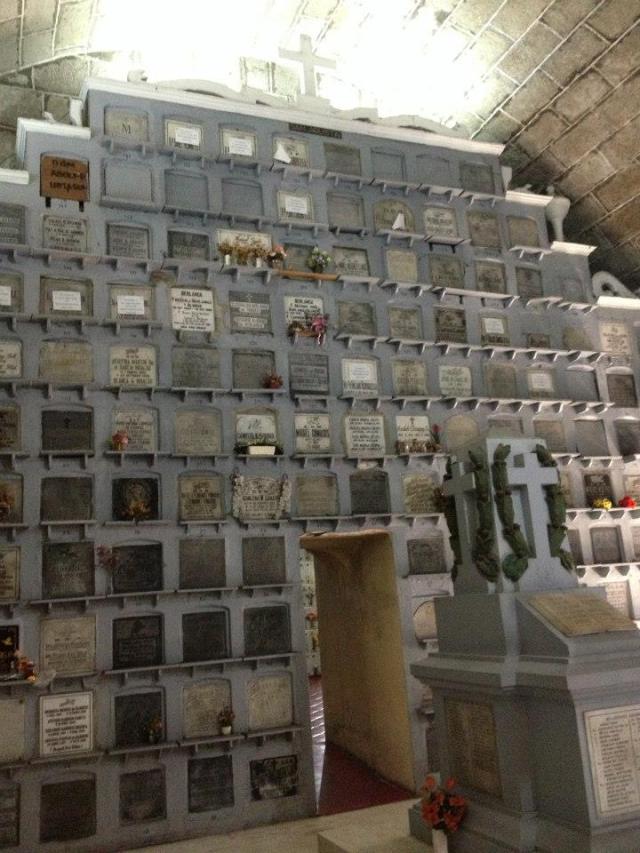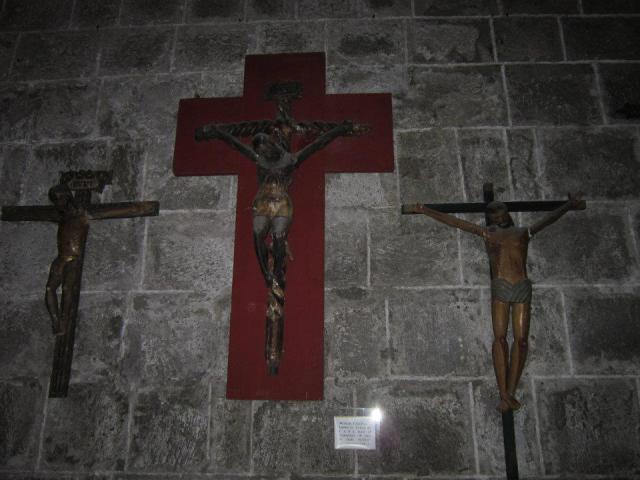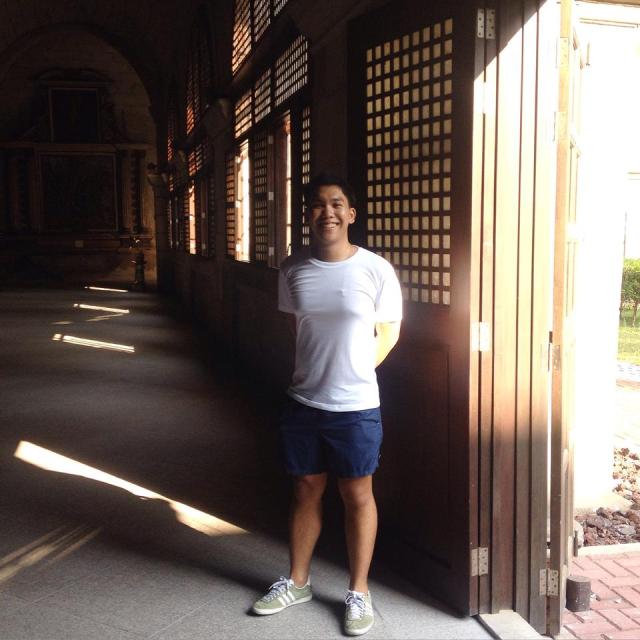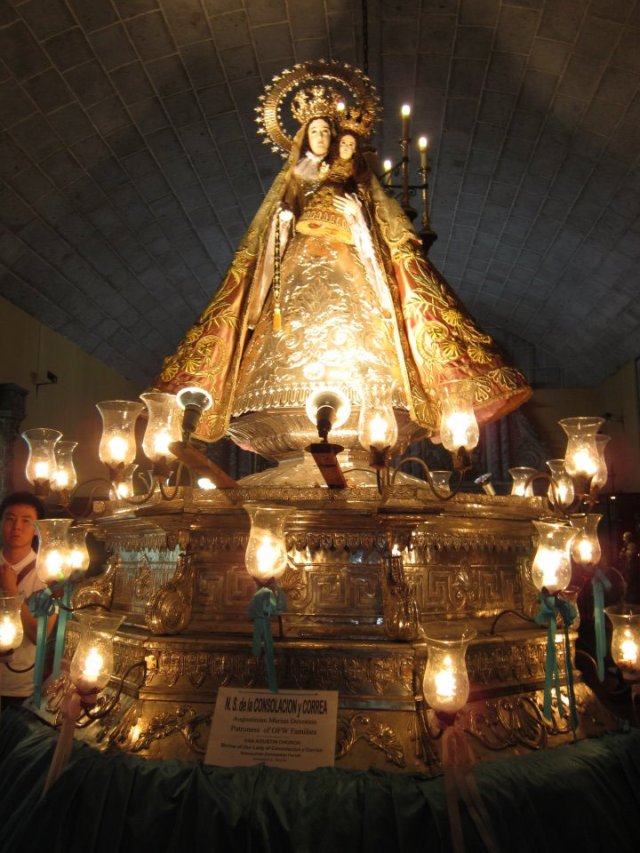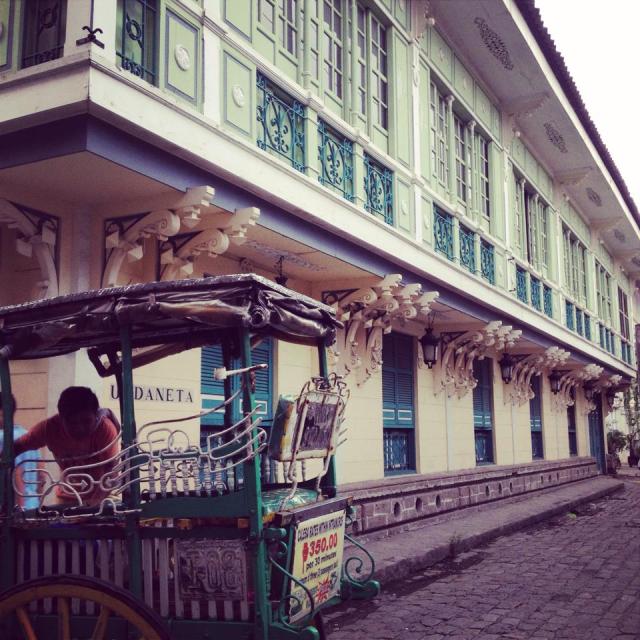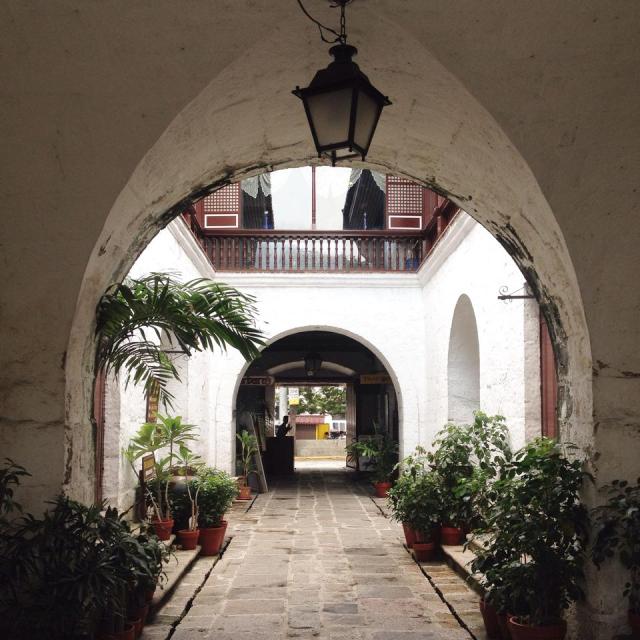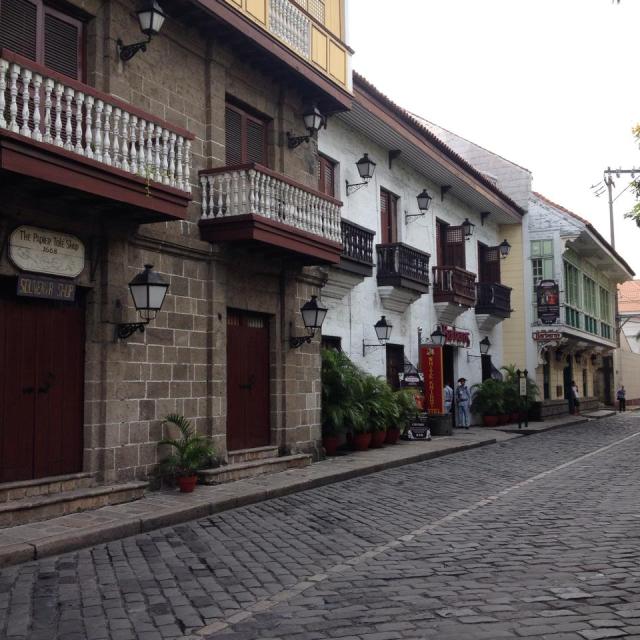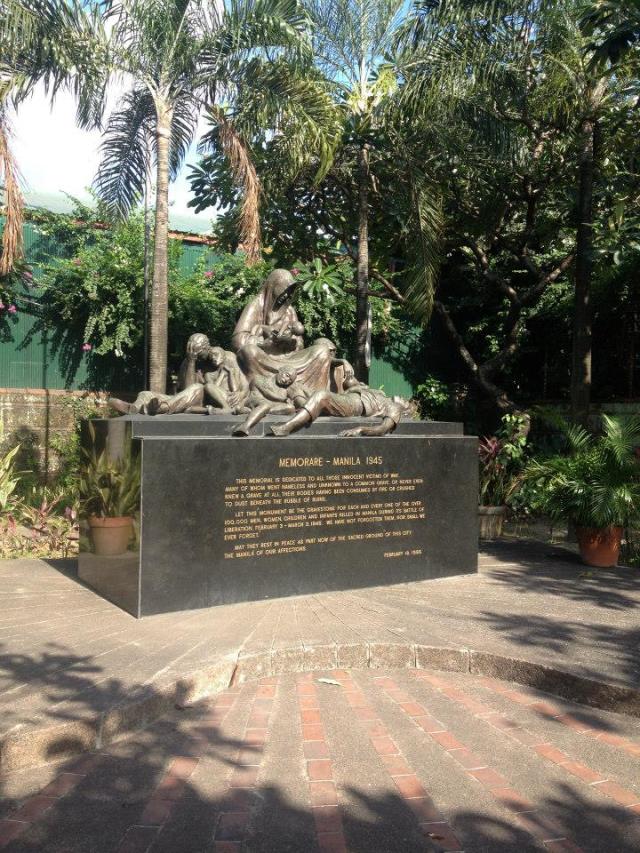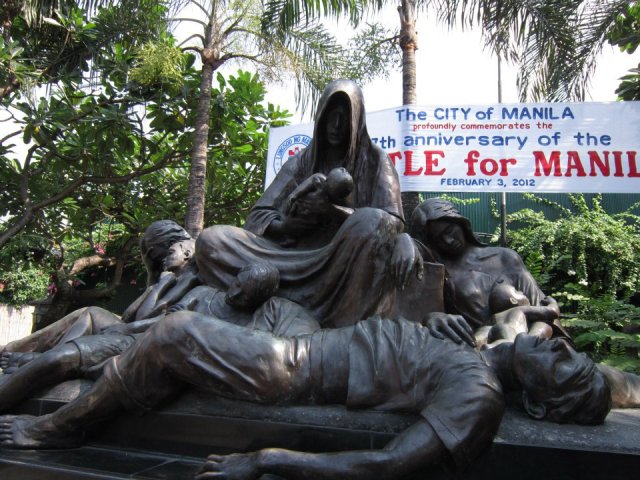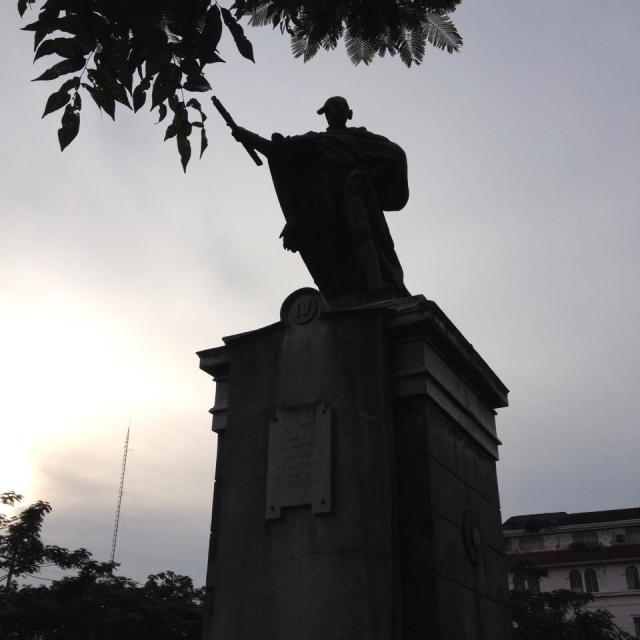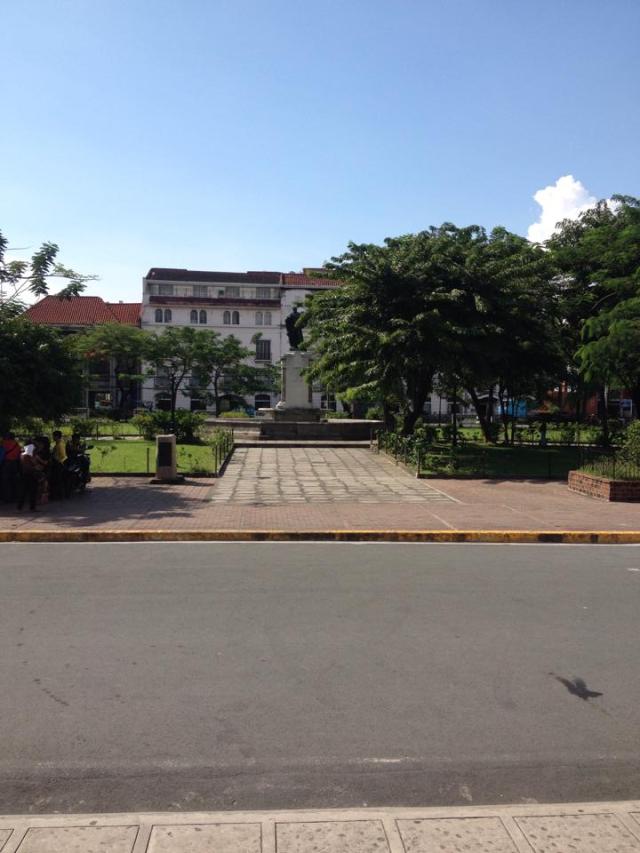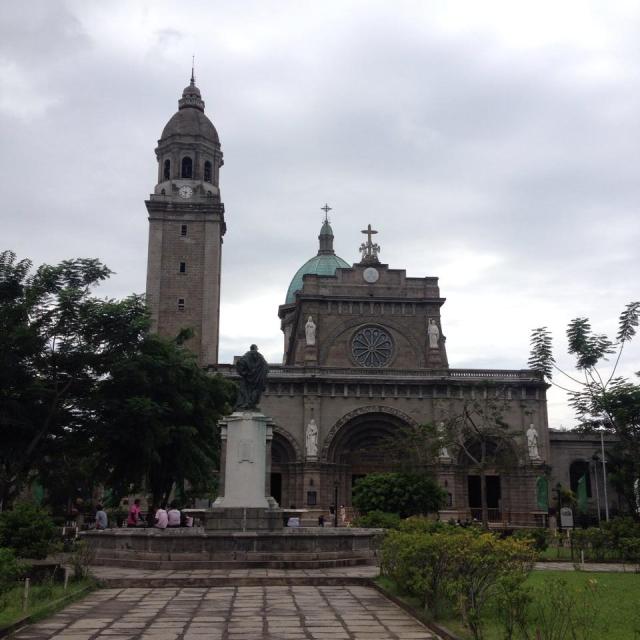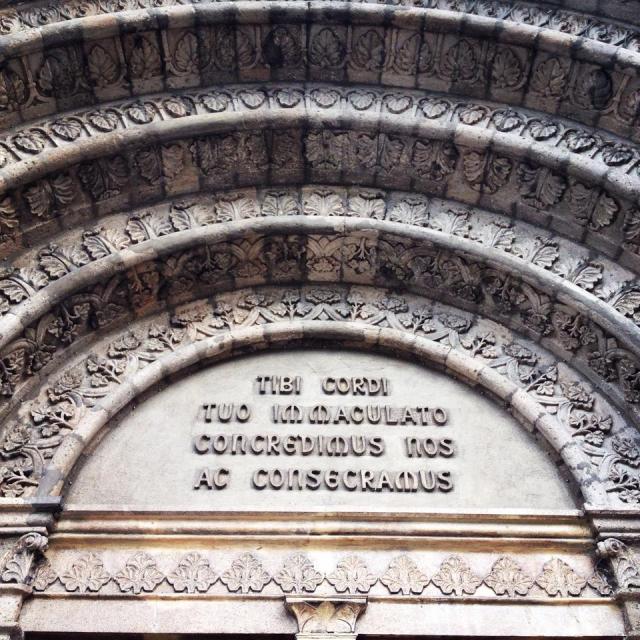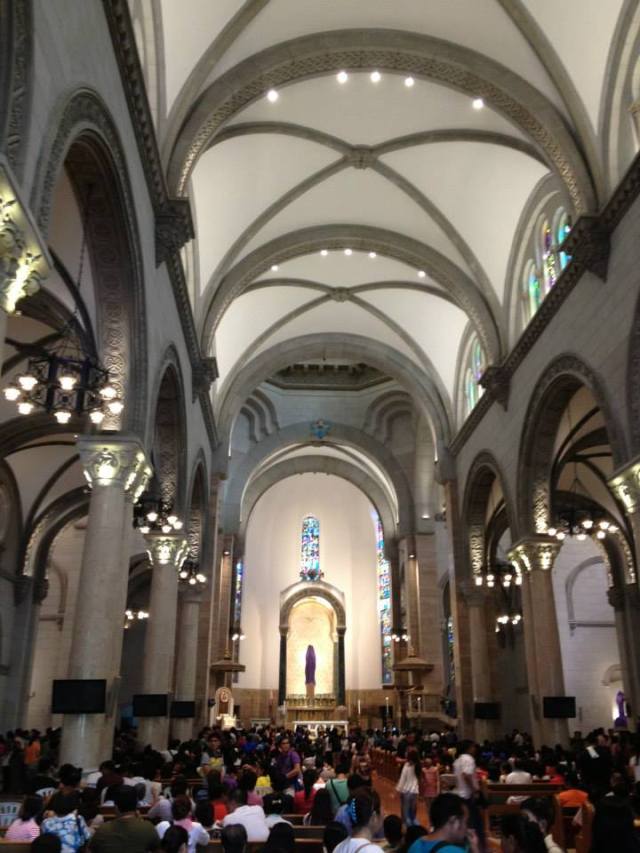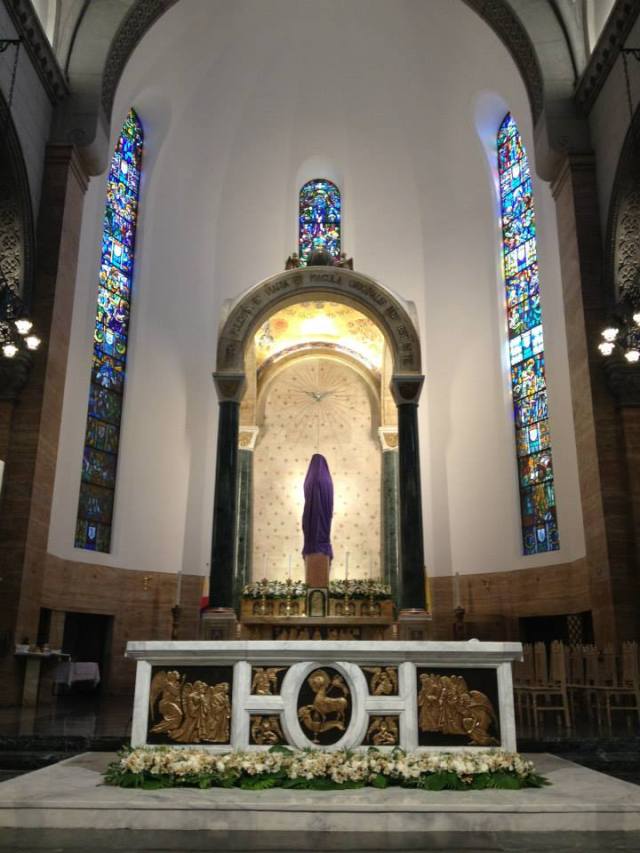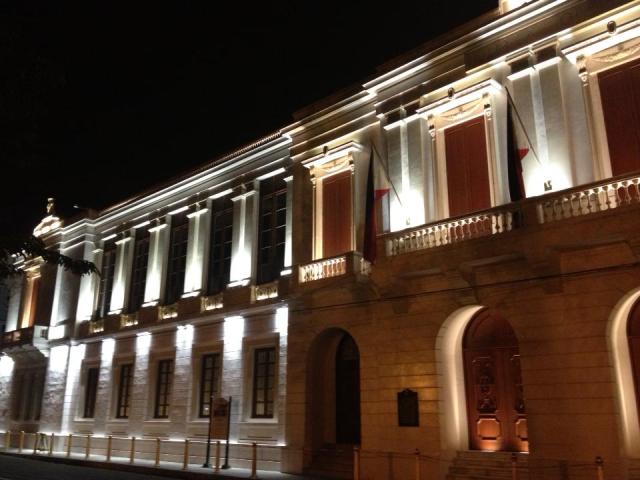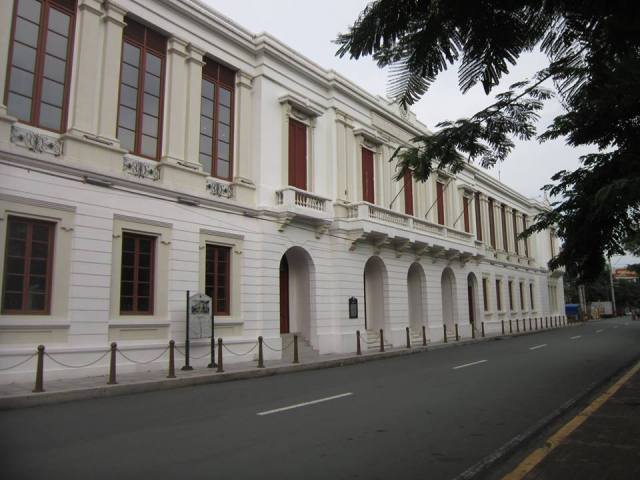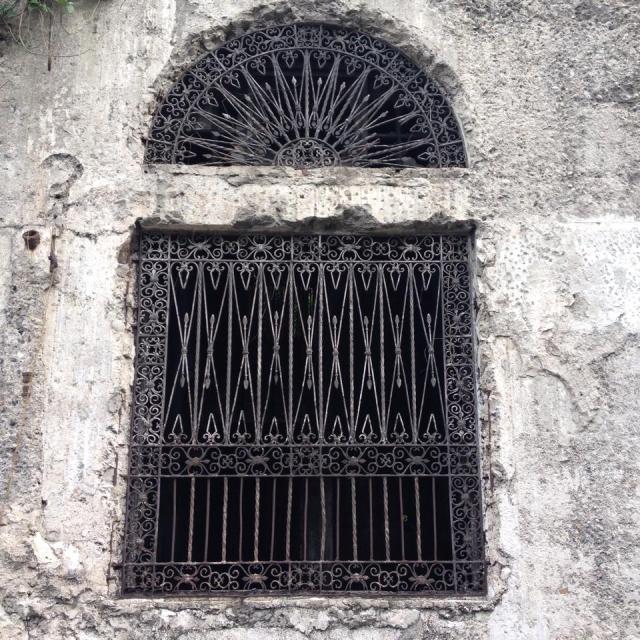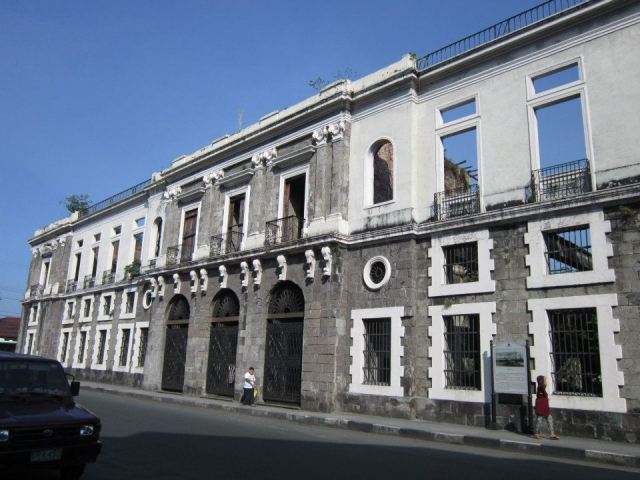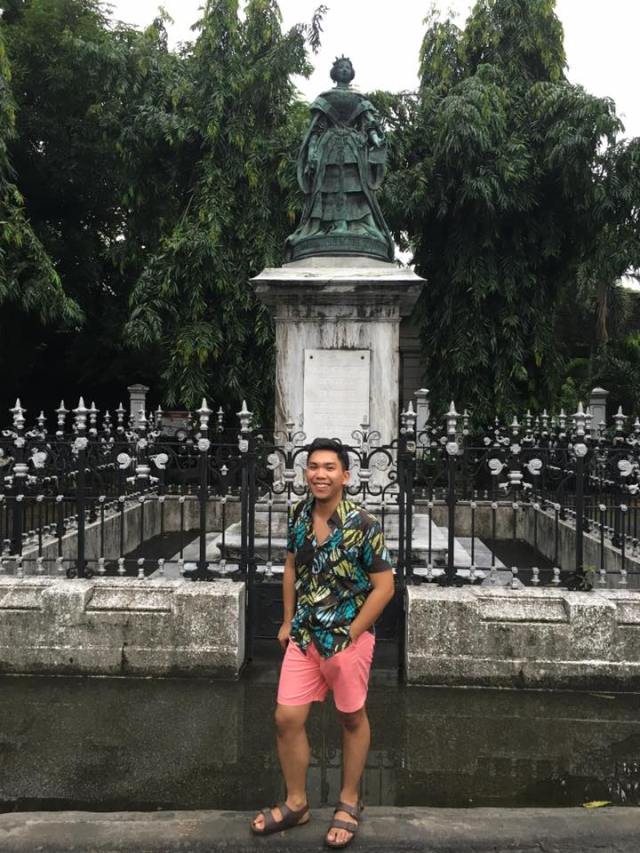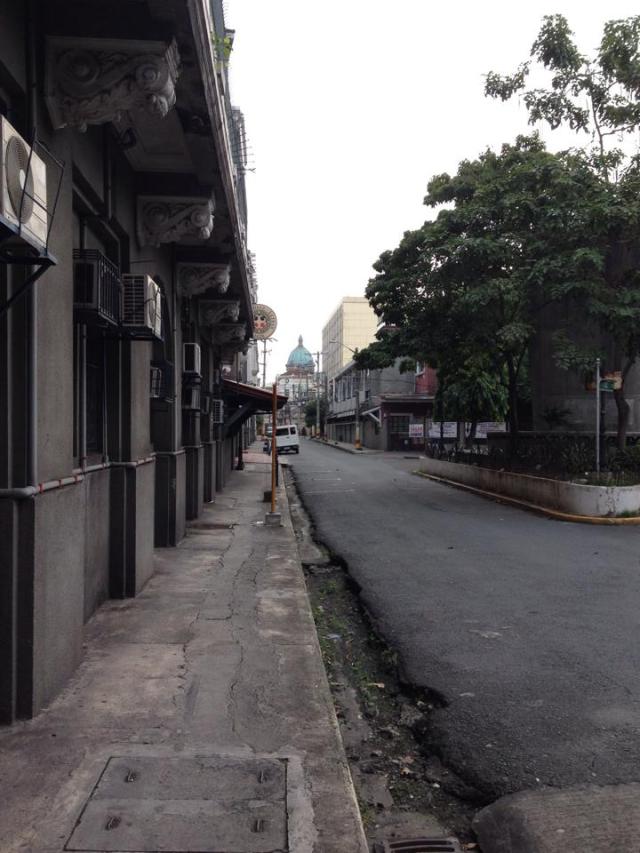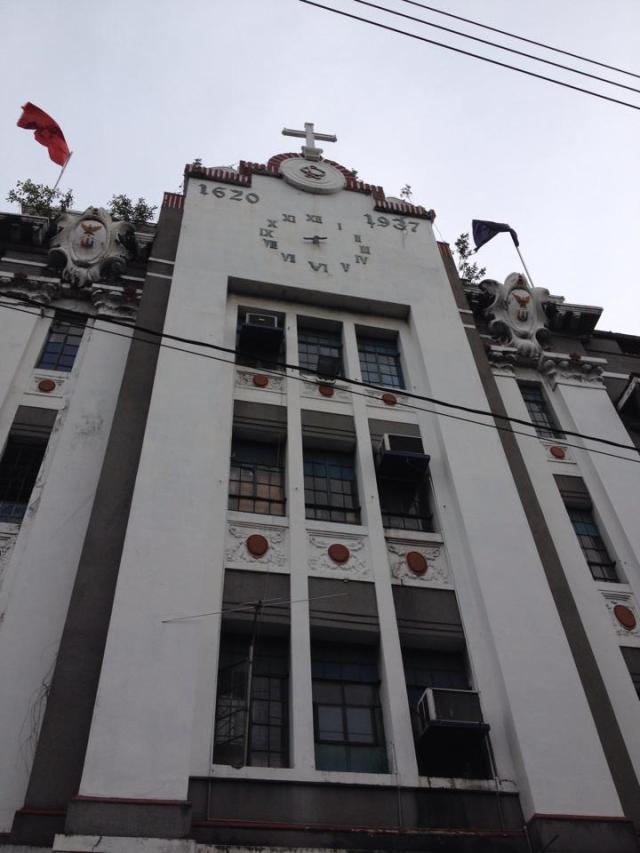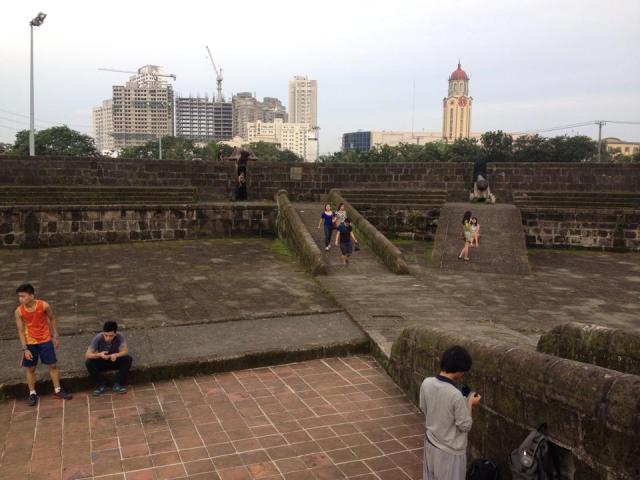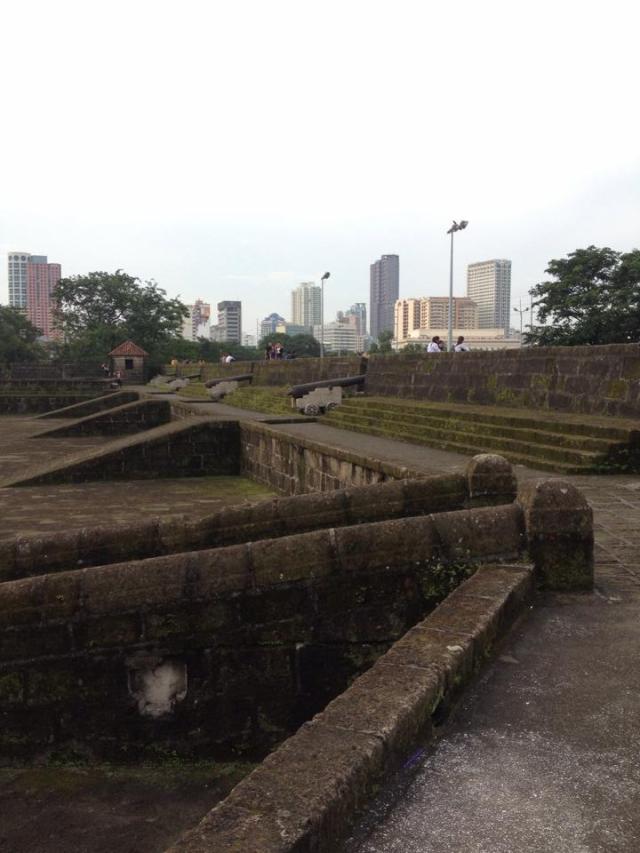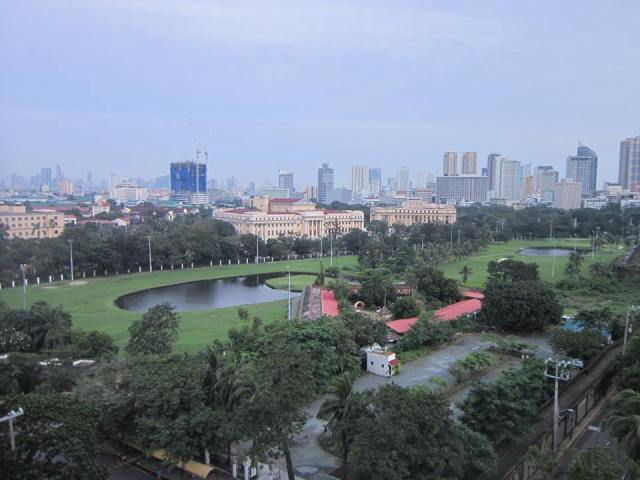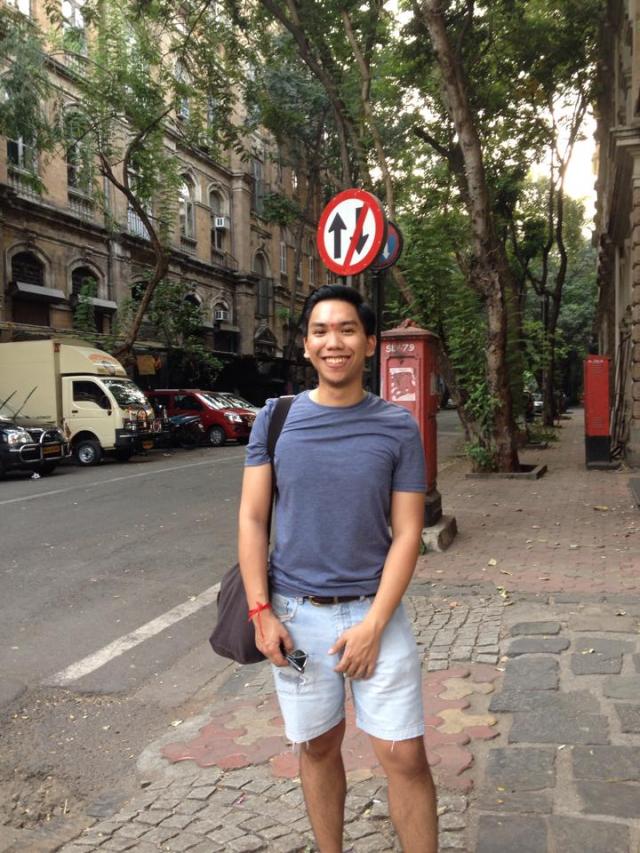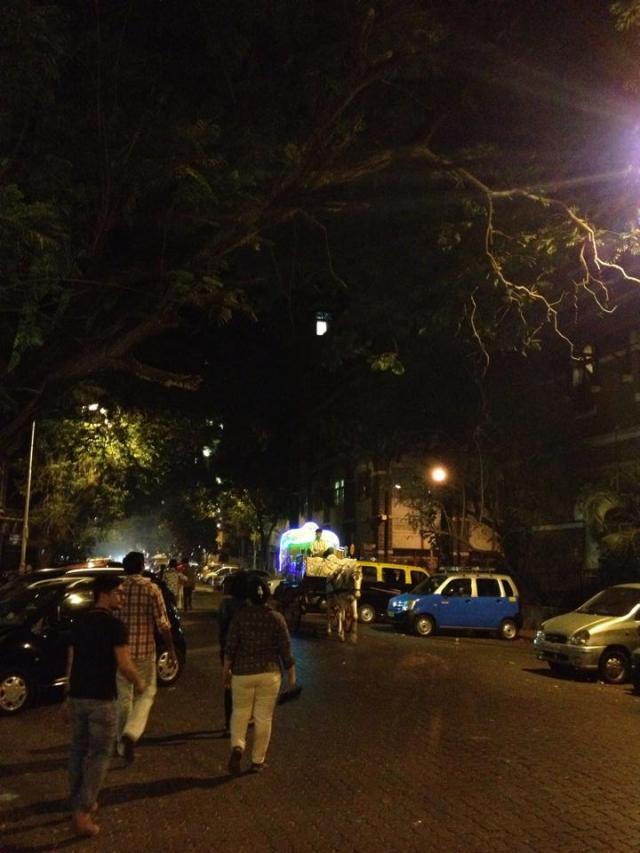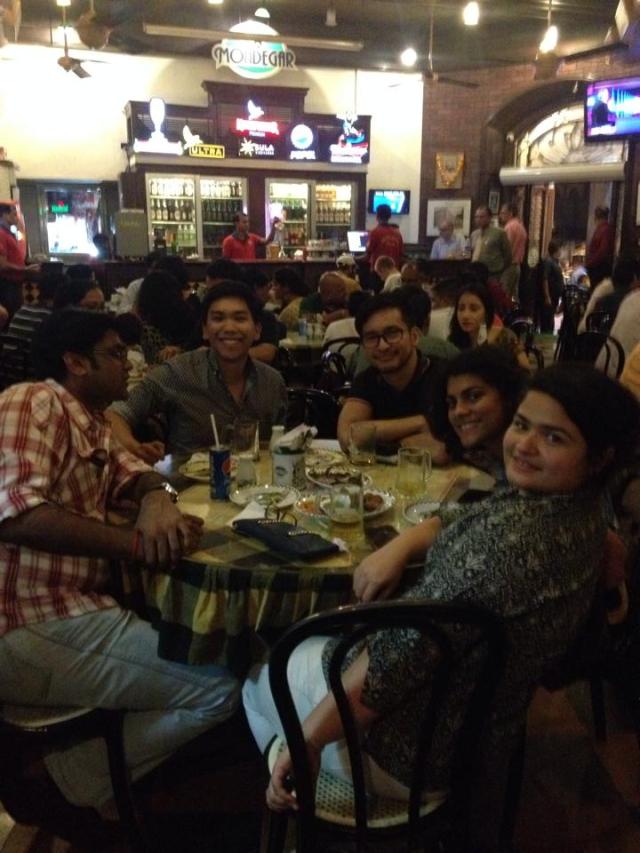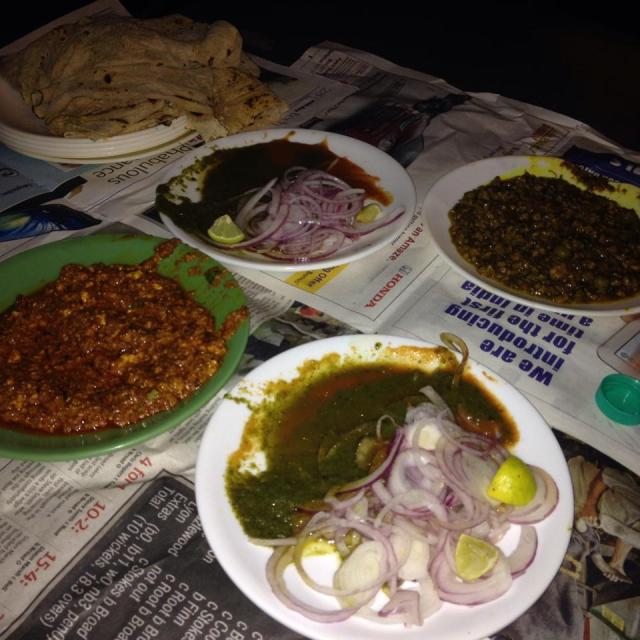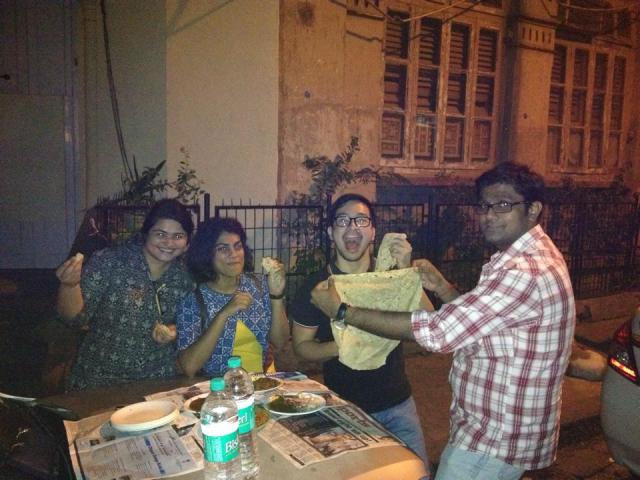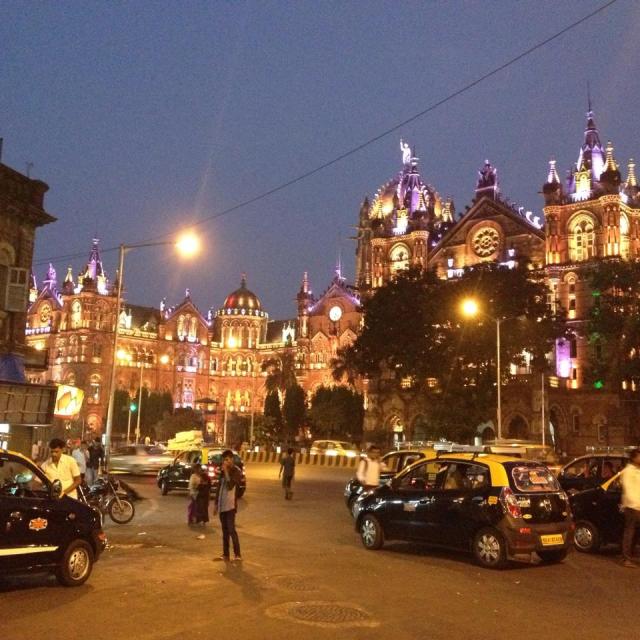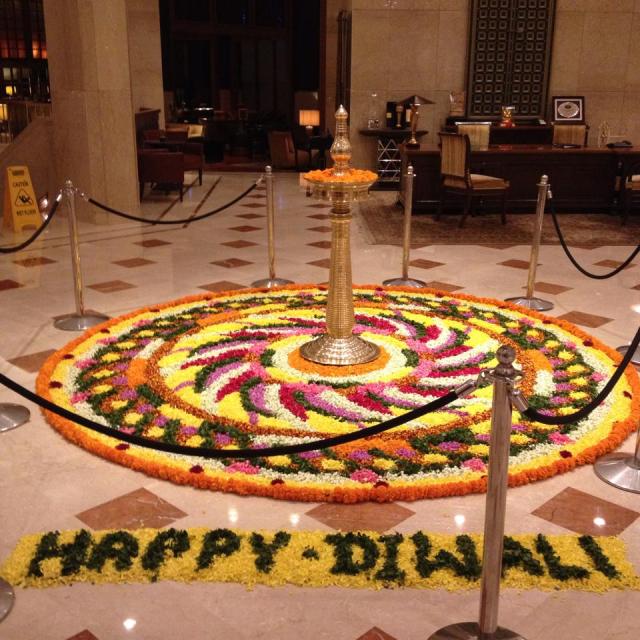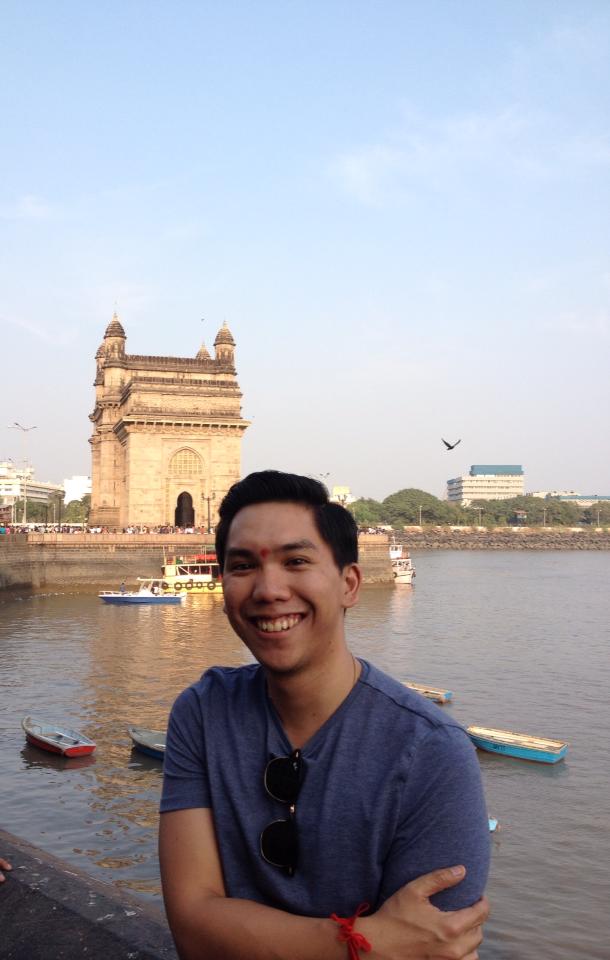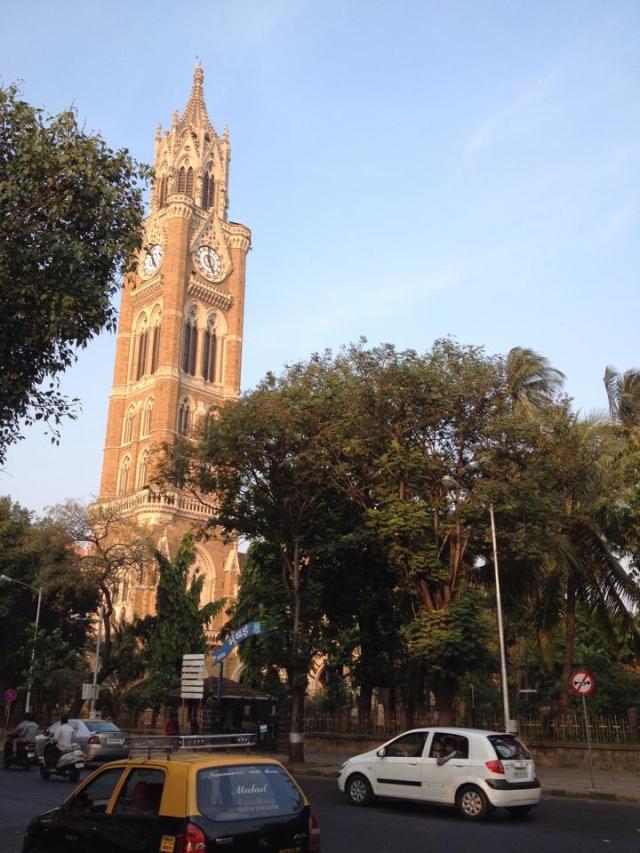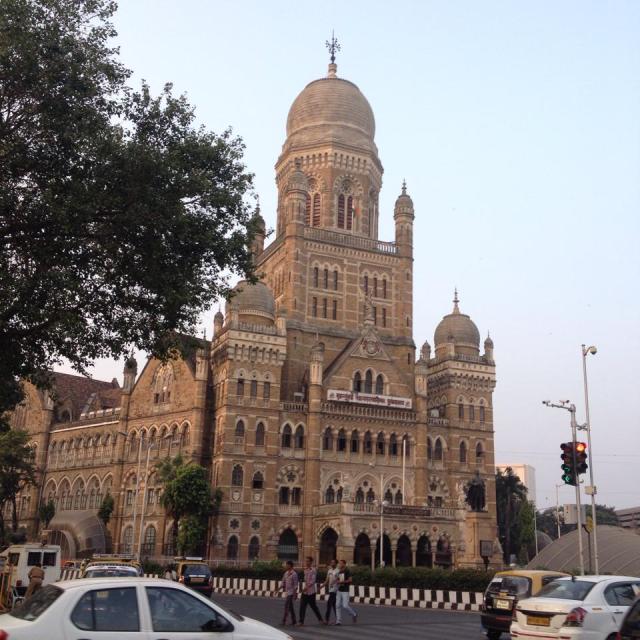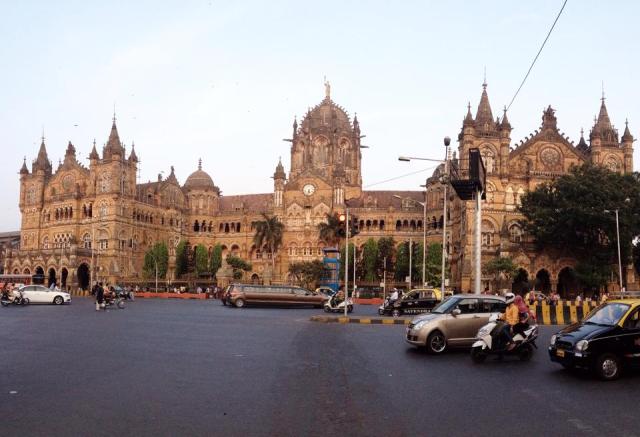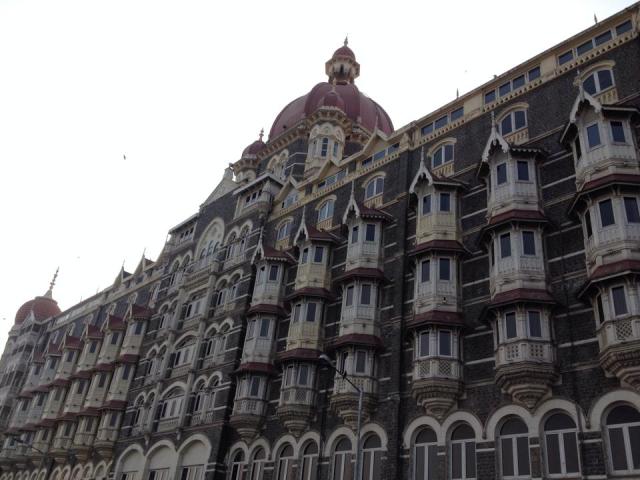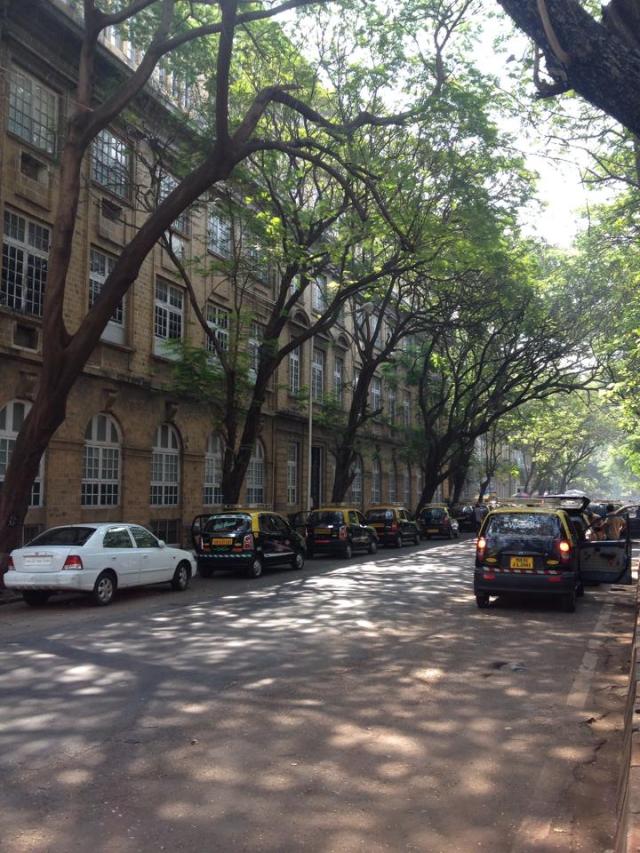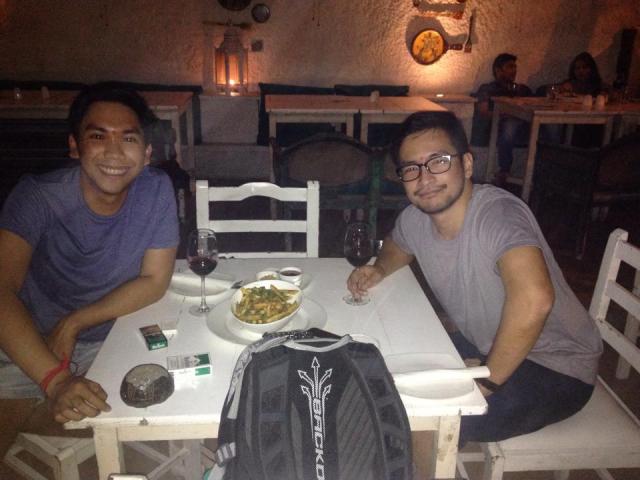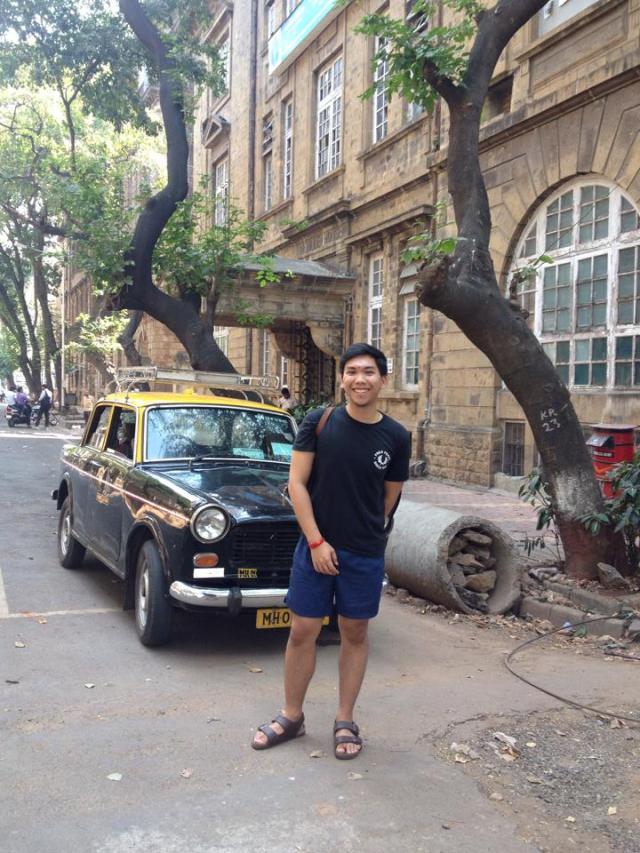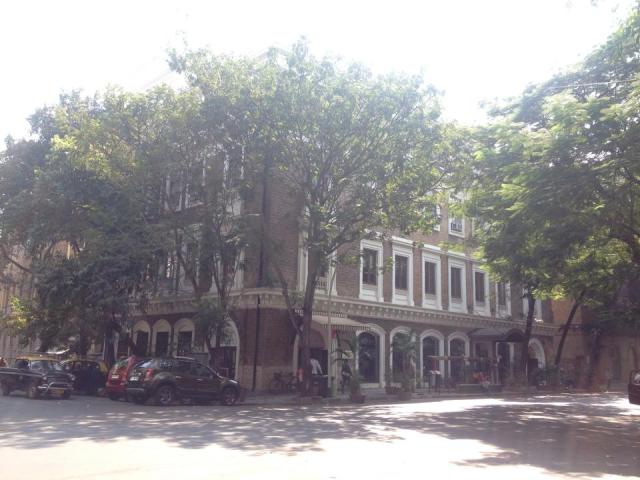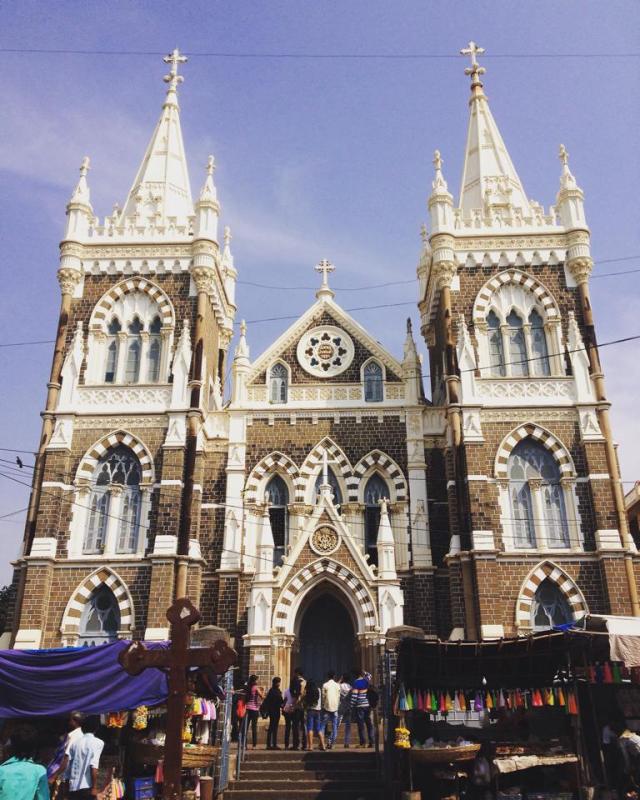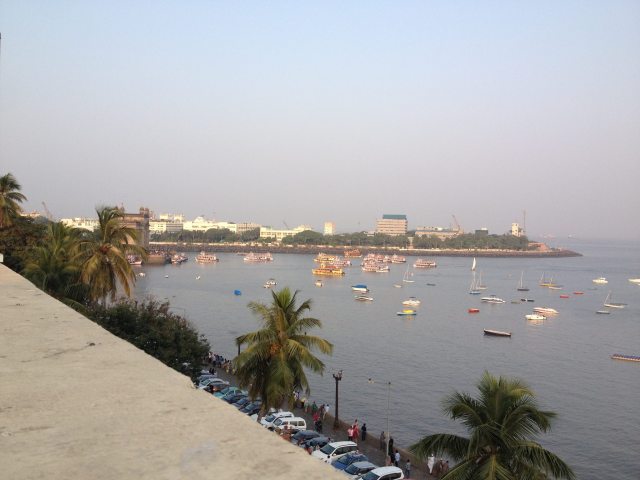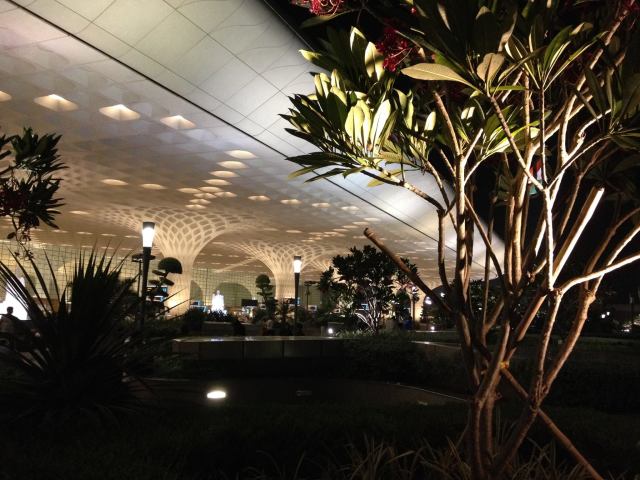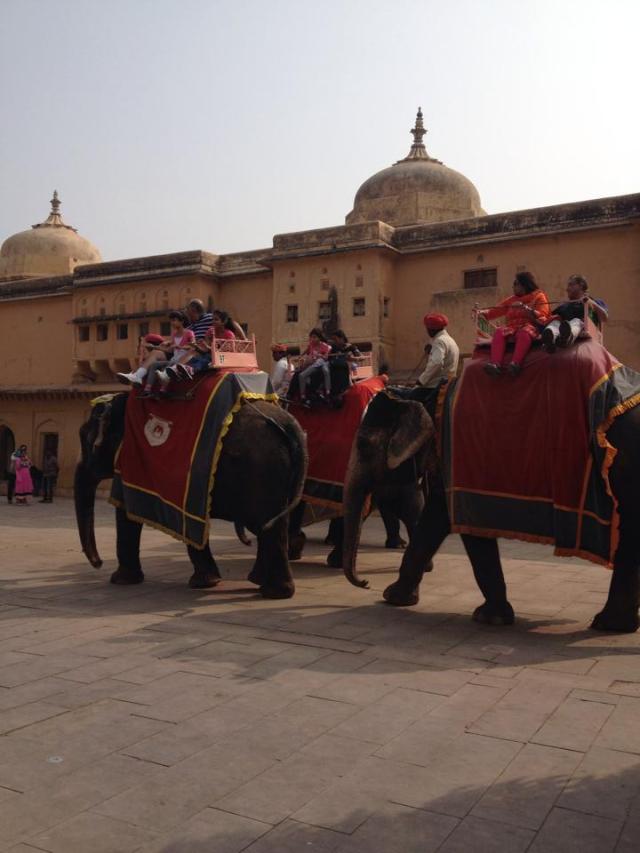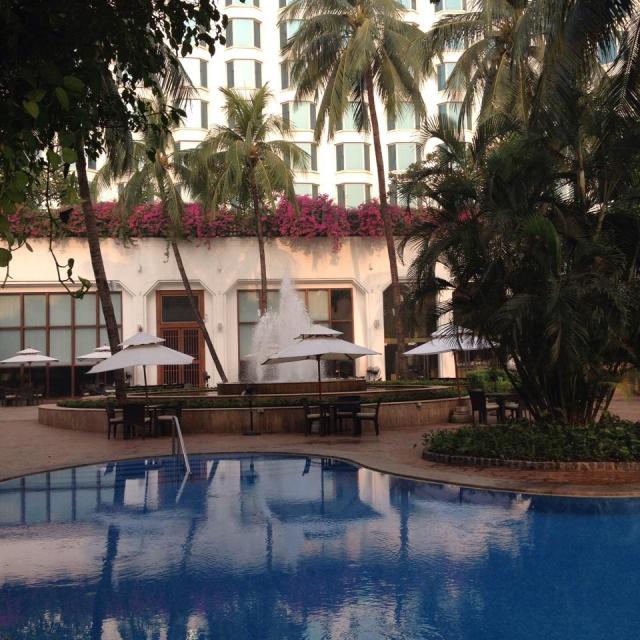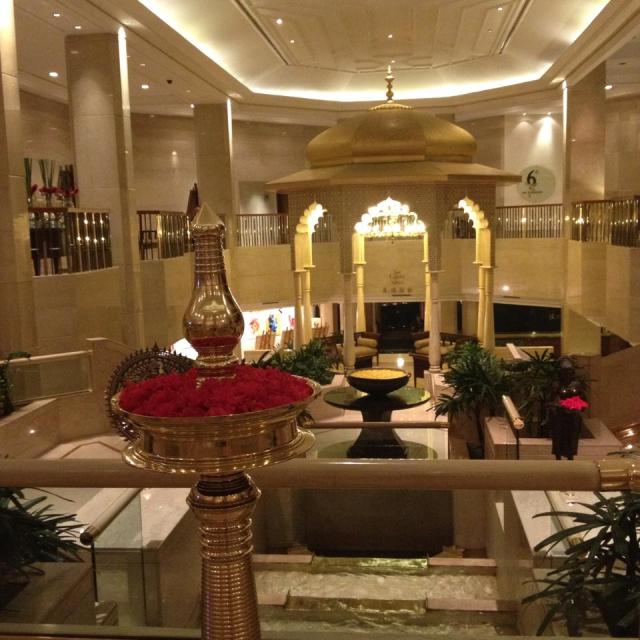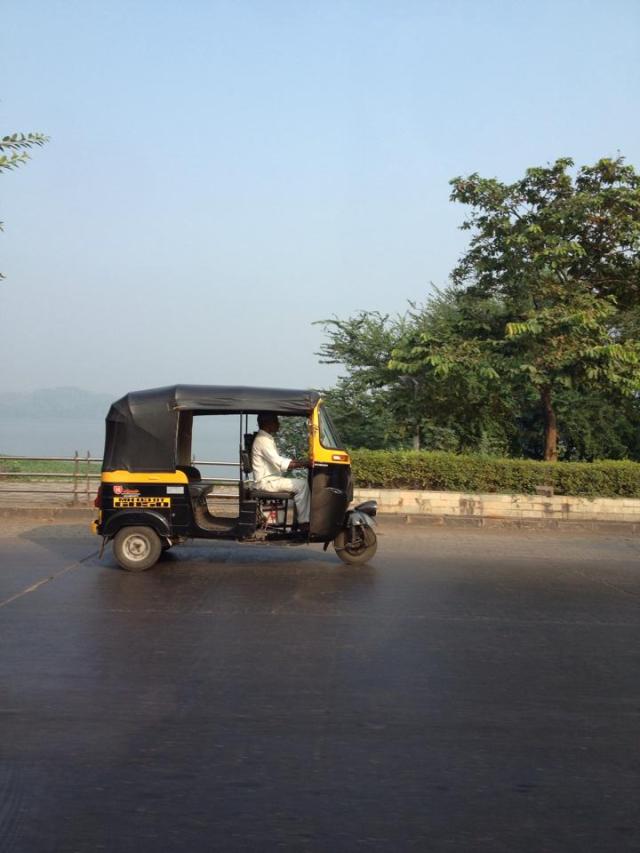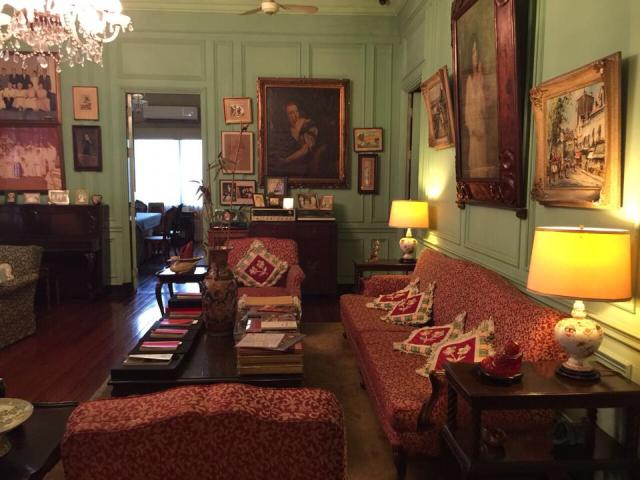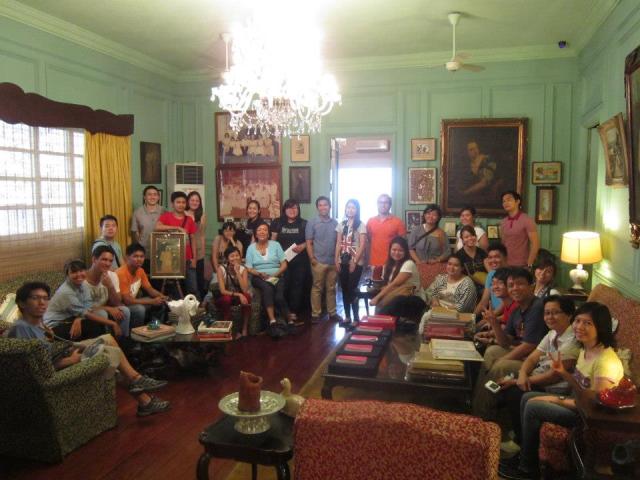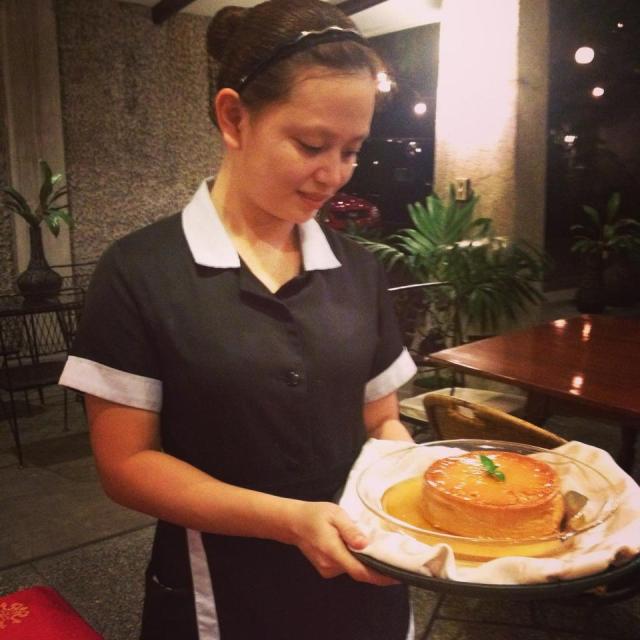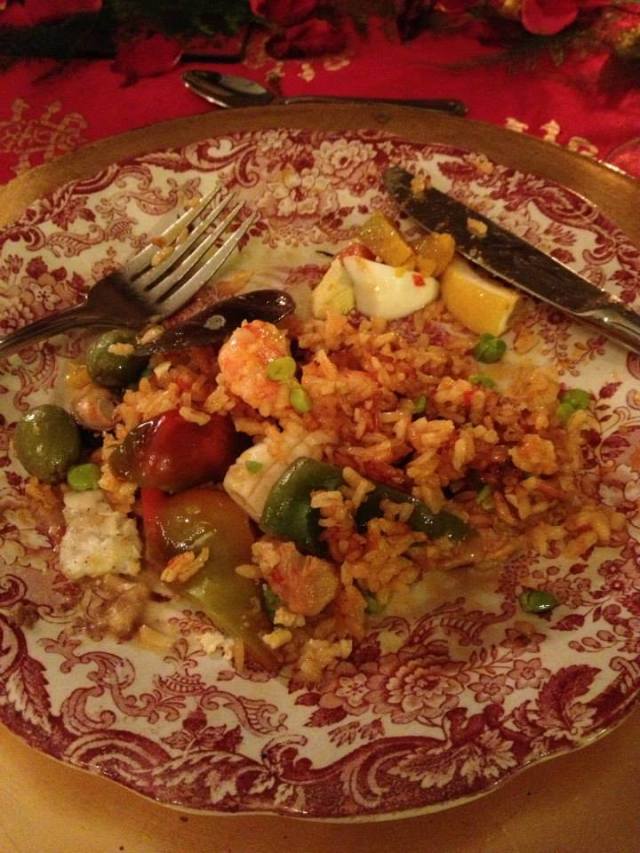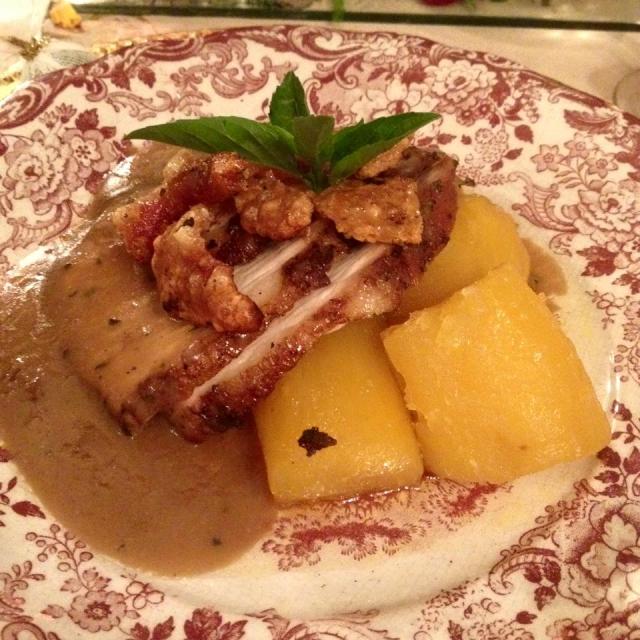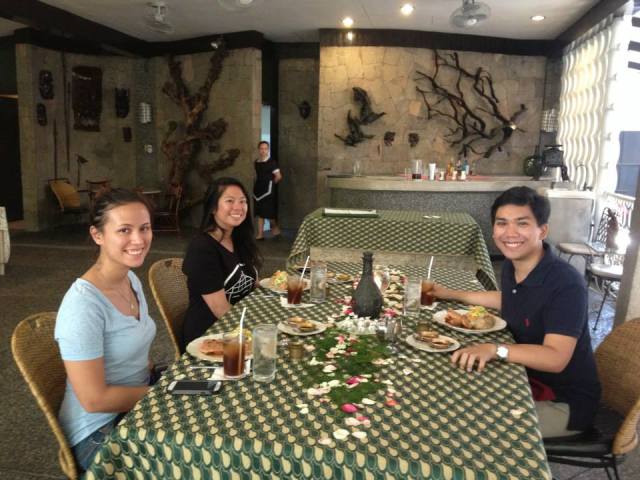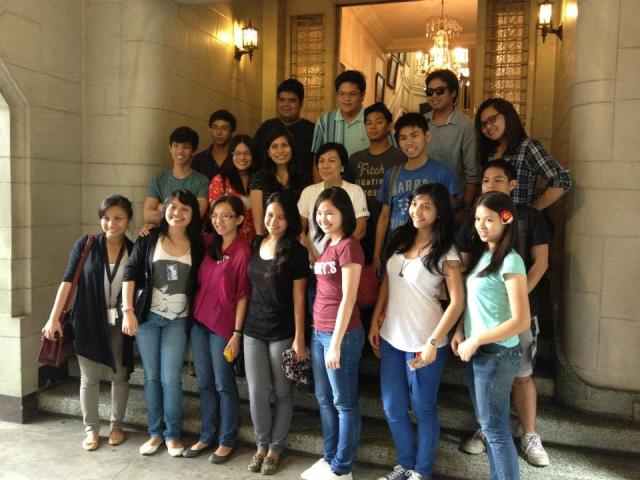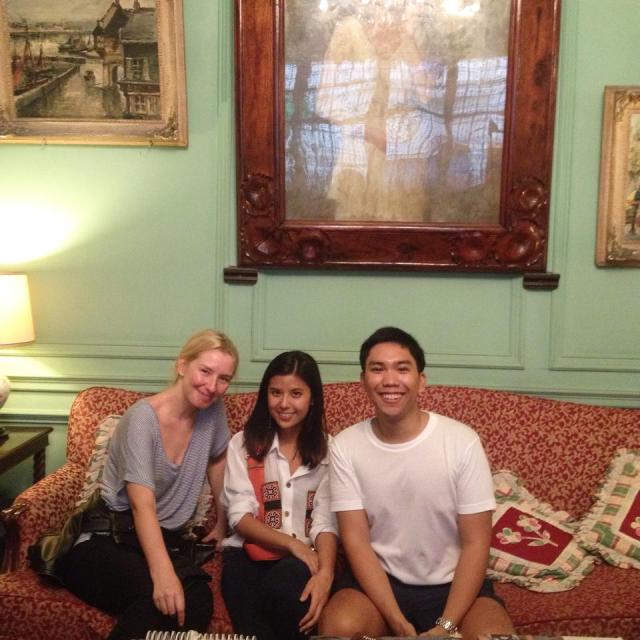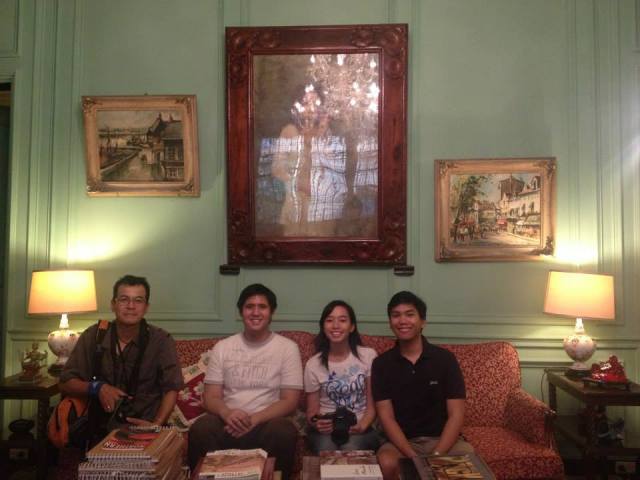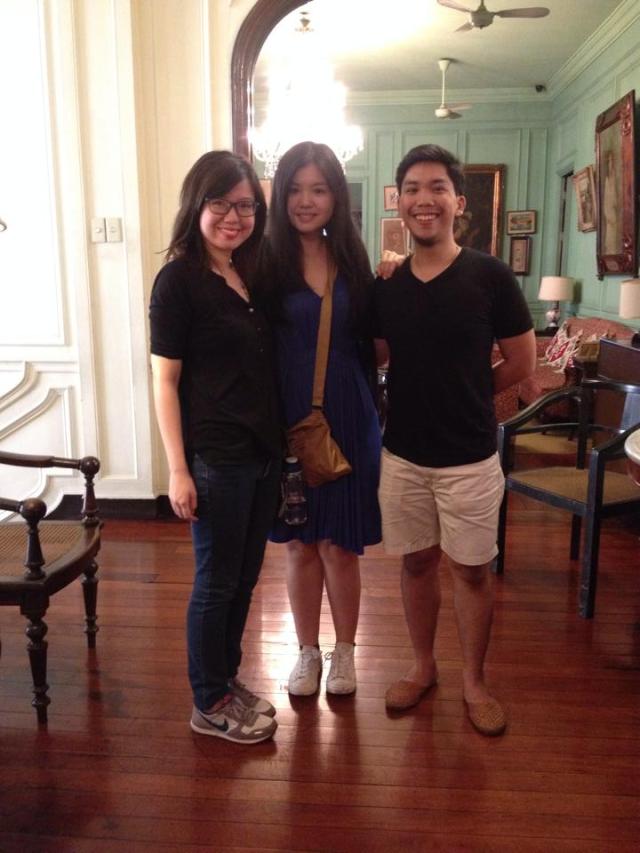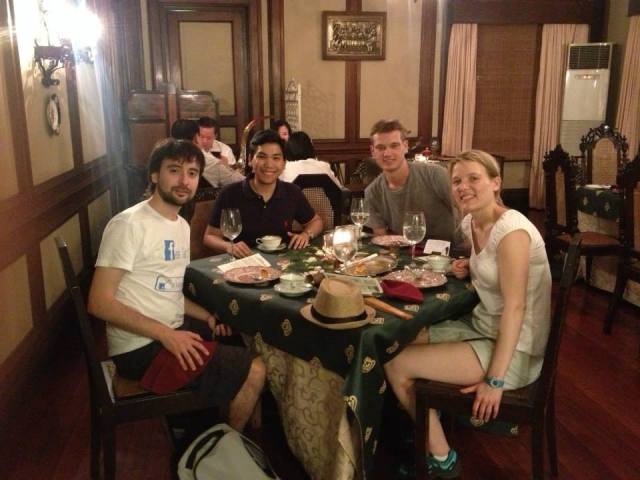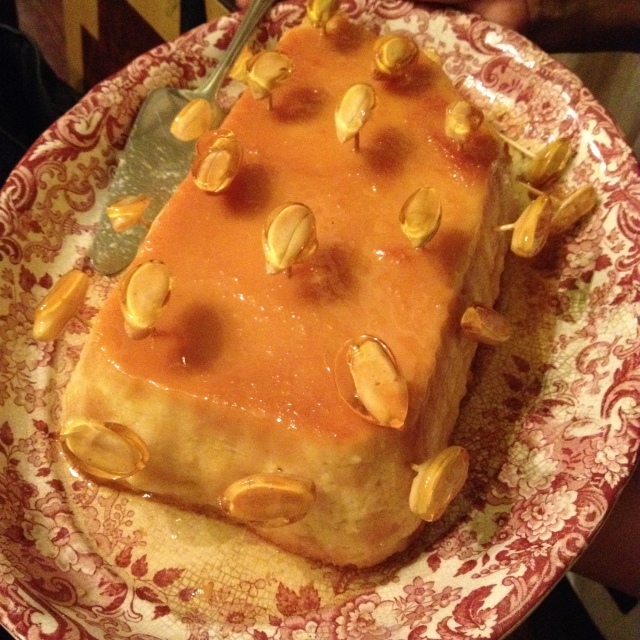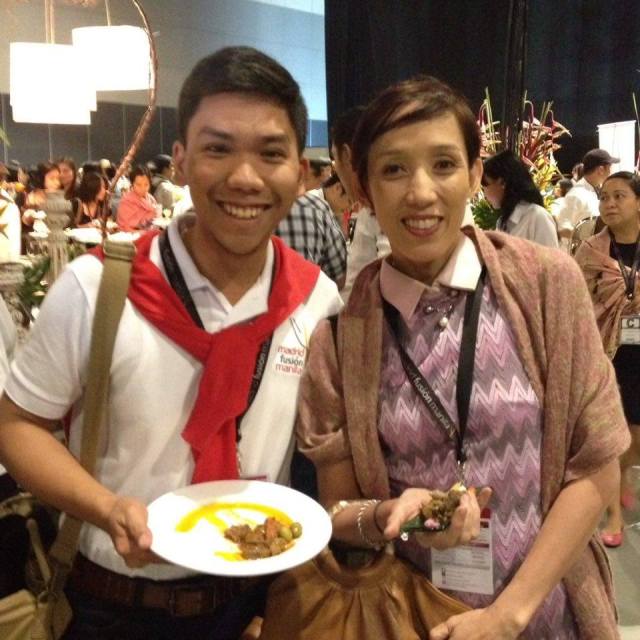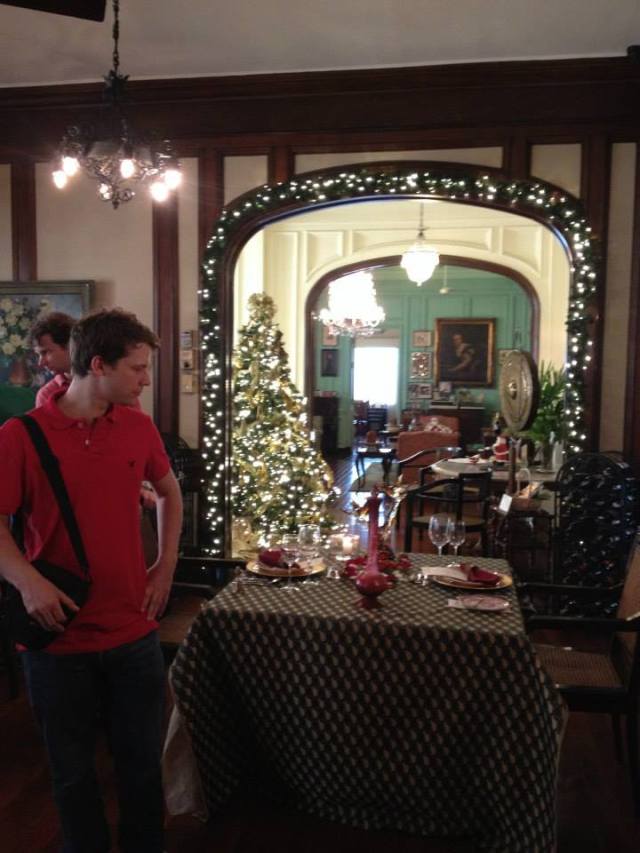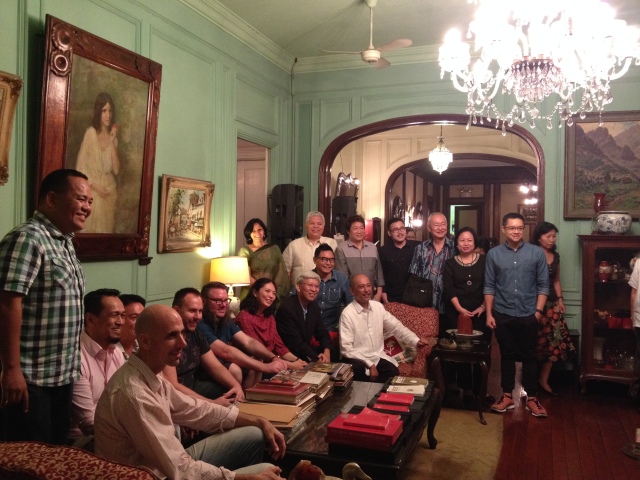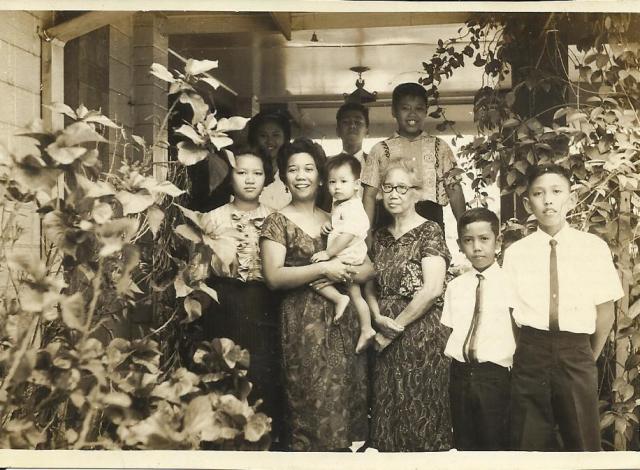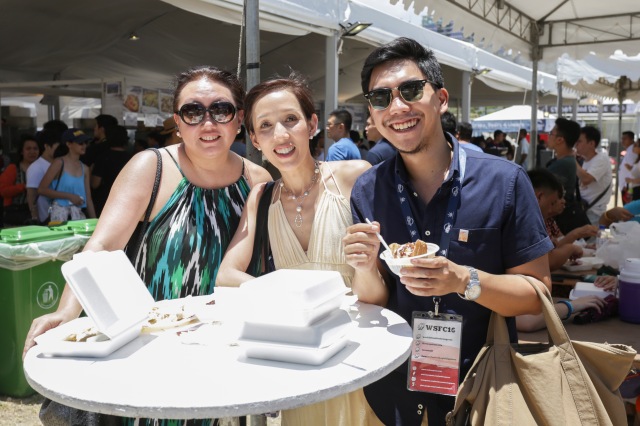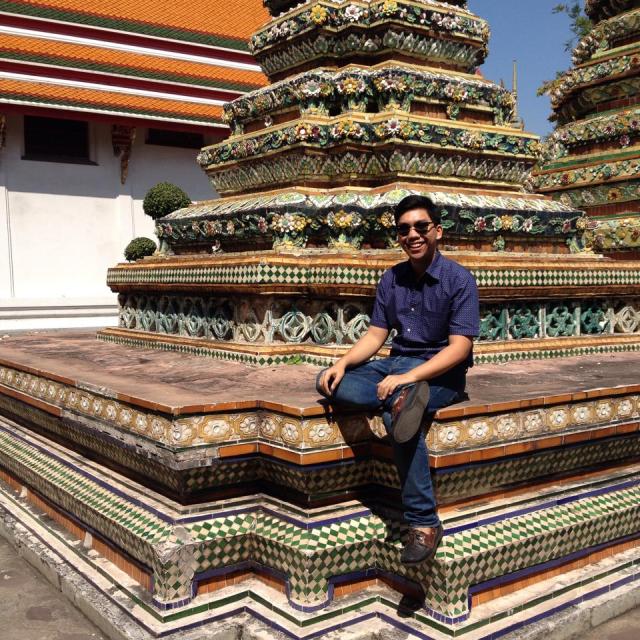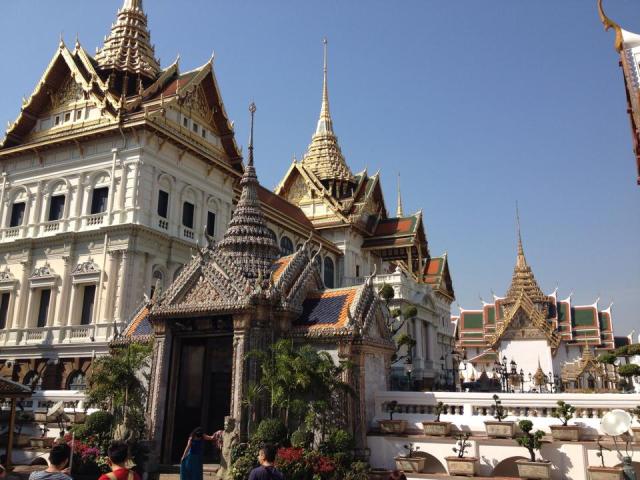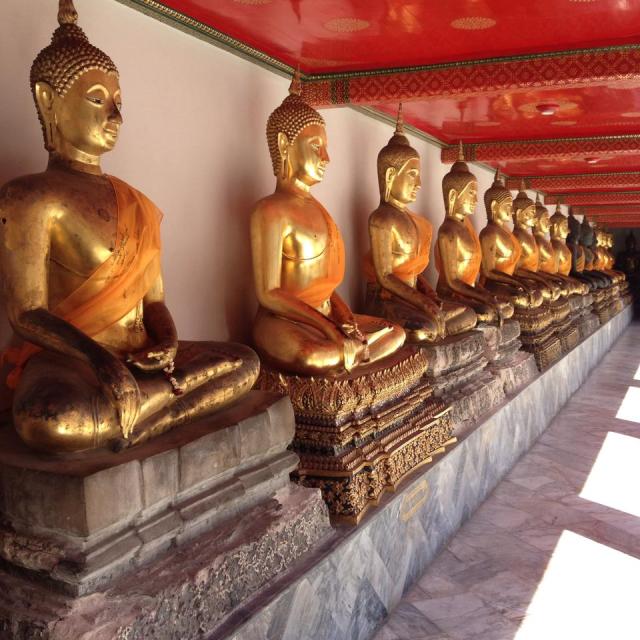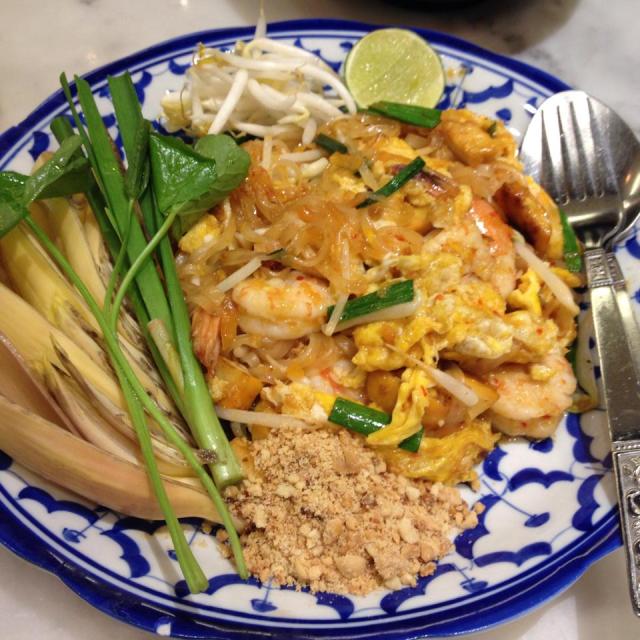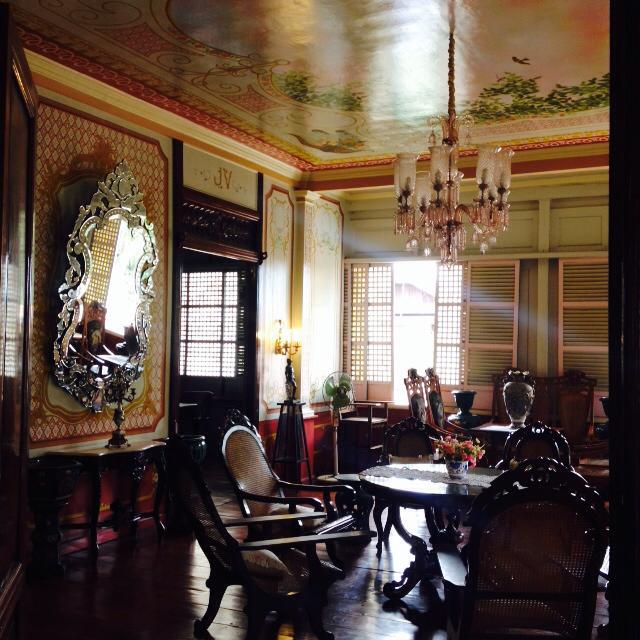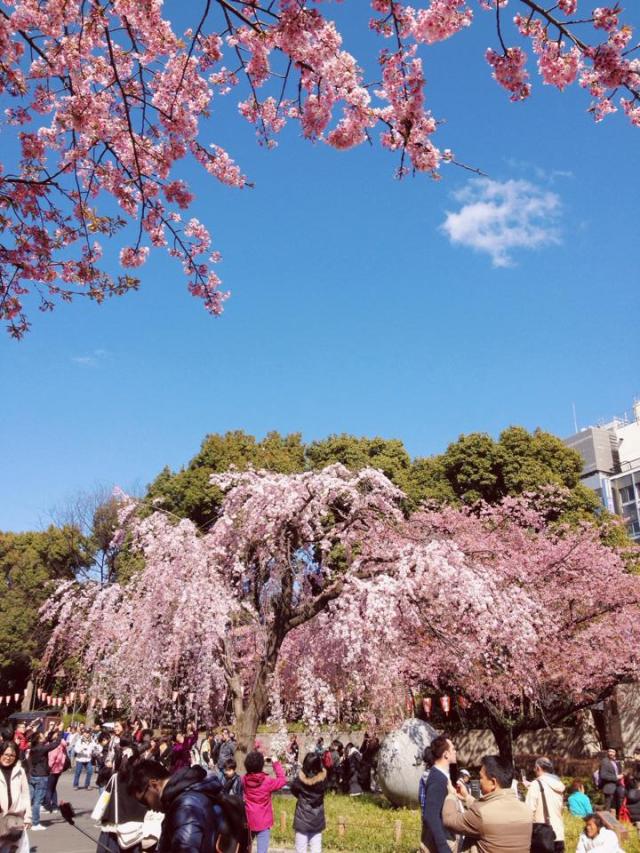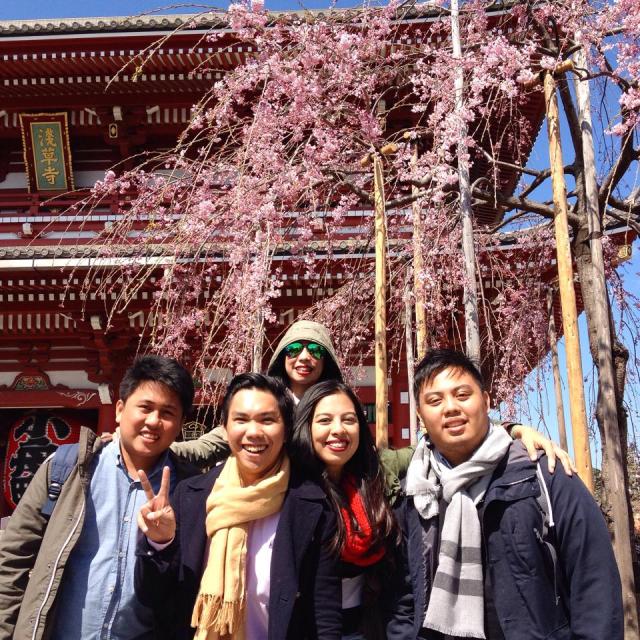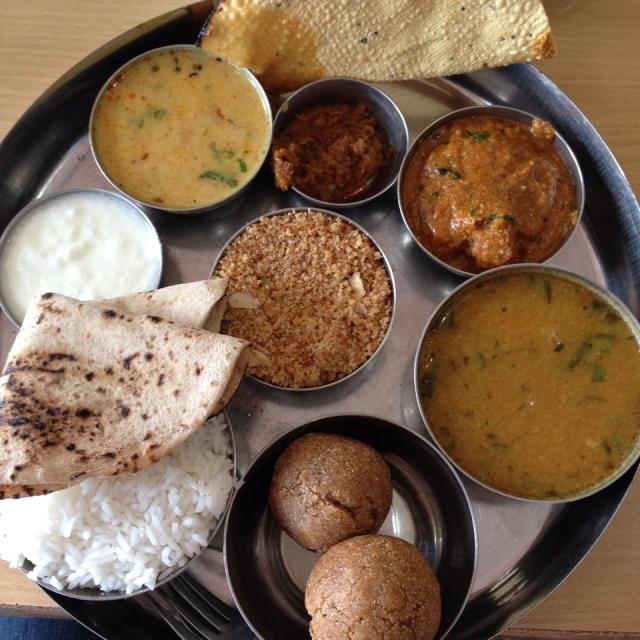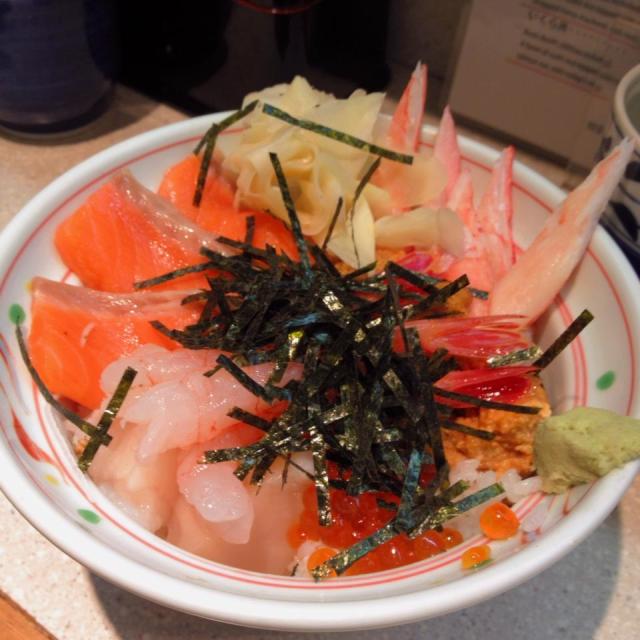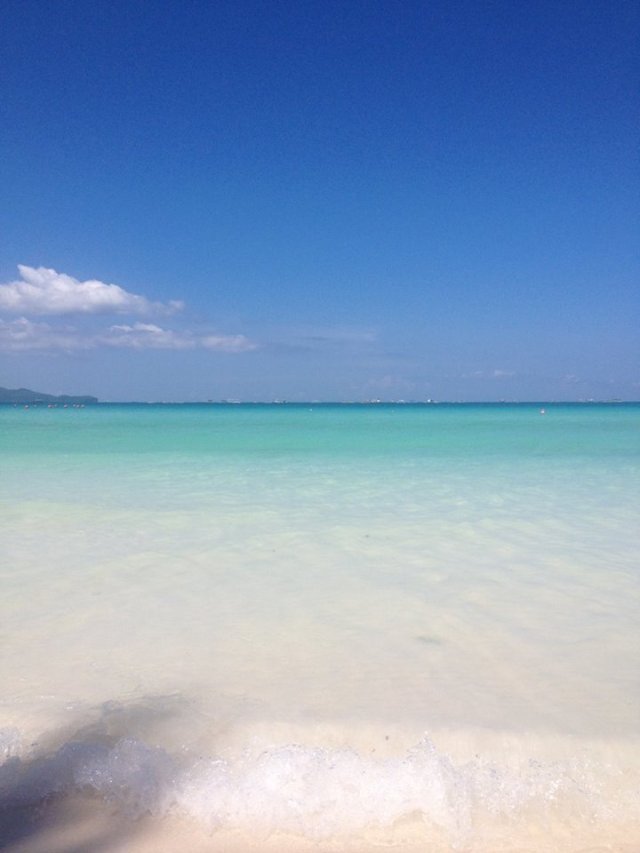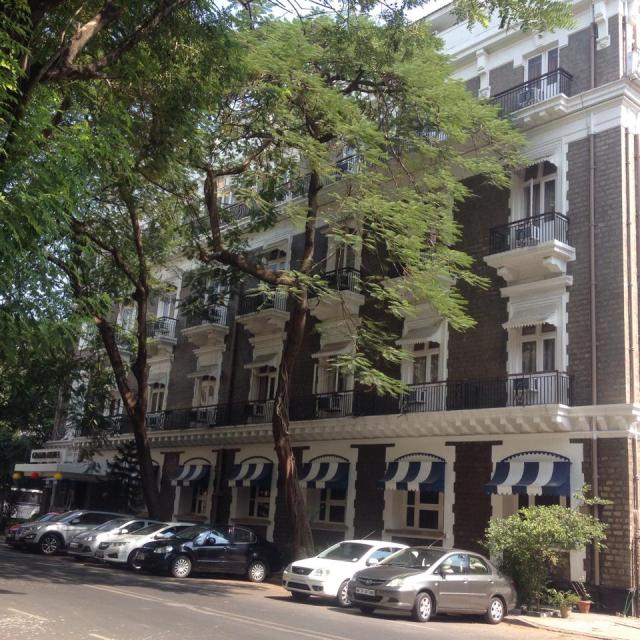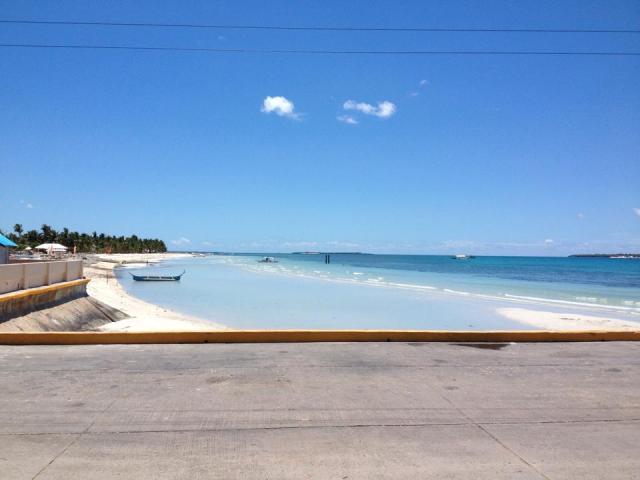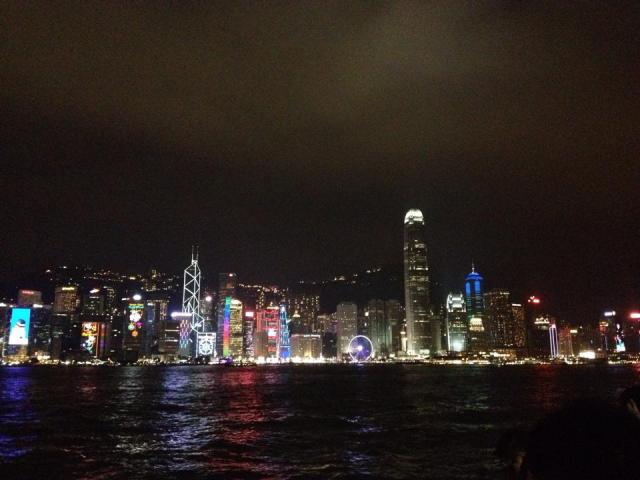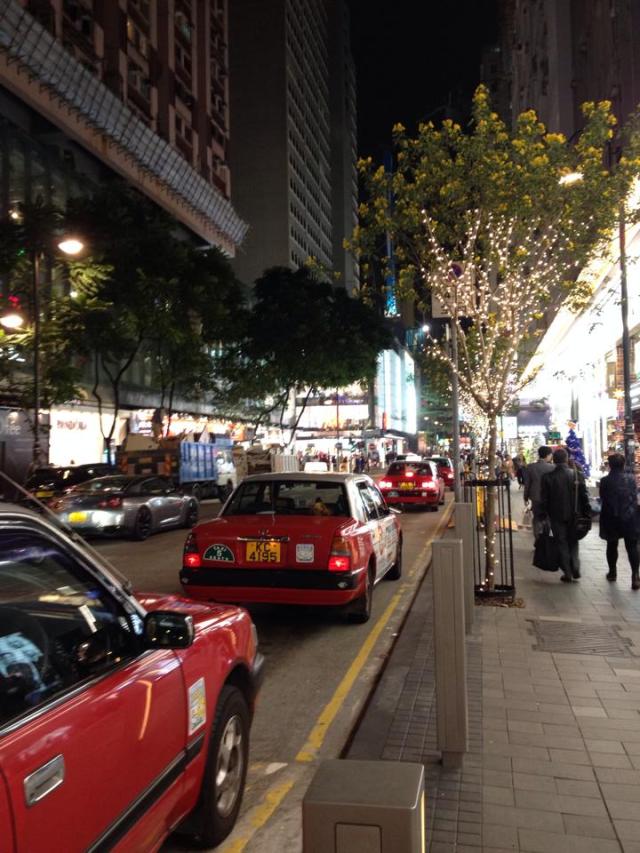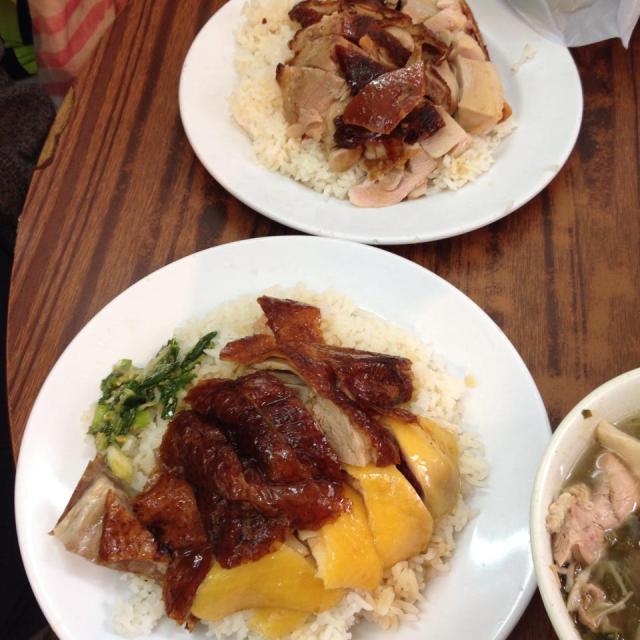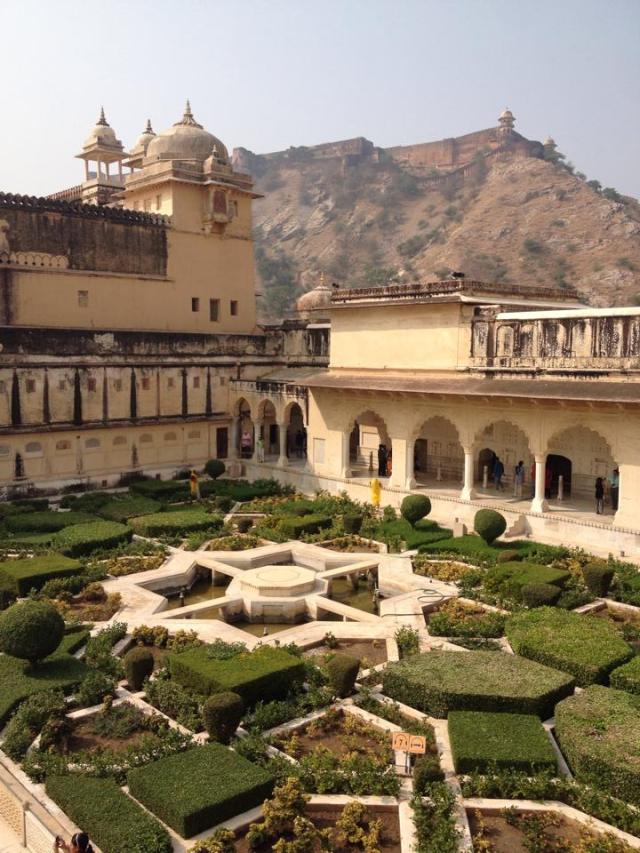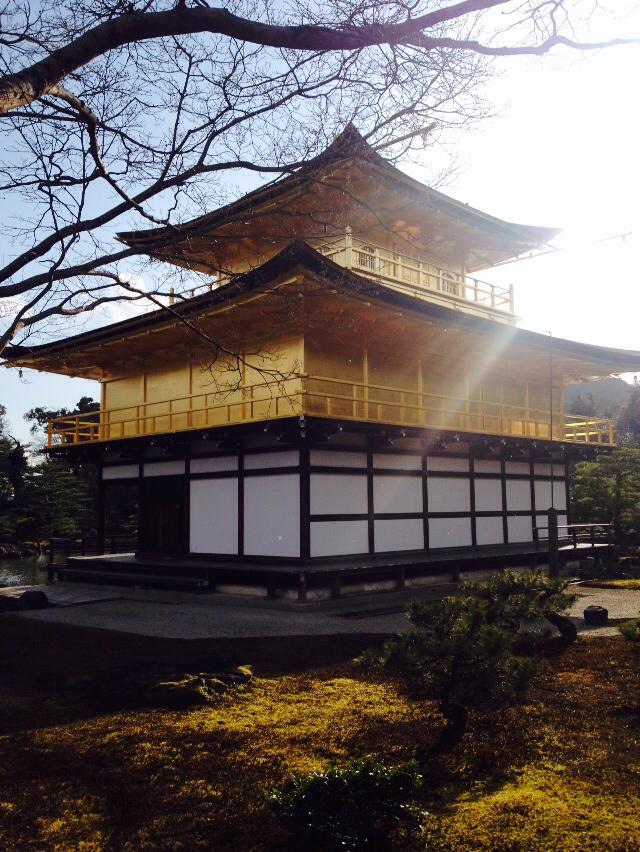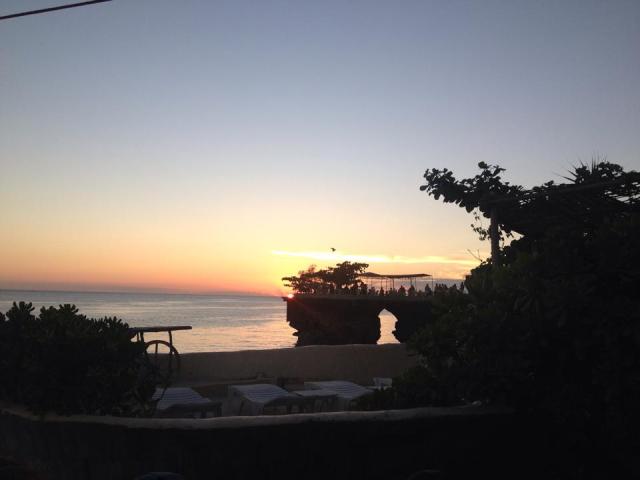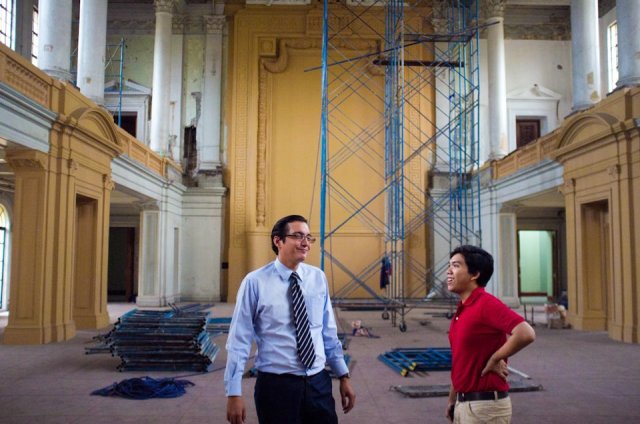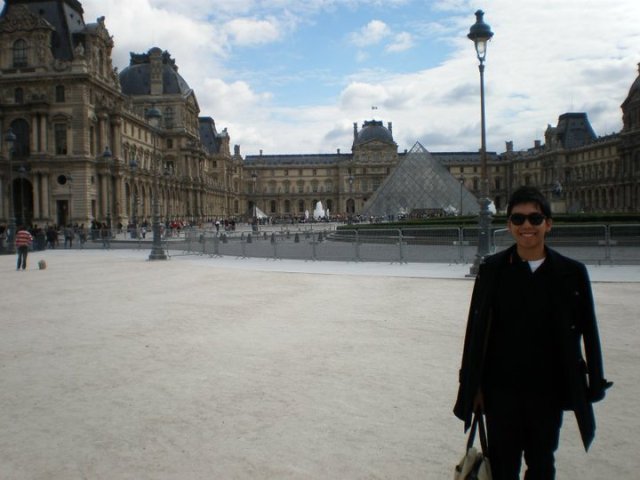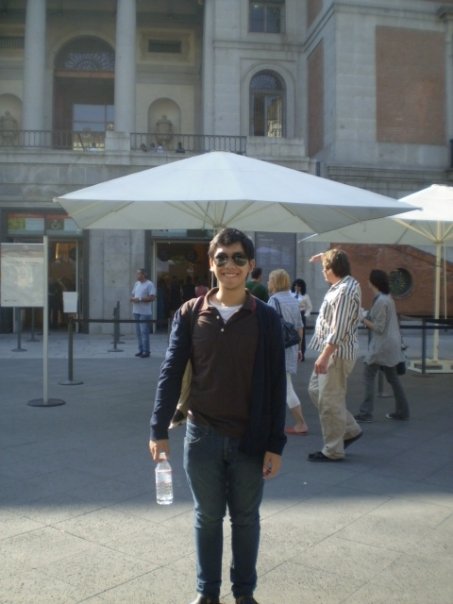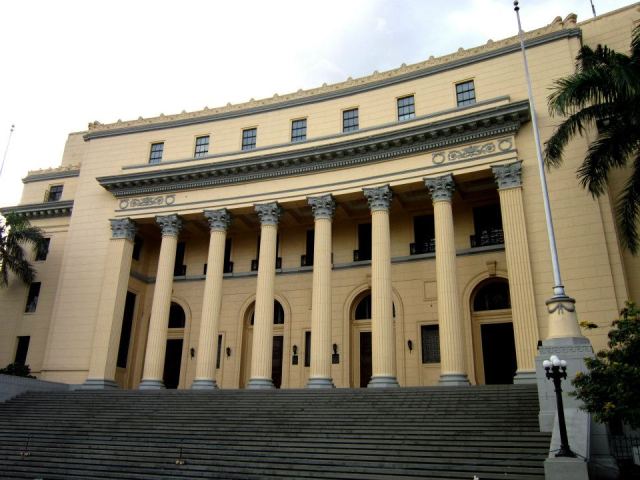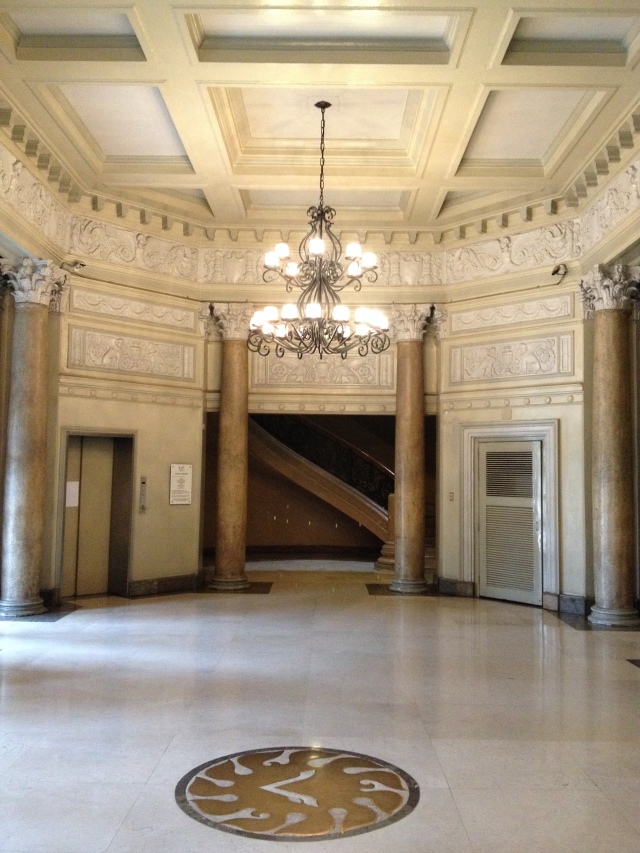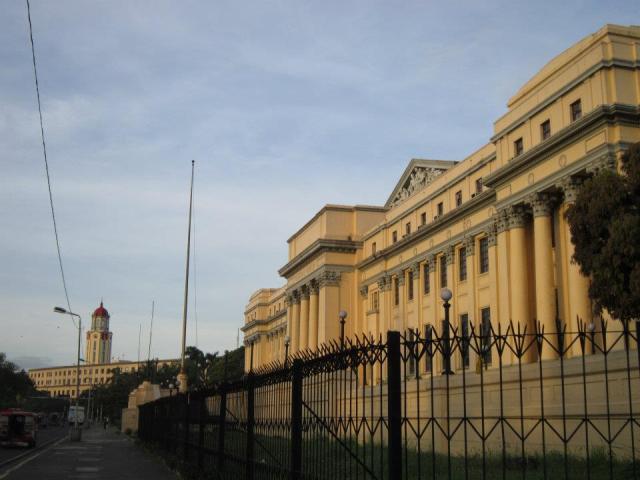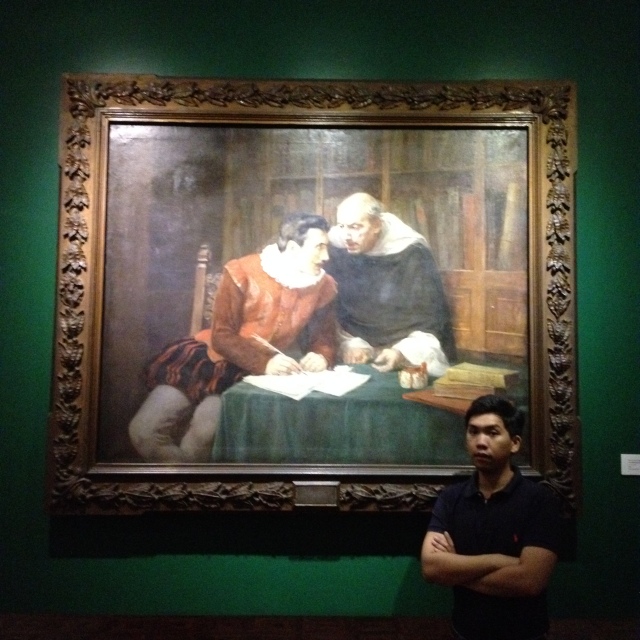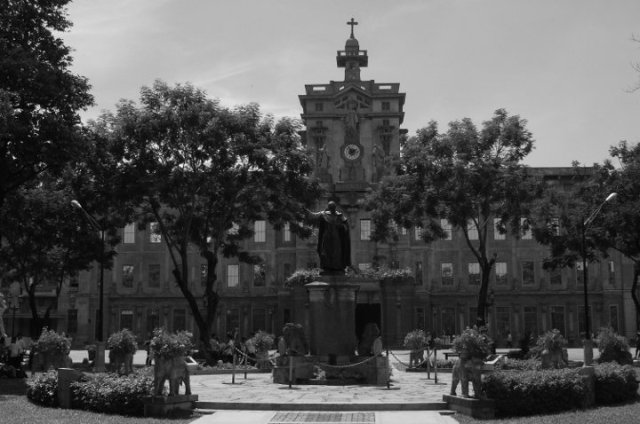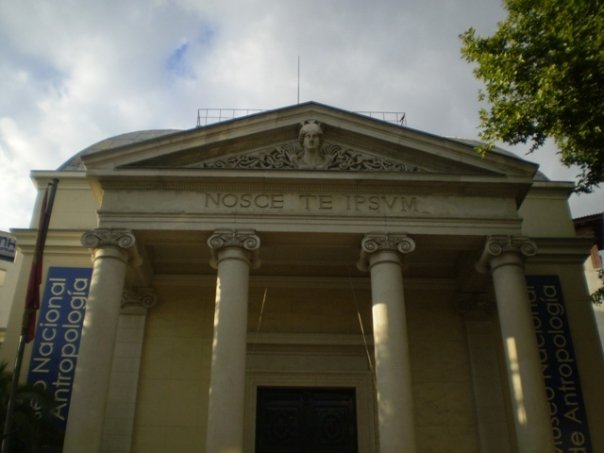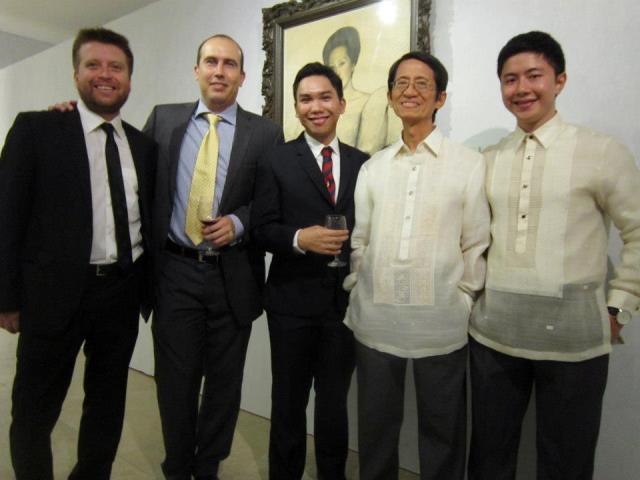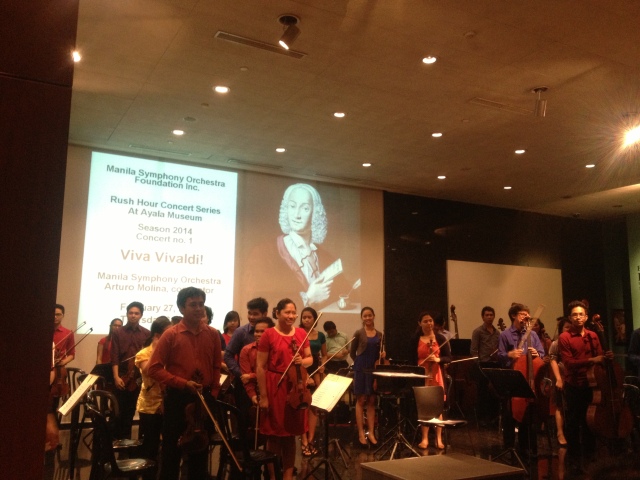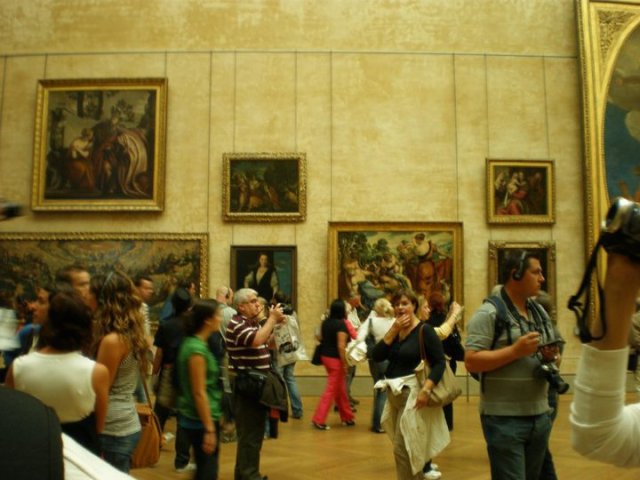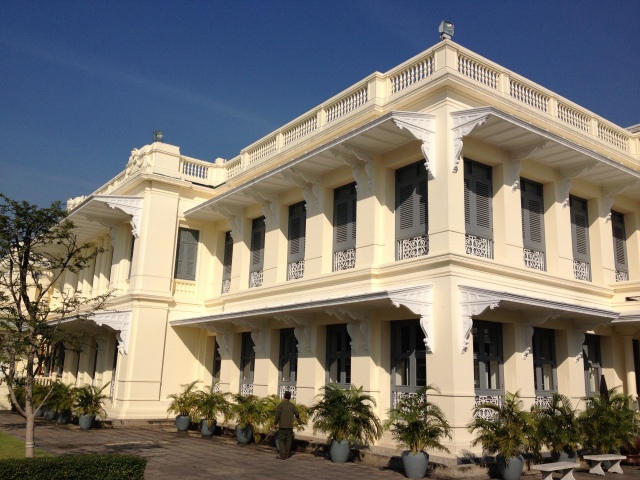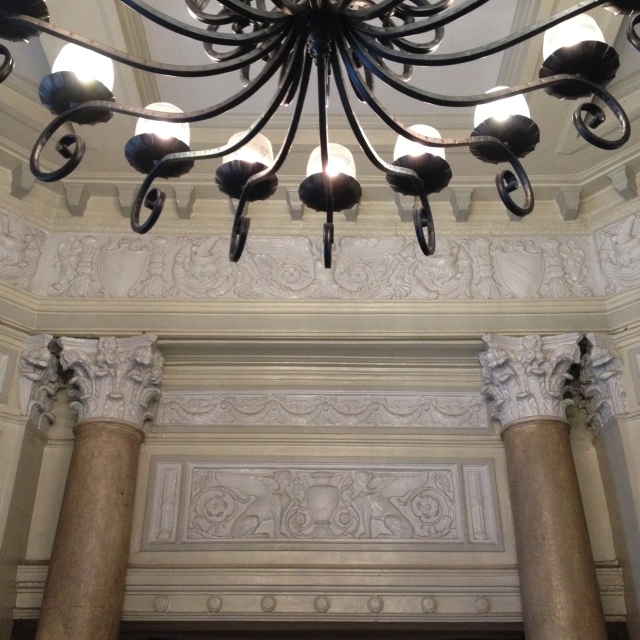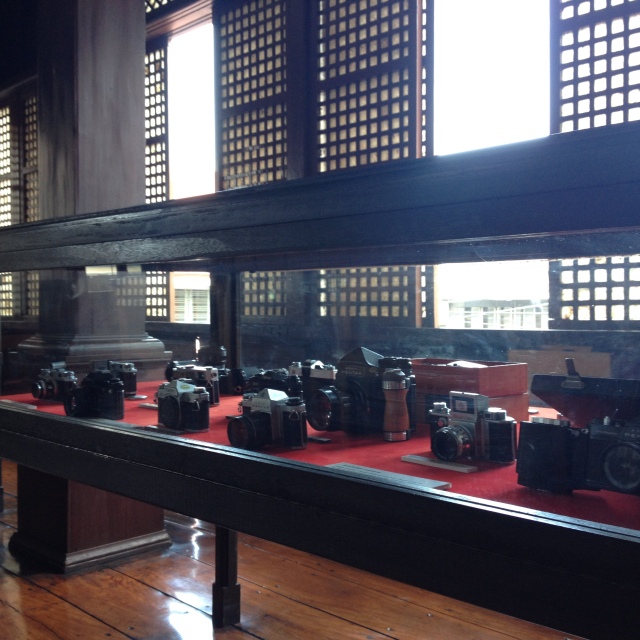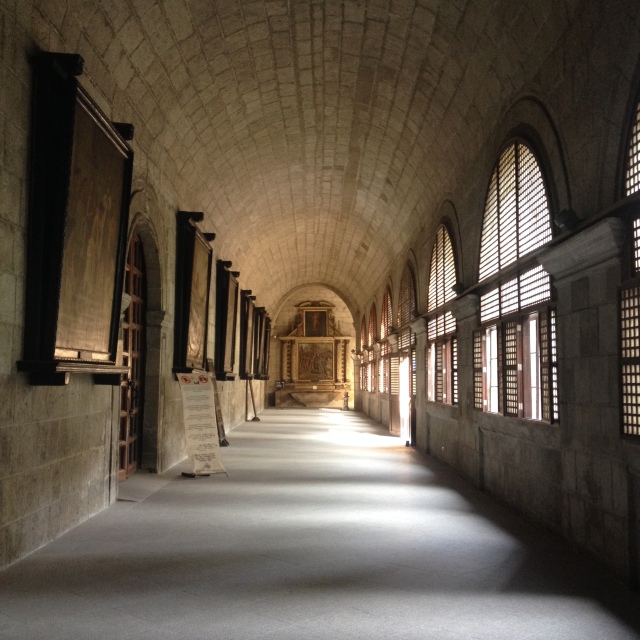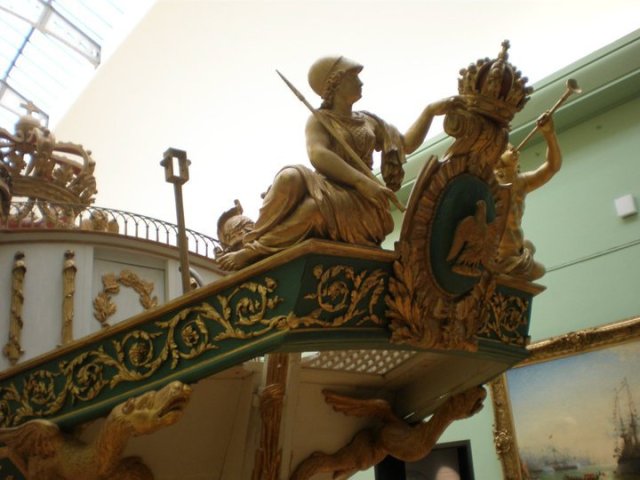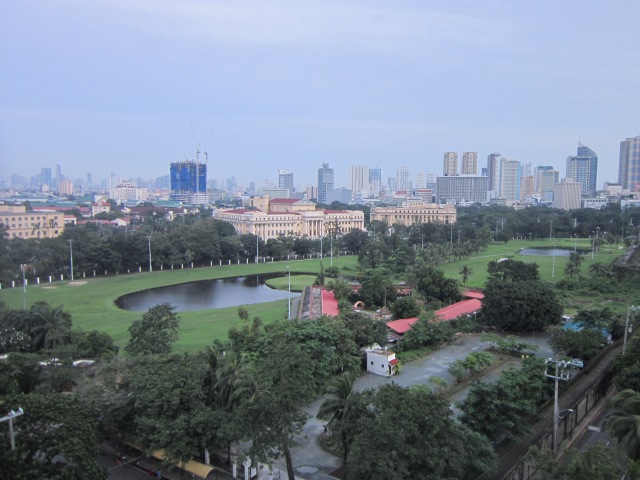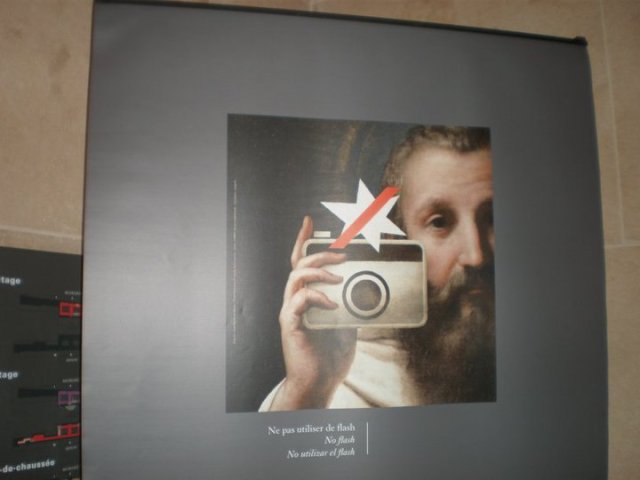
Last April, one of my closest friends in my undergraduate block, Nicole, was married in her family’s picturesque farm in Silay, Negros to her handsome architect boyfriend Dos.
Nicole became a close friend in college for reasons only fate can tell. We had a small group composed namely of myself, Marla, Camz and Nicole and we shared endless hours either in class or hanging out. Added to our group were their other close friends with whom they traveled with when they went to Spain for an international language program.
Back in college too, Nicole and I would often go home together after late night classes, hitching with Goots who lived in New Manila (Nic lives in Greenhills while I live in Cubao). Then in 2015, Nicole, Dos and I joined a hiking group to Mt. Pulag, and it was my most unforgettable trip with them.
Thus, when I received an invitation to Nicole and Dos’ wedding in Bacolod, without any hesitation, I said “si!”
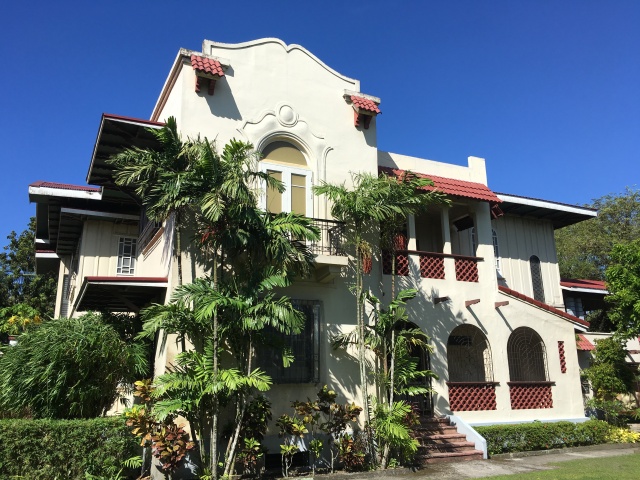
The facade of the beautiful German Locsin Unson Heritage House
Home away from home: The German Locsin Unson Heritage House
Upon the suggestion of Marla, we booked all of the rooms of Negros’ first bed and breakfast in an ancestral home – the German Locsin Unson Heritage House. It was a fantastic choice as we felt we were ensconced in the world of sugar barons and vivacious old Bacolod. But more than anything, it was the right choice because we felt genuinely home.
Managed by the heirs of the house, the entire property reeks of authenticity and sincere hospitality. If one is looking for the famous brand of Negrense warmth, this is the best option. Even before coming to the house, Mr. Rolin (who unfortunately passed away just last May) and eventually, Ms. Chell (who is related [I think she’s a great granddaughter] to German Unson Locsin), took note of our questions and needs.
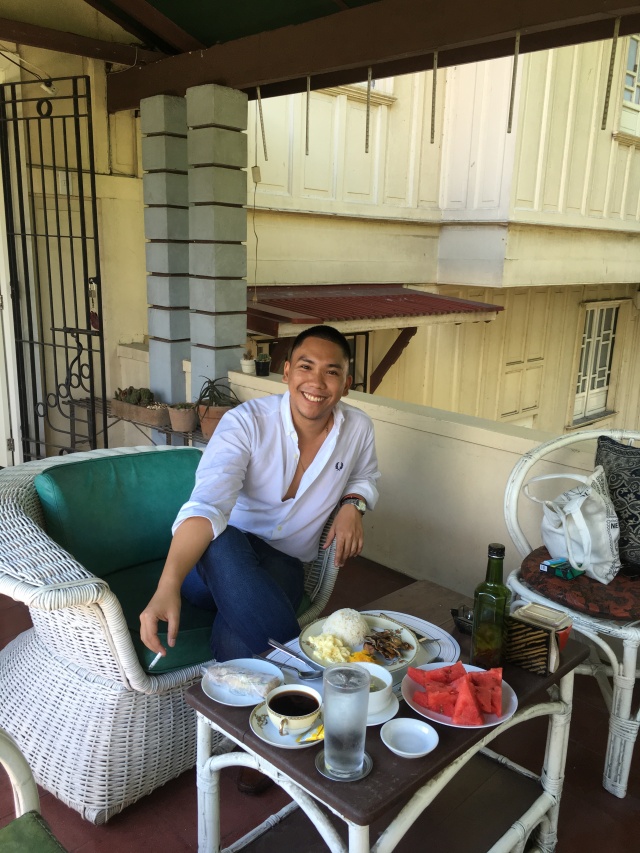
Upon arriving, the author enjoys a hearty and authentic Negrense breakfast.
Ms. Chell, was in fact, absolutely hands-on and wonderful. When we first spoke over Facebook messenger, she was very patient with my numerous questions and she also helped me know the best deals in terms of pasalubongs (souvenirs). These included the famous lumpia and pili tarts from Emma Lacson, which my family loves.
Upon arriving, Ms. Chell was there to personally welcome us and give us a tour of the art deco jewel situated in an inner street of Silay but just a block away from the cathedral and town plaza.
More on the German Locsin Unson Heritage House in a different entry.
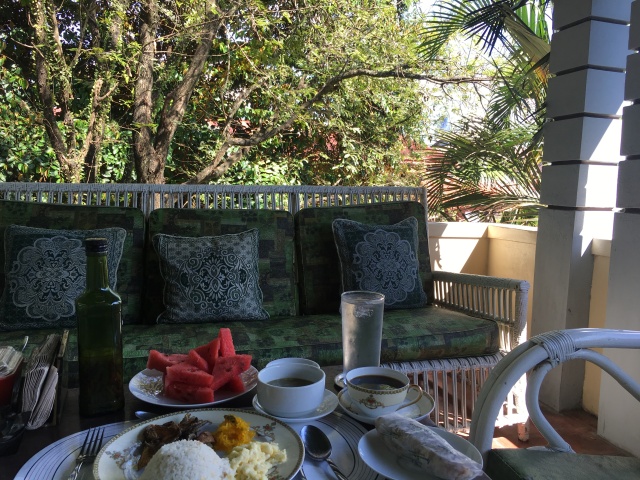
Food and Heritage: Inherently Bacolod
We took a 7:00 AM flight to Bacolod (no delays, what a miracle Cebu Pacific!) and after settling in, I had a heavy breakfast of danggit (dried fish) paired with piquant sinamak, fried garlic rice, bansu-uy (pork broth), Emma Lacson’s fresh lumpia, heaps of fresh watermelon and a cup of local coffee at the German Locsin Unson house’s cactus balcony while my friends had morning siestas.
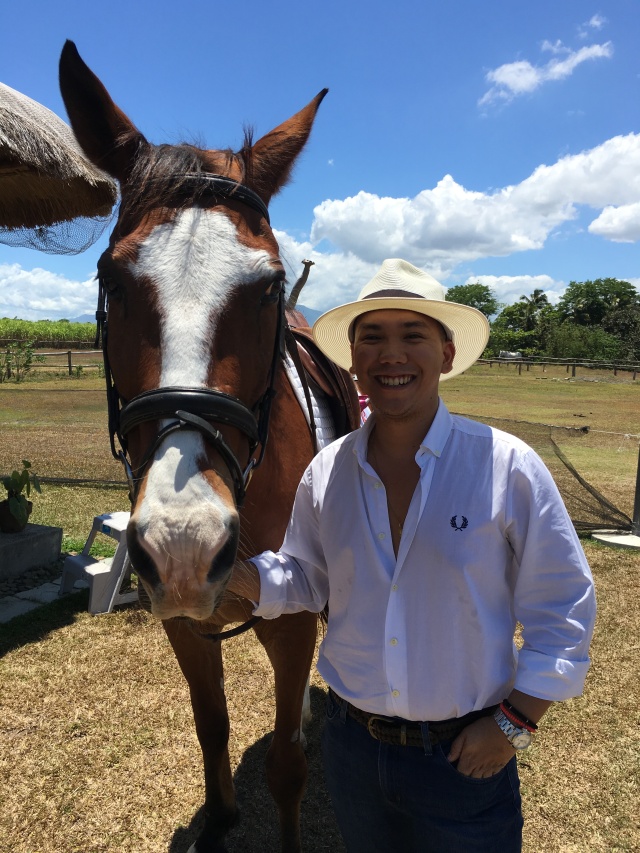
On my part, I began my jam-packed day by riding at the Happy Horse Farms Equestrian Center. Owned by Jet and Antoinette Lacson, the riding center allows rides around a shaded farm as well as around the expansive farm trails. My horse Dullgan was a lovely fellow, and it was a pleasure riding him.
After my ride, I took a quick siesta and then we began an afternoon of eating, touring and learning.

Happy Horse Farms Equestrian Center, Talisay, Bacolod:
Negros is a province of immense cultural wealth and the people embody this because they have pride of place. They speak their language in their romantic, sing-song accent, cook with local ingredients such as batwan and promote their historical and natural sites with much gusto.
Our first stop for our food-culture trip was Sharyn’s Cansi House, a Bacolod institution that serves bowls of piping hot cansi, Negrenses’ version of bulalo (beef shank and marrow) but soured by batwan which grows endemically in the island province.
Sharyn’s Cansi House: C-58 Capitol Shopping Center, Narra Avenue, Bacolod, Negros Occidental
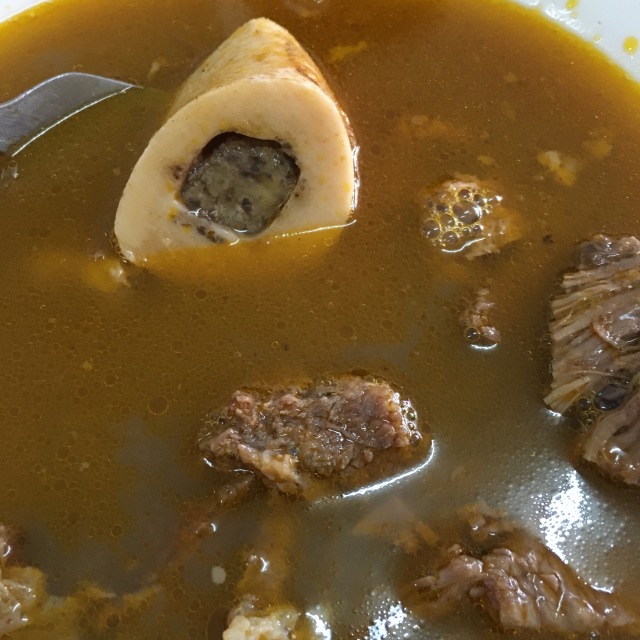
After slurping bowls of steaming cansi caldo and indulging in the tender, milky chunks of beef and marrow, we headed for heavier fare at Aboy’s Restaurant.
There, we feasted on servings of grilled blue marlin fillet with a butter, garlic and soy sauce marinade, terribly tender and milky, lechong paksiw, grilled scallops as well as homemade cookies. Most of us skipped rice but with my voracious appetite, I had to have a cup!
Aboy’s Restaurant: Singcang, Liroville Subdivision, Bacolod, Negros Occidental
It was time for us to get moving as we made our way back to Silay for our share of heritage and history.

The foyer/parlor of the Balay Negrense
First stop, predictably, was the Balay Negrense or the Victor Fernandez Gaston Ancestral House. The father of Victor Gaston, Yves Leopold Germain Gaston, is credited as the pioneer of the sugarcane industry in the region. Negros will eventually become the powerhouse producer of sugar of the world only for it to meet a sad decline due in part to the haciendero families’ lack of innovation and squander.
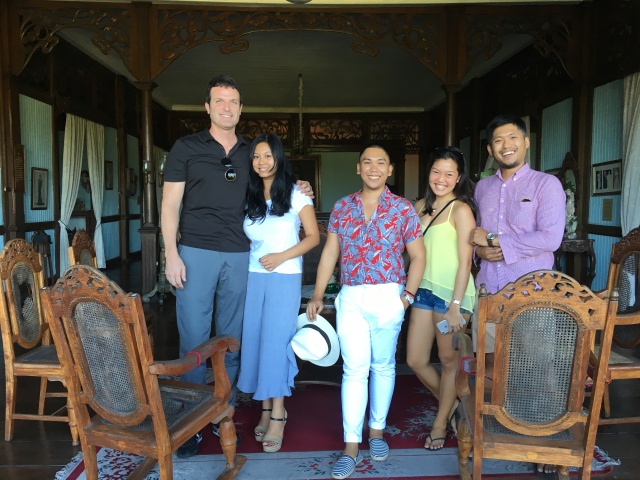
Built in 1897, the current house is almost a 1970s reconstruction when one of the heirs decided to reuse it as a museum displaying Negrense and Philippine heritage. The amazing wooden floor plants, airy windows and period furnishings make this a nice stop for any visit to Bacolod.
In fact, Balay Negrense is just among the several grand houses and mansions that dot Silay, making it a heritage city. Indeed, Silay relishes in its appellation as the “Paris of Negros” because of the varied art styles that characterize its streetscapes: from art deco and bahay na bato residences to its neo-Romanesque pro-cathedral among others as well as art galleries and musical events.
Silay has more than thirty houses that are recognized by the National Historical Commission of the Philippines as heritage properties.
Balay Negrense, Cinco De Noviembre Street, Silay City, Negros Occidental
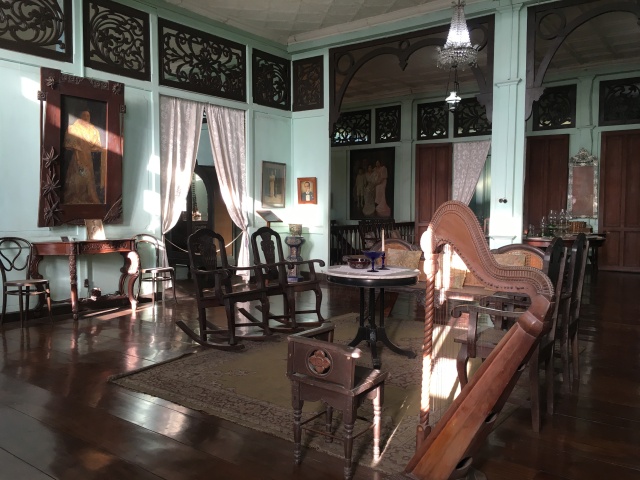
After Balay Negrense, we went to another house, the Don Bernardino Jalandoni House, which is nicknamed the Pink House because of its rose-colored exterior. Apart from the almost predictable ensemble of period furnishings, what is striking with this house is its ceiling made of embossed steel which is from Hamburg, Germany.The house is located along the main highway that cuts through Negros Occidental and is very near the public market.

Don Bernardino Jalandoni House, Rizal St, Lungsod ng Silay, Negros Occidental
Finally, our heritage sojourn ends in the iconic Braga – Lacson property aptly called “The Ruins”. What remains of a manse built as an Italian villa is now a concrete skeleton. It is an amazing reminder of the former opulence of the province known for its affluent families known for their vast tracks of land, flamboyant lifestyles and (in)famous intermarriages.
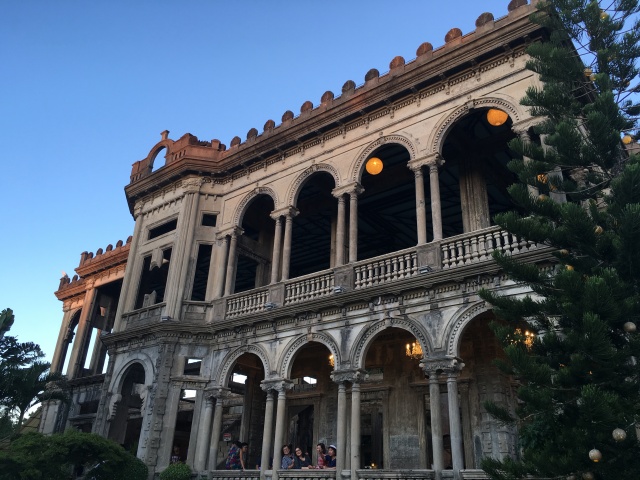
Nicknamed the “Taj Mahal of Negros” and “Taj Mahal of the Philippines”, The Ruins is a gift of love of Don Mariano Ledesma Lacson to Maria Osorio Rosa-Braga.
We arrived at the entrance when the sun was still up but because of the inefficient queues and personnel, the sun had already set when we got to enter the premises. The entrance features a stinking washroom thus the small shack-like affair reeks of urine.
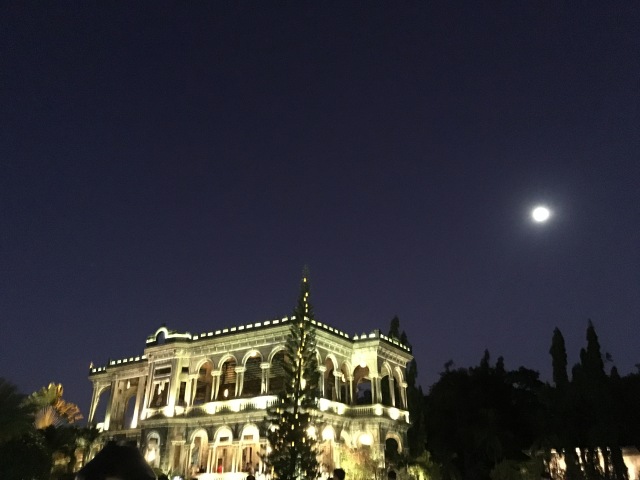
Fortunately, The Ruins is still an edifice that beholds. Beautifully lit at night, we enjoyed a magnificent view from the poorly-staffed café across the lawn. Built in the early 1900s, the stately house stood in a 440-hectare property before it was burned by the owners themselves so that the invading Japanese Imperial Army won’t be able to use it to their benefit during the 2nd World War.
The Ruins, Talisay City, Negros Occidental
For dinner, it was a no-brainer: pala-pala!
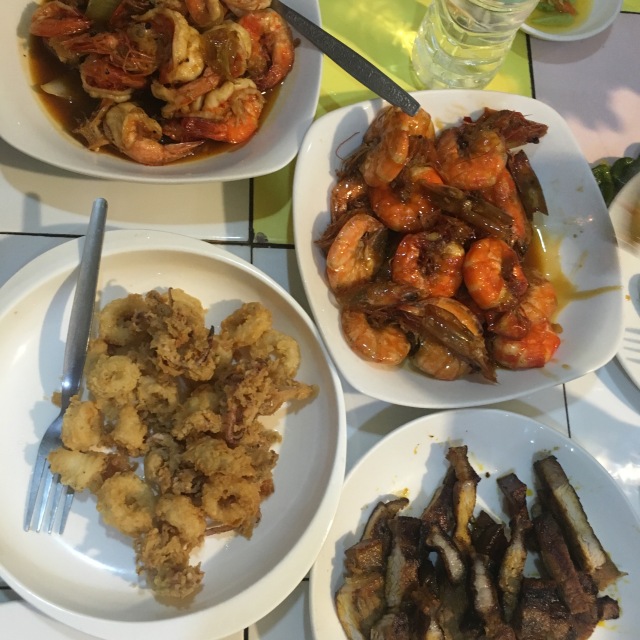
Pala-pala is Bacolod’s version of the dampa, a dining experience of shopping for your own raw ingredients and choosing a restaurant that will prepare dishes according to your liking.
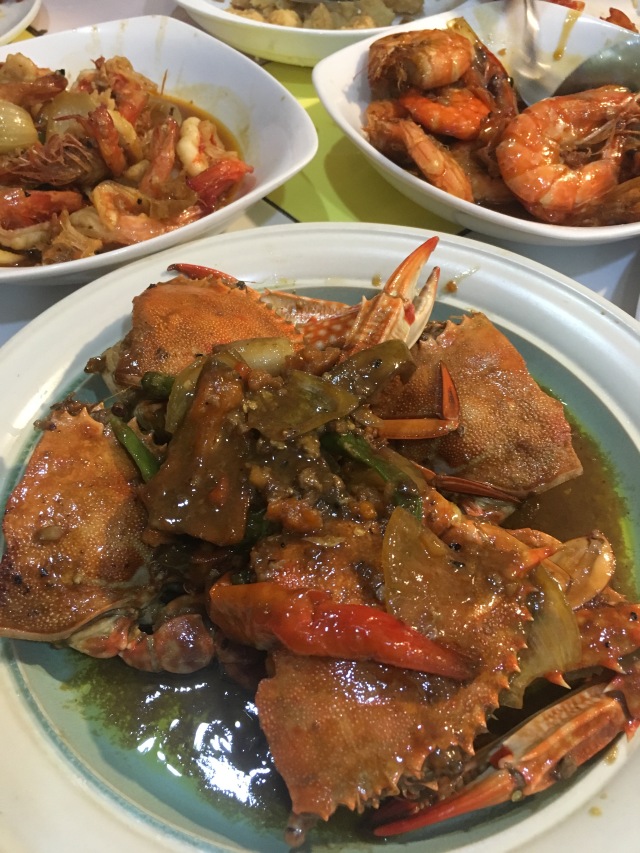
Thus, we ordered pork belly, shrimps, crabs and blue marlin and had these cooked in butter, grilled or with chilies. It was a belly-bursting dinner and what was nice was that our friends’ 6-year-old son Mateo was with us.
Alas, what is a food trip in the land of sugar without dessert? Our long day ended on a sweet note by having signature cakes at Calea, that fabled Lacson street pastry shop known for its reasonably-priced, heavenly confections.

Old Pala pala, Reclamation Area, Barangay 10, Bacolod, Negros Occidental
Calea, L. Sea Bldg. 14th St. corner Lacson St., Bacolod, Negros Occidental
D-Day: Manalo – Ledesma Nuptials
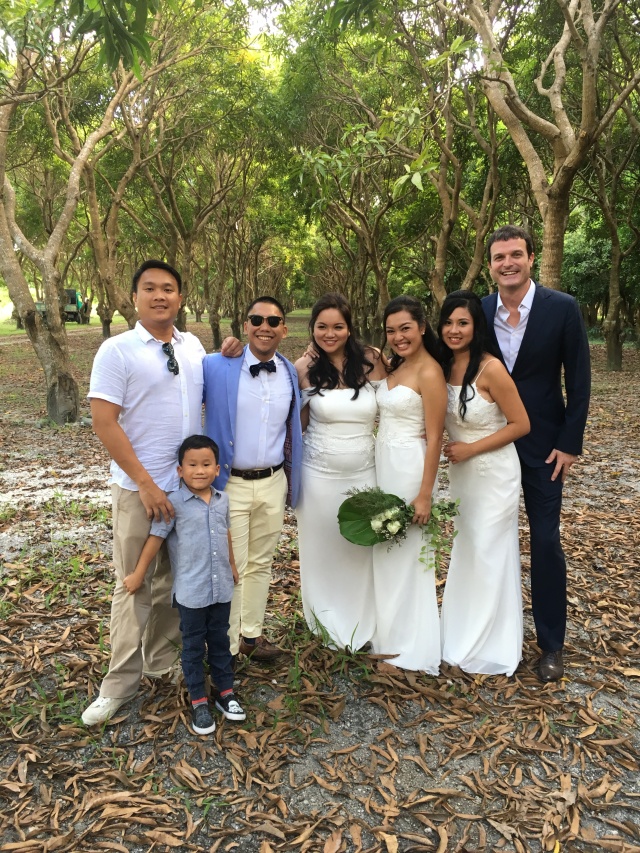
On our second day, the ladies left our place for an early morning preparation of hair and make-up. Their early call-time also included their extensive photo shoot. For us left at the house, we took time to walk-around Silay and have mid-morning drinks before taking a noon-time siesta. By 2:00 PM, we were fetched by the van provided by the couple, and whisked away to Hacienda Tinihaban.
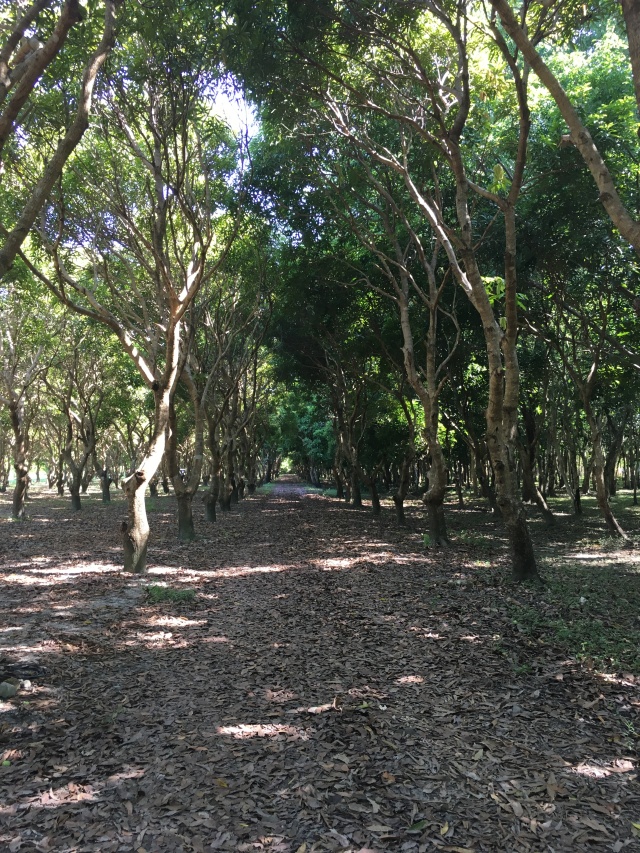
The wedding began promptly at 3:00 PM at the young mango grove on the property. It was a brief Christian wedding characterized by a crisp sermon and exchange of vows.
Afterwards, guests walked to the reception venue at Punong Gary’s Place, also within the estate.

More on Punong Gary’s Place in another post.
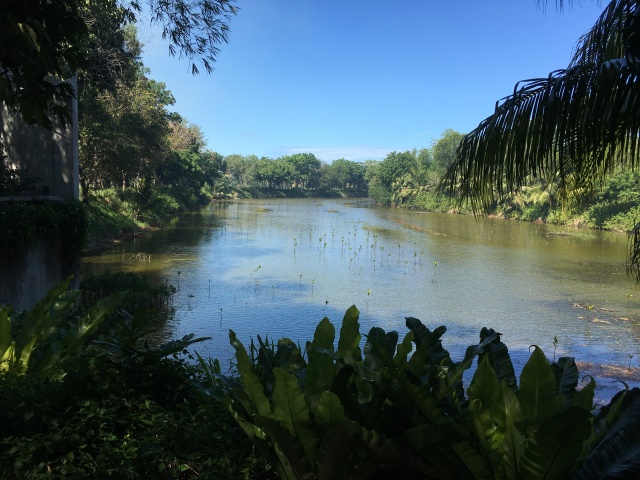
The sublime view as we crossed from the mango grove to Punong Gary’s Place for the reception.
Upon entering the area, guests were already offered pica-pica of delicious xiao long bao, juices, kinilaw with caviar and of course, Ilonggo-style lumpia that is served cold and almost like a burrito. Also remarkable were the fresh piyayas being made that smelled and tasted divine with the caramelized muscovado sugar.
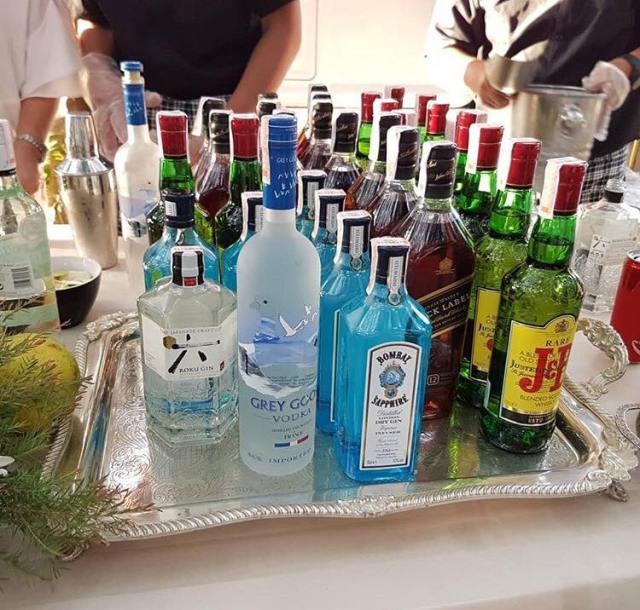
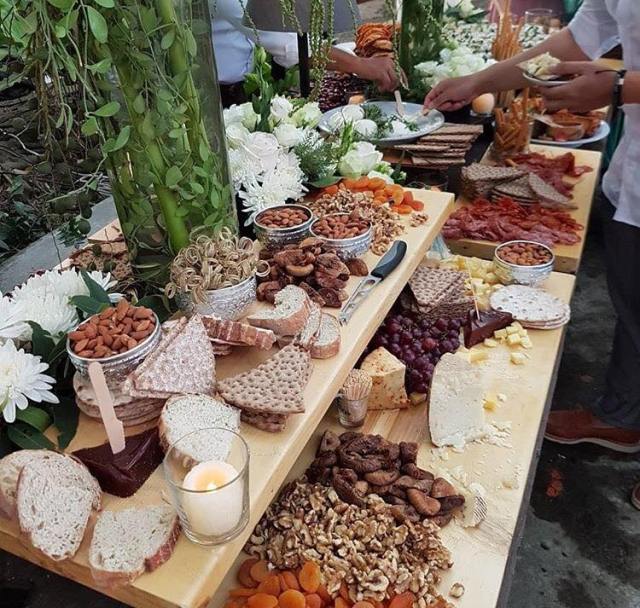
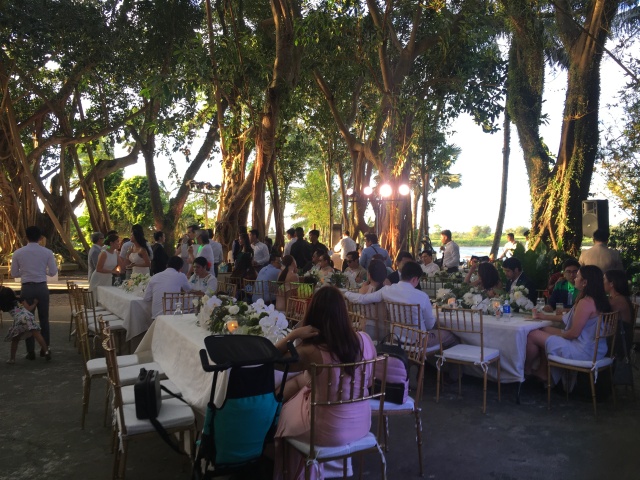
I loved how Nicole and Dos’ wedding reception was terribly relaxed and how the food and drinks flowed copiously. By the time they announced that dinner was served, there were no queues as the guests have already had their fills of bite-sized plates.

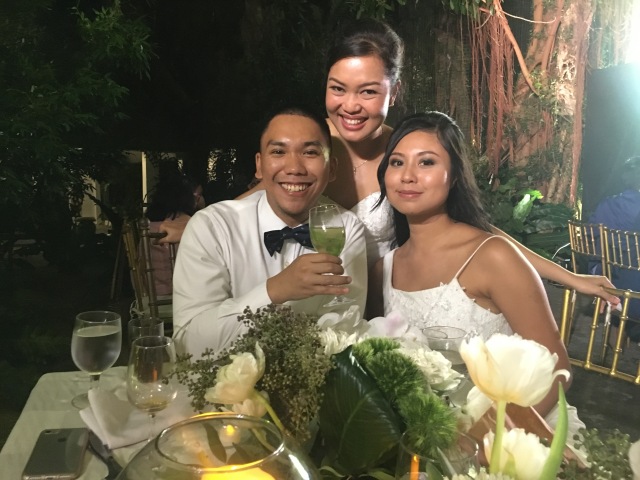
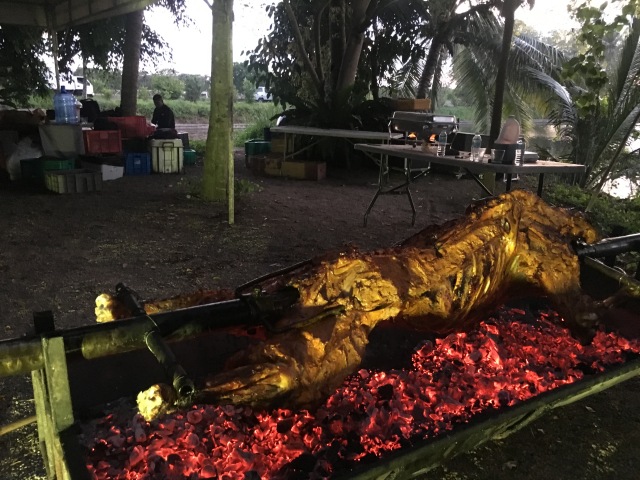
As an al fresco reception held in a family estate, a convivial and relaxed atmosphere permeated throughout the night.
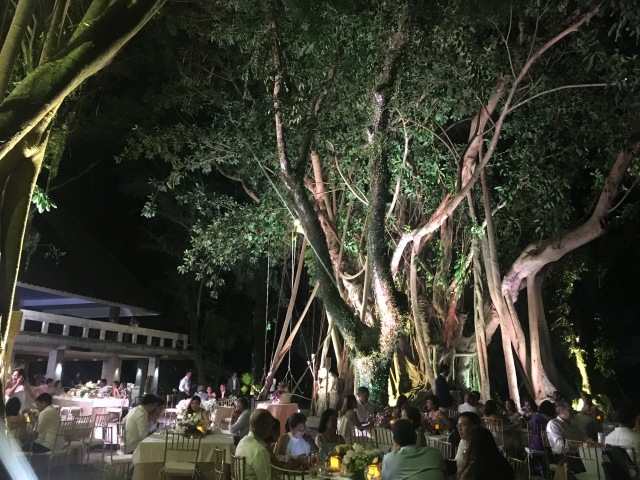
Dinner consisted of traditional Fil-Hispanic dishes such as callos, lengua con champiñon, lechong baka (whole roasted calf) as well as pasta, prawns thermidore etc.

With Tita Lizzie and the bridesmaids
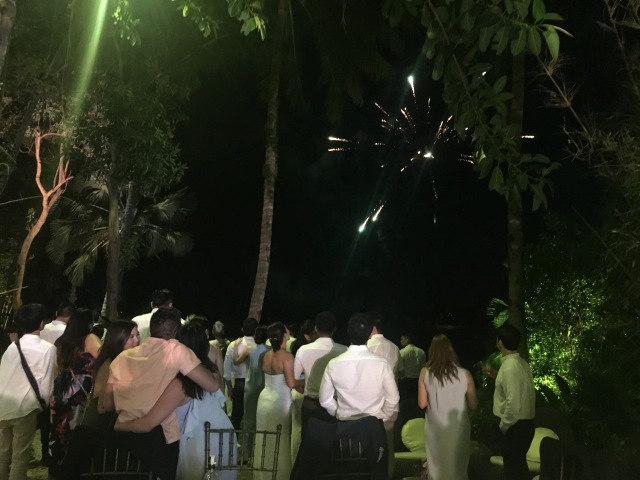
For entertainment, the bride’s mom, Tita Lizzie, surprised the gathering with a fantastic fireworks display over the lake and afterwards, a live Latin drum band (pity I can’t recall the band’s name!) provided incredible music until past midnight.
Inasal Lunch: Post-wedding Treat
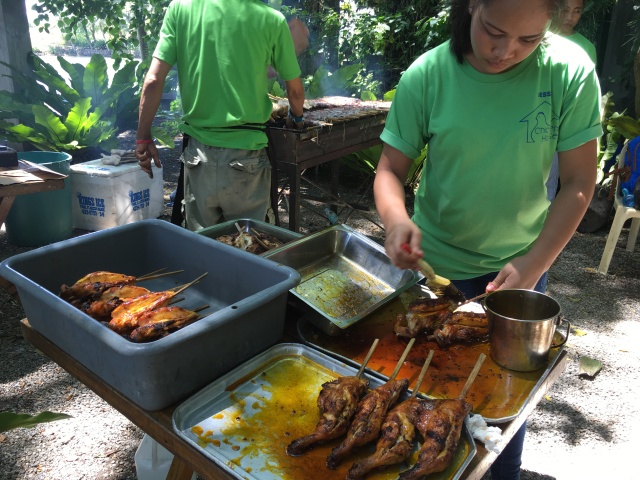
Alas, any trip to Bacolod requires an inasal meal. The best part: Chicken House – arguably the best commercial inasal restaurant – catered at Punong Gary’s Place the day after the wedding. We feasted on almost endless servings of pecho, paa, isol, squid and La Paz batchoy. Chicken House’s garlic fried rice and chicken oil filled the air with the aroma of sugarlandia heaven.
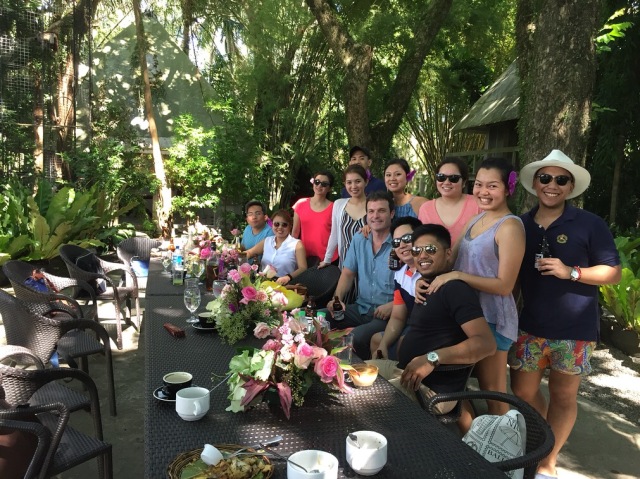
The lunch extended well into late afternoon when we went around the hacienda and swimming in one of the several pools, enjoying the warm weather, cold beer and awesome company.
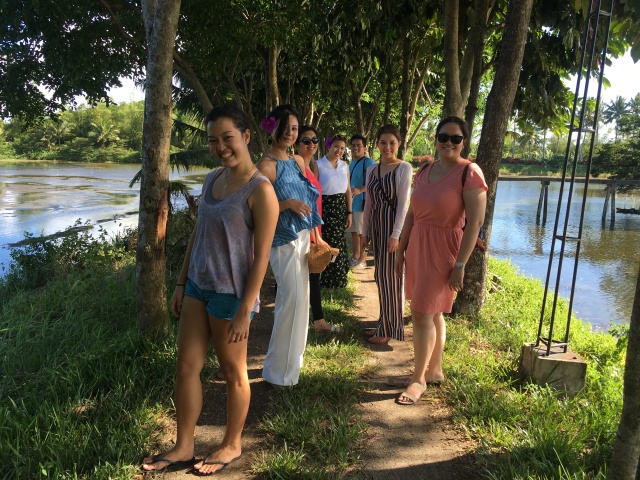
Touring Nicole’s family farm



Enjoying everything that last afternoon in Bacolod: the great weather, the cold water and bottles of beer, and of course, the great company.
Nicole and Dos’ wedding was an unforgettable experience and I only have them, their families and my friends to thank for that perfect weekend in Negros, the land of sugar, smiles and storied history.



